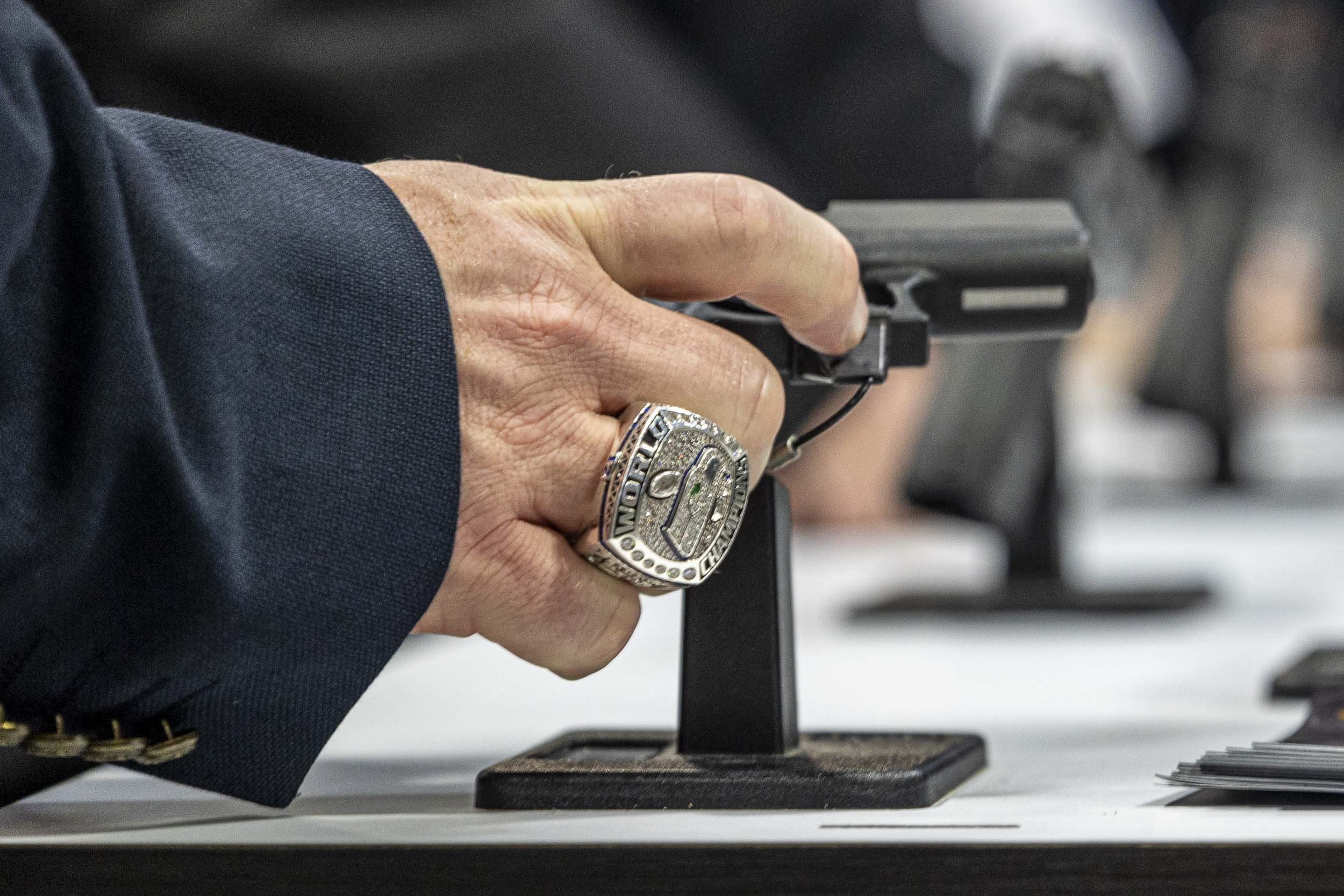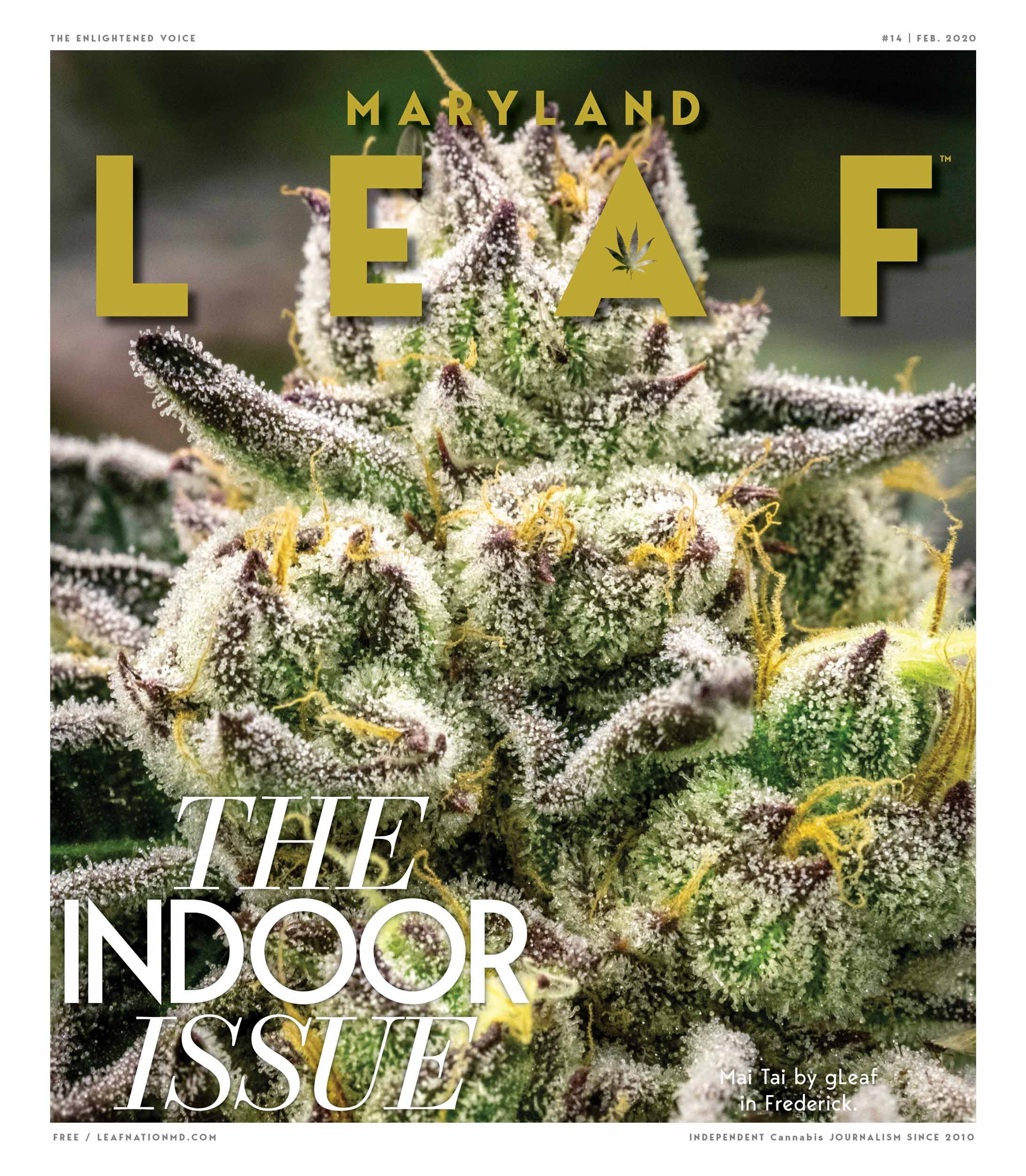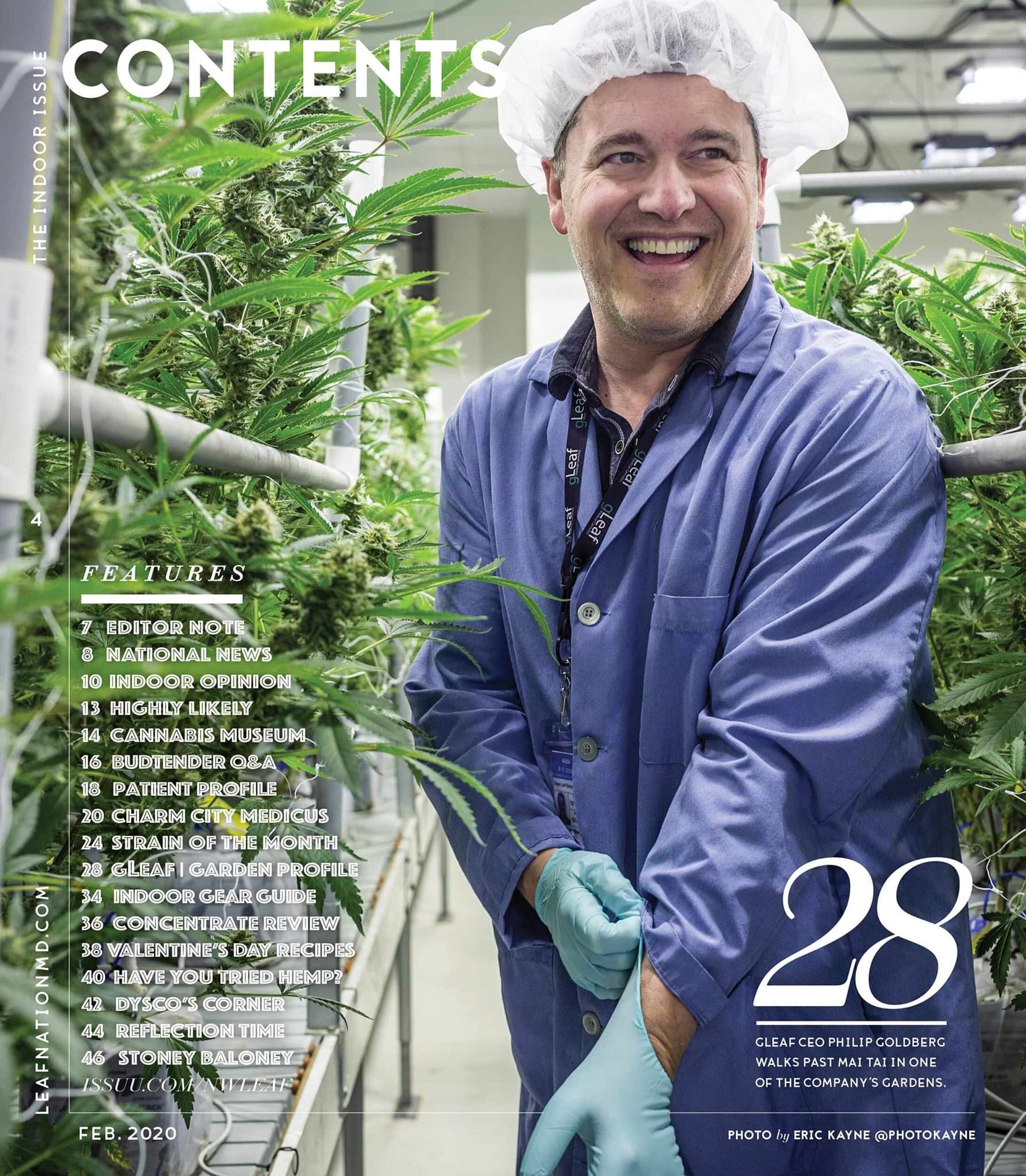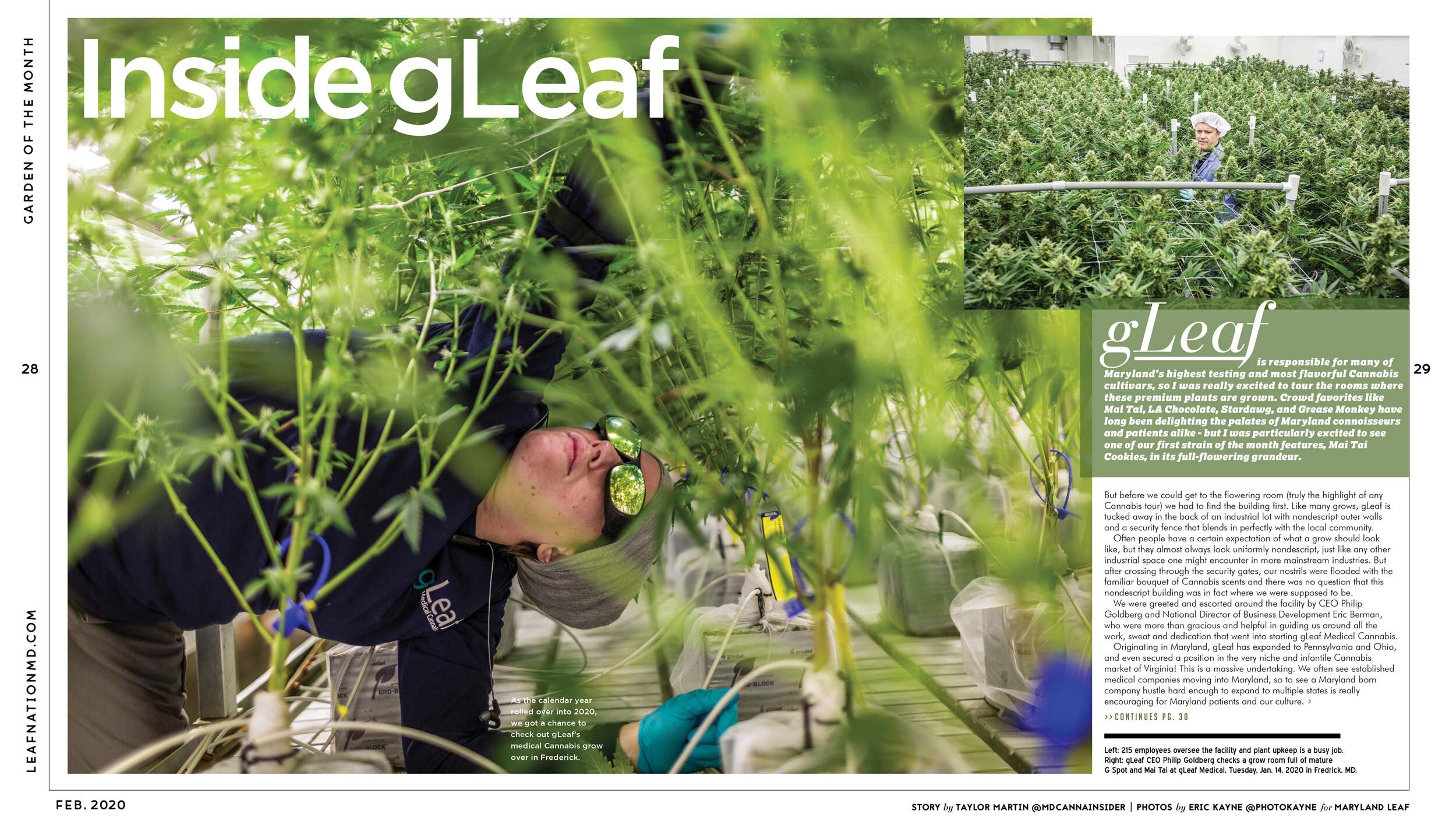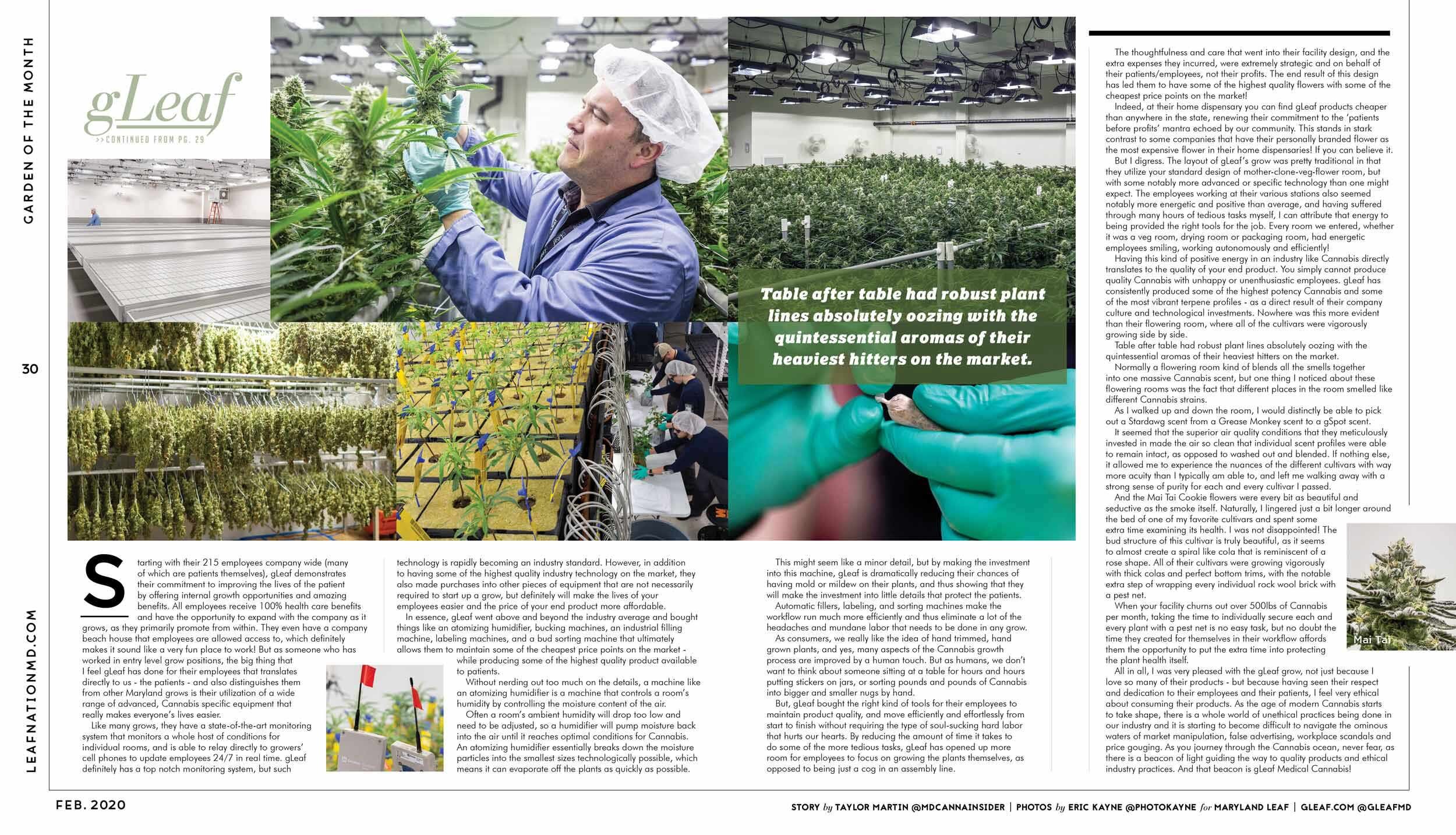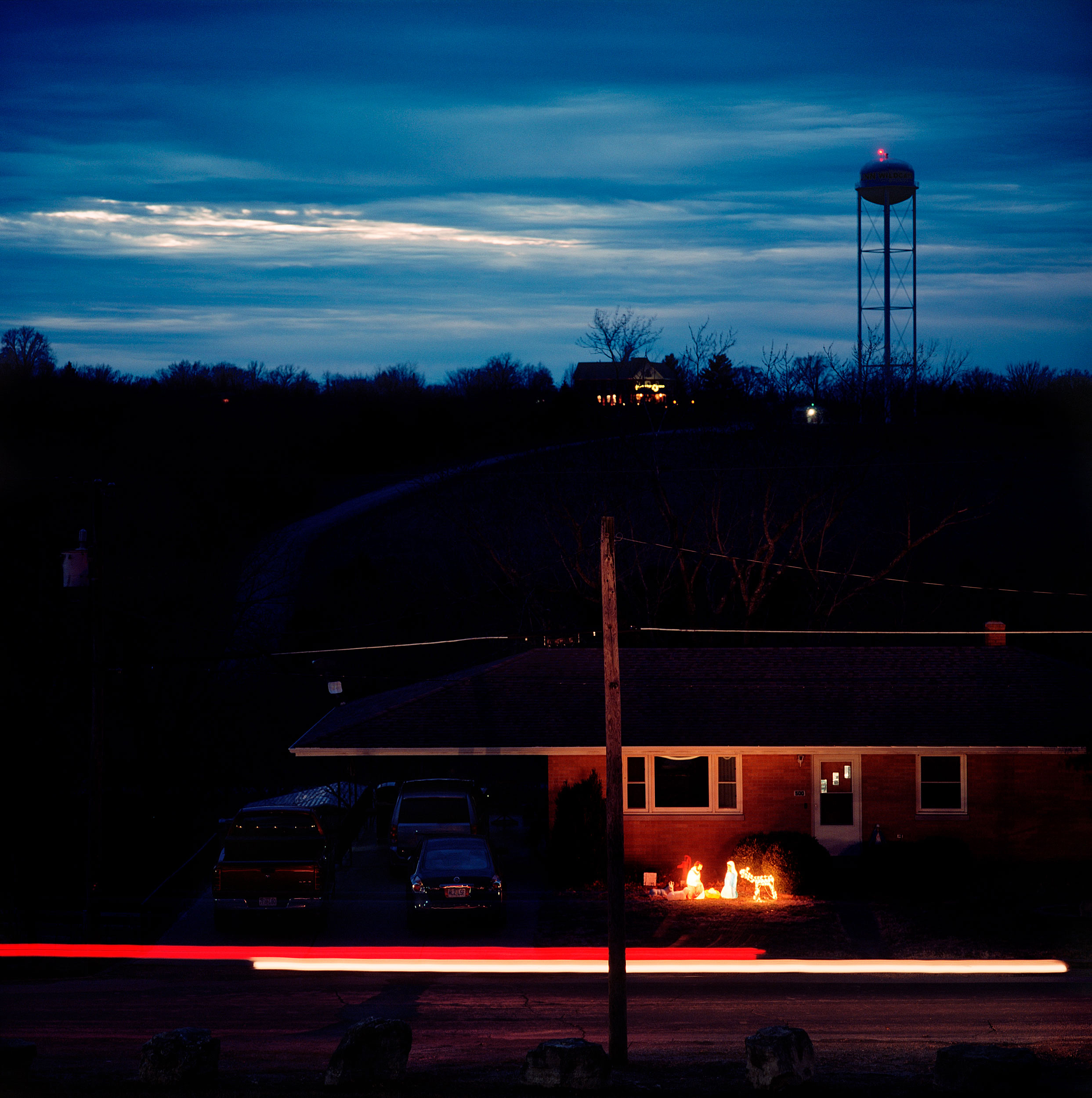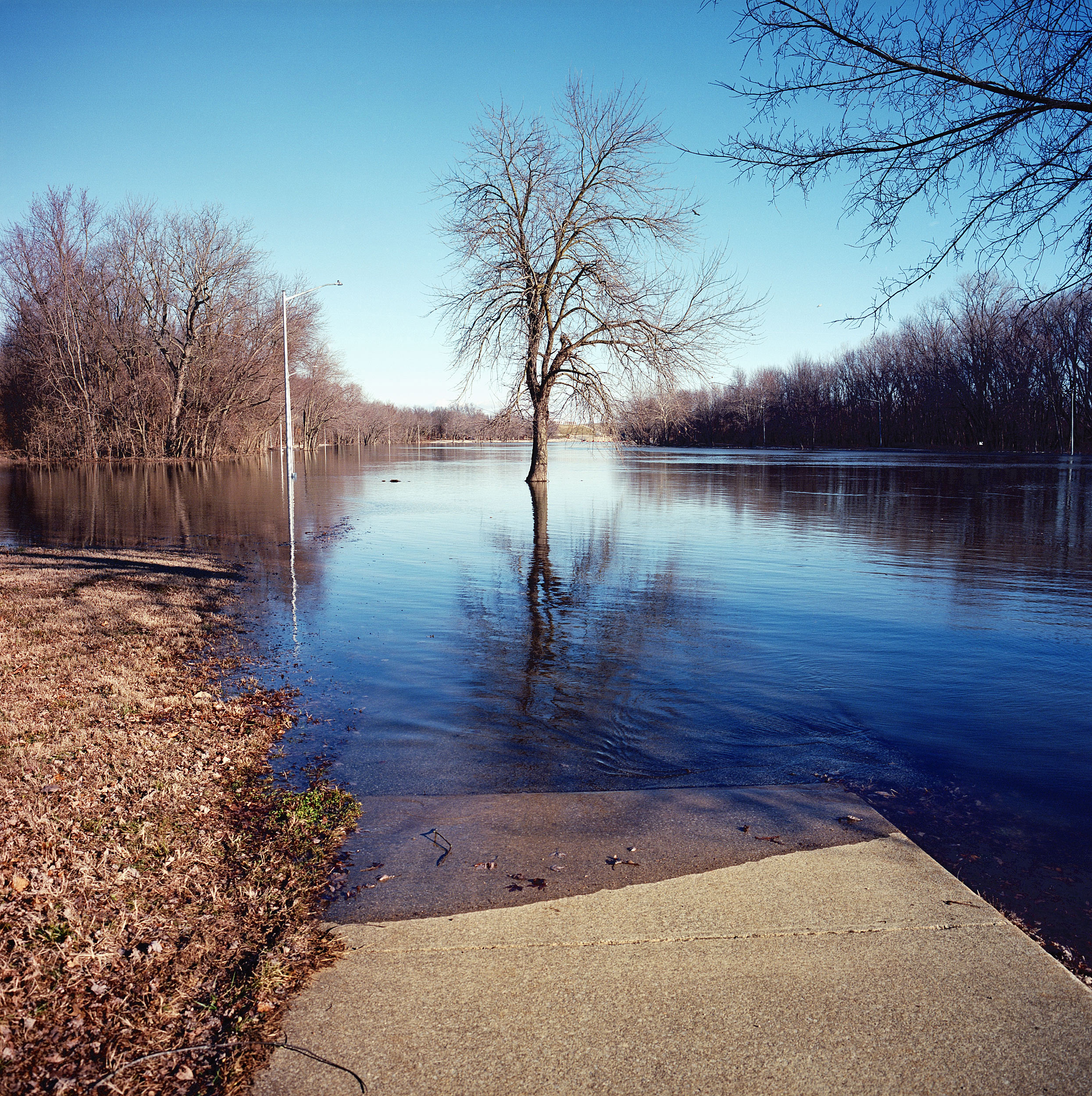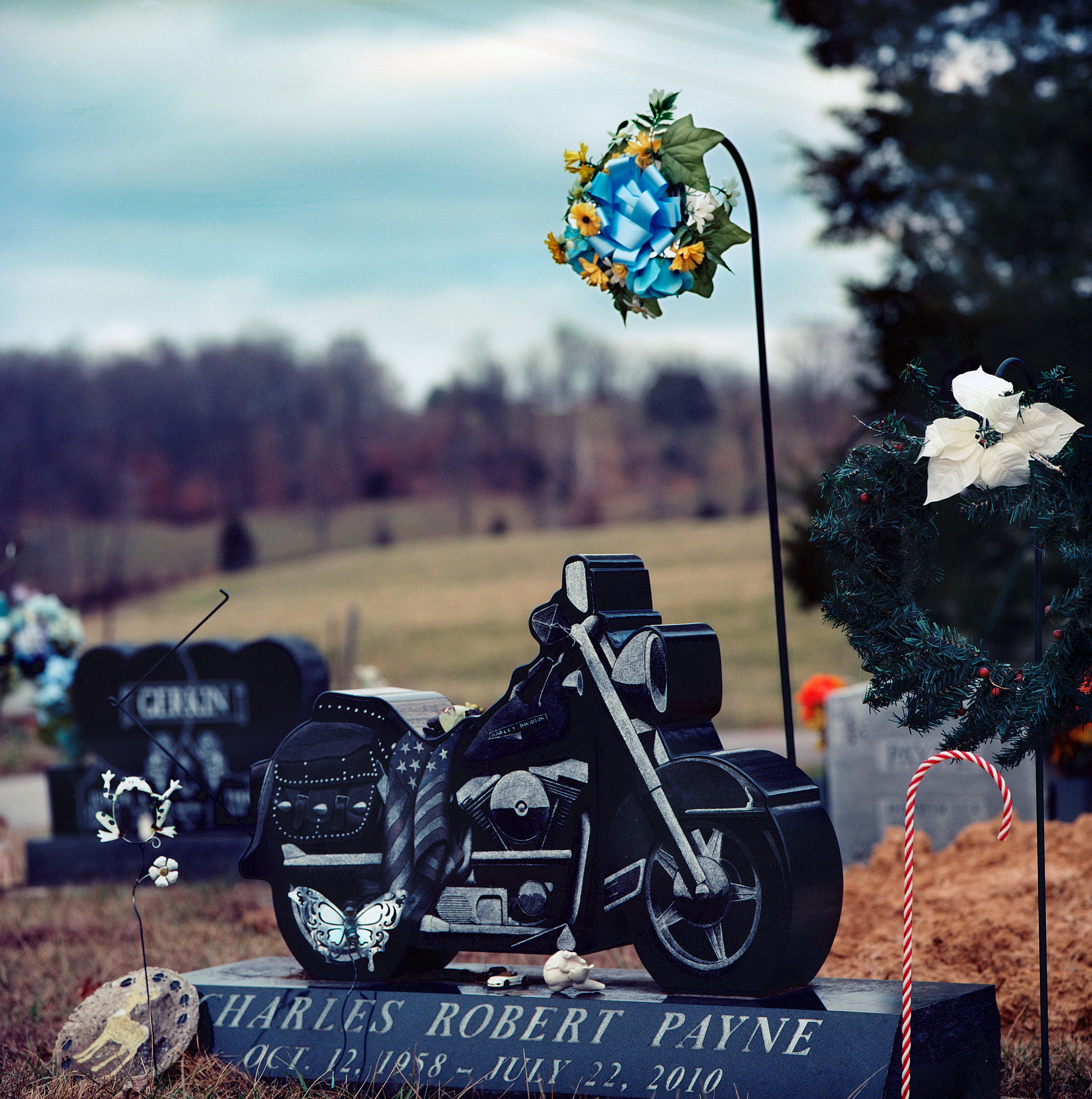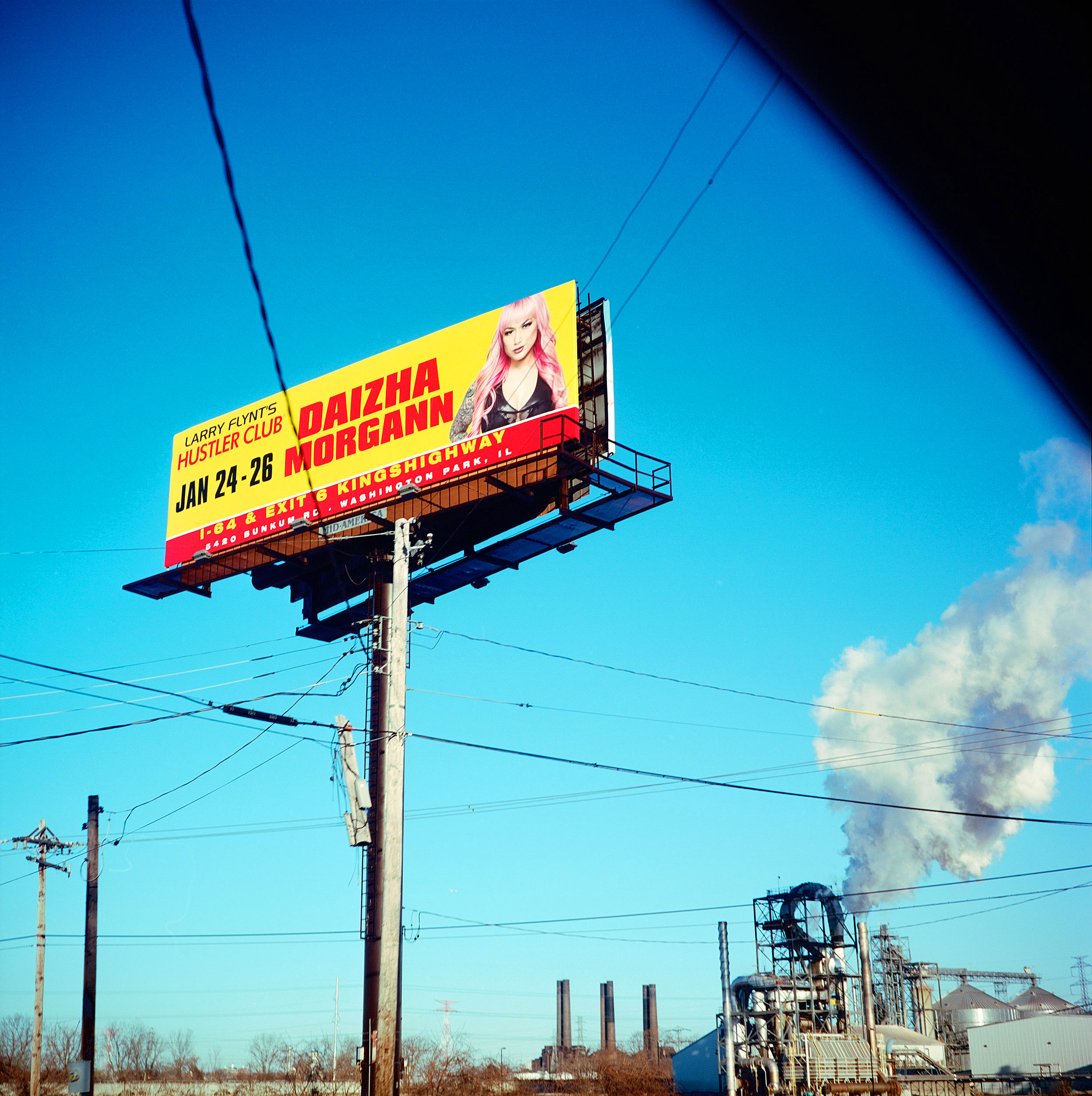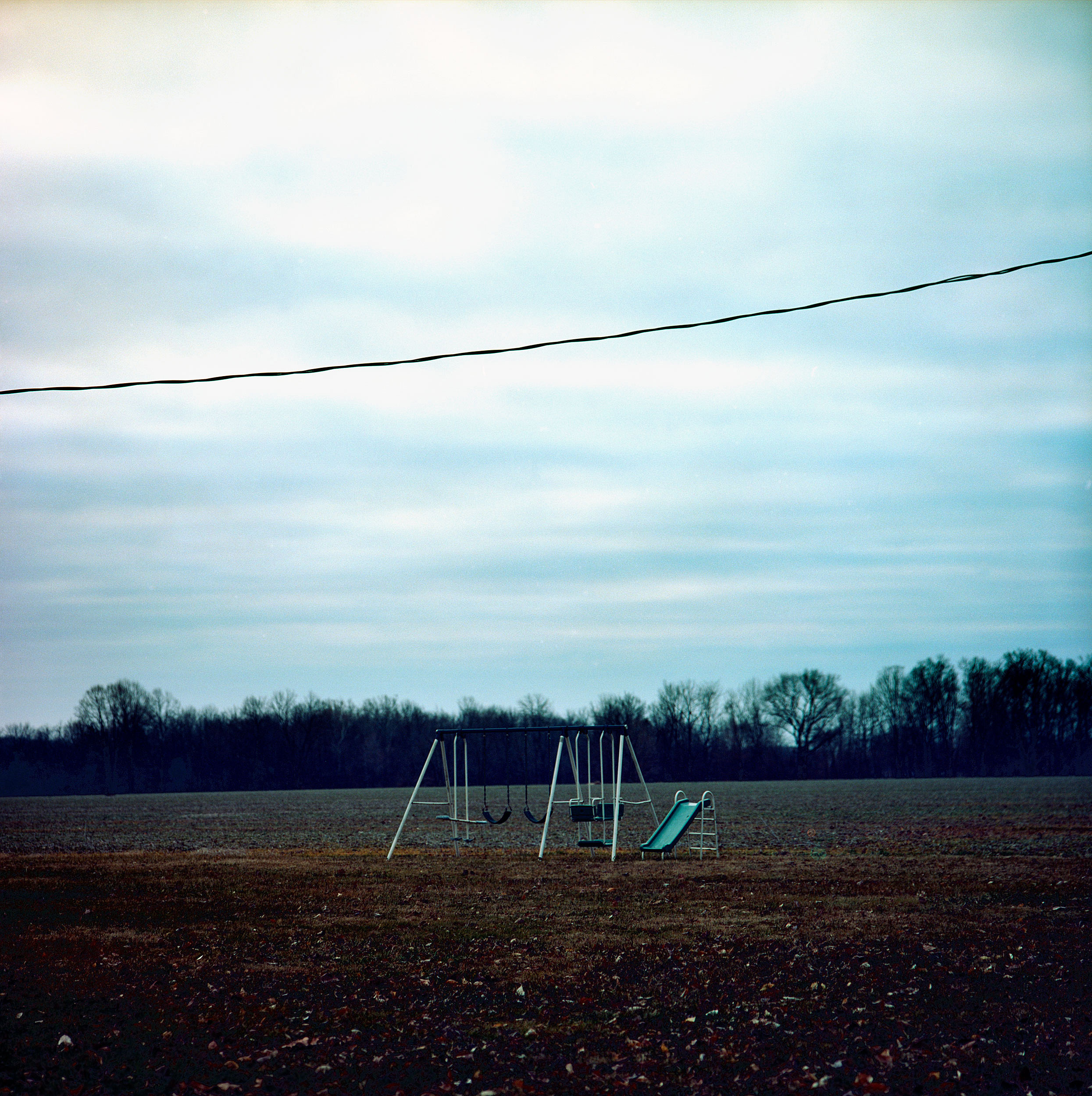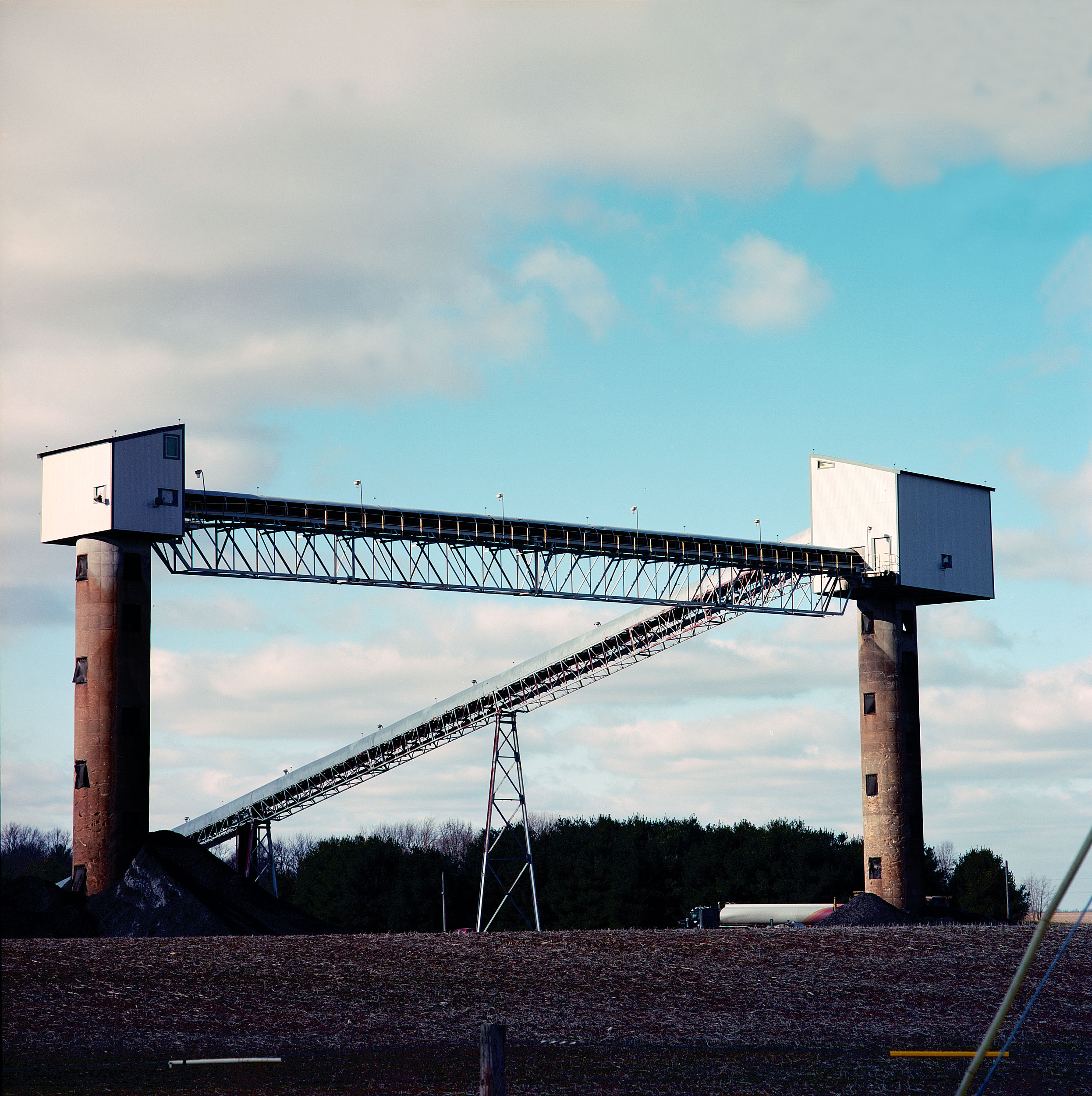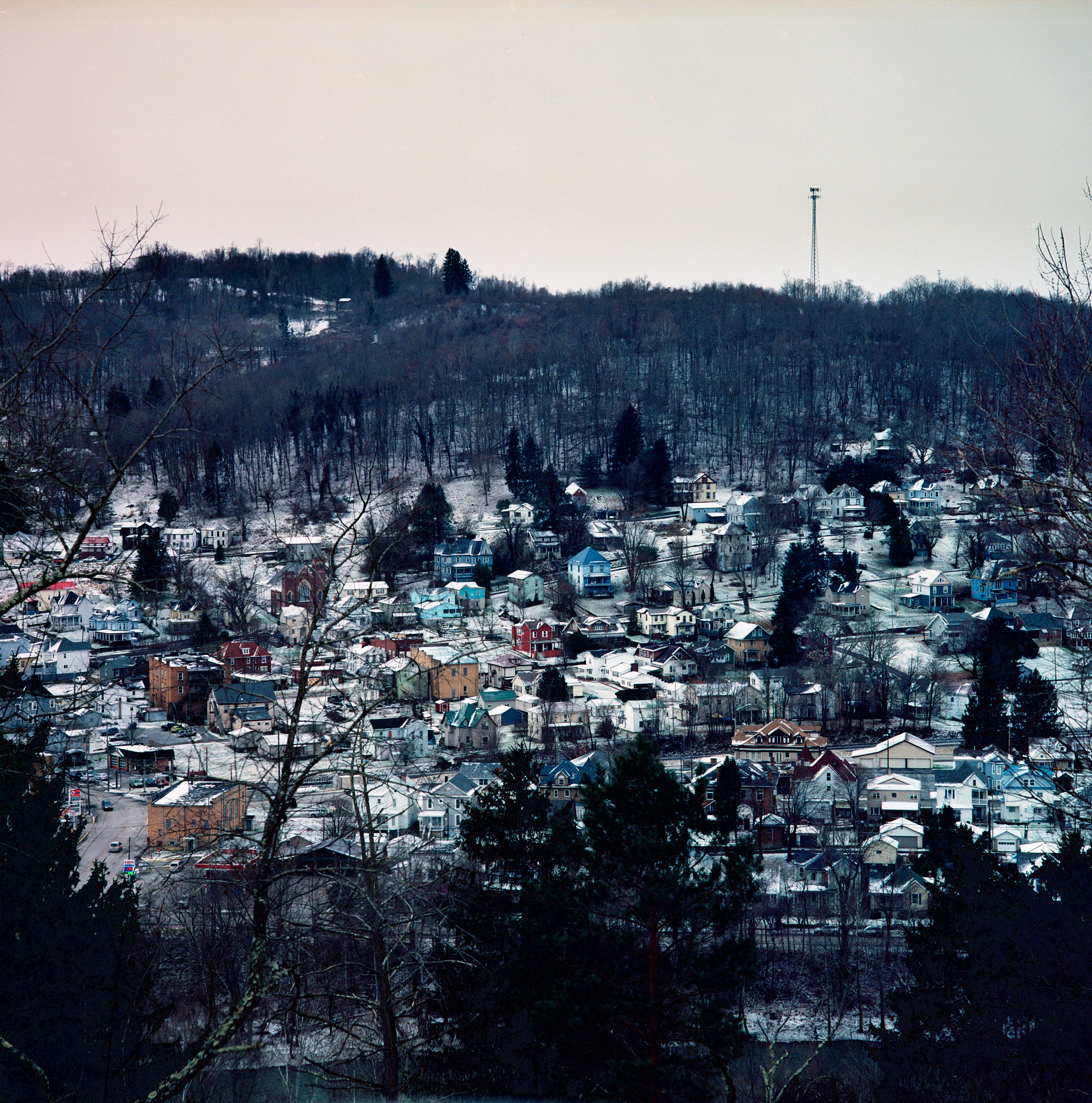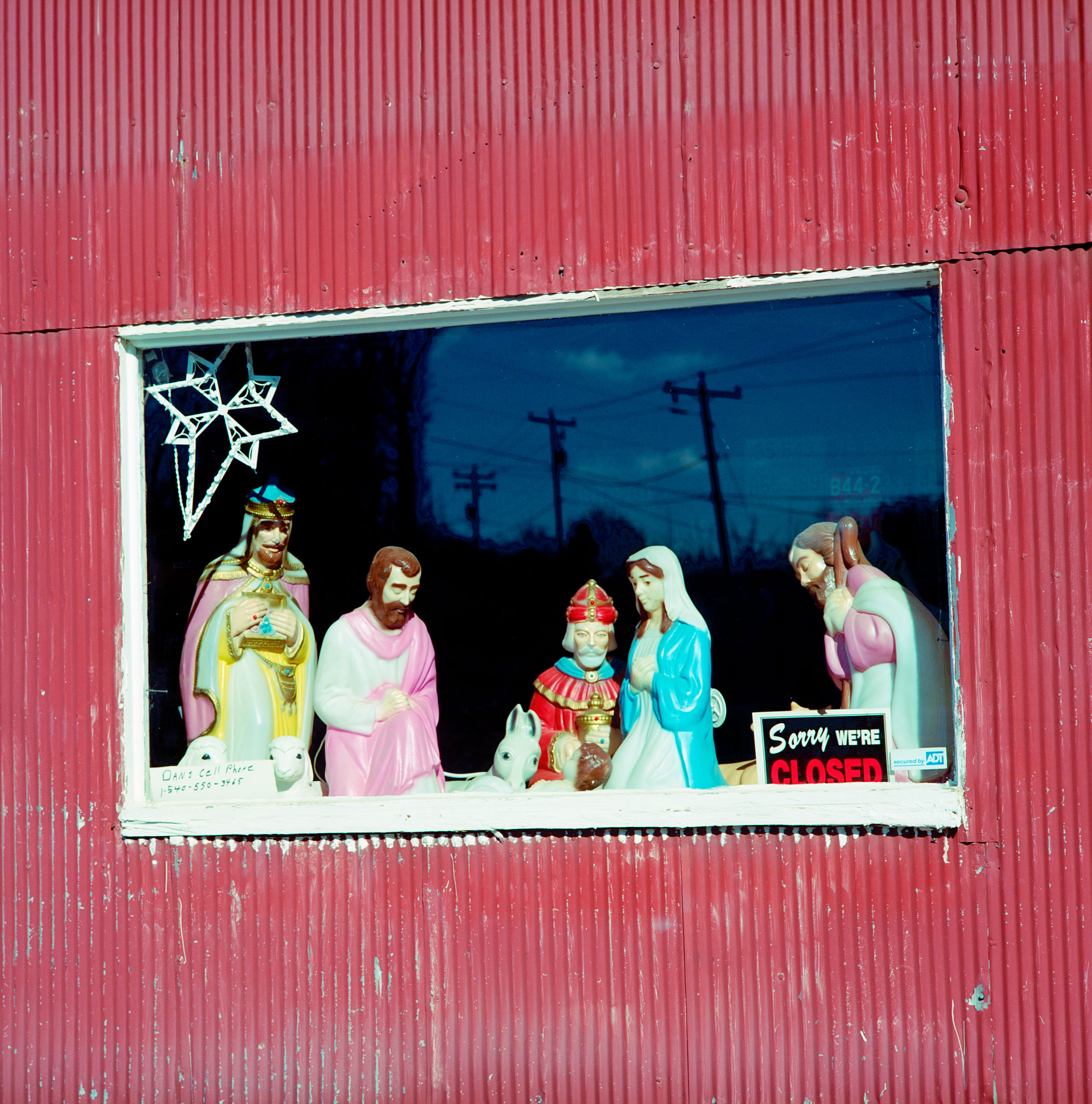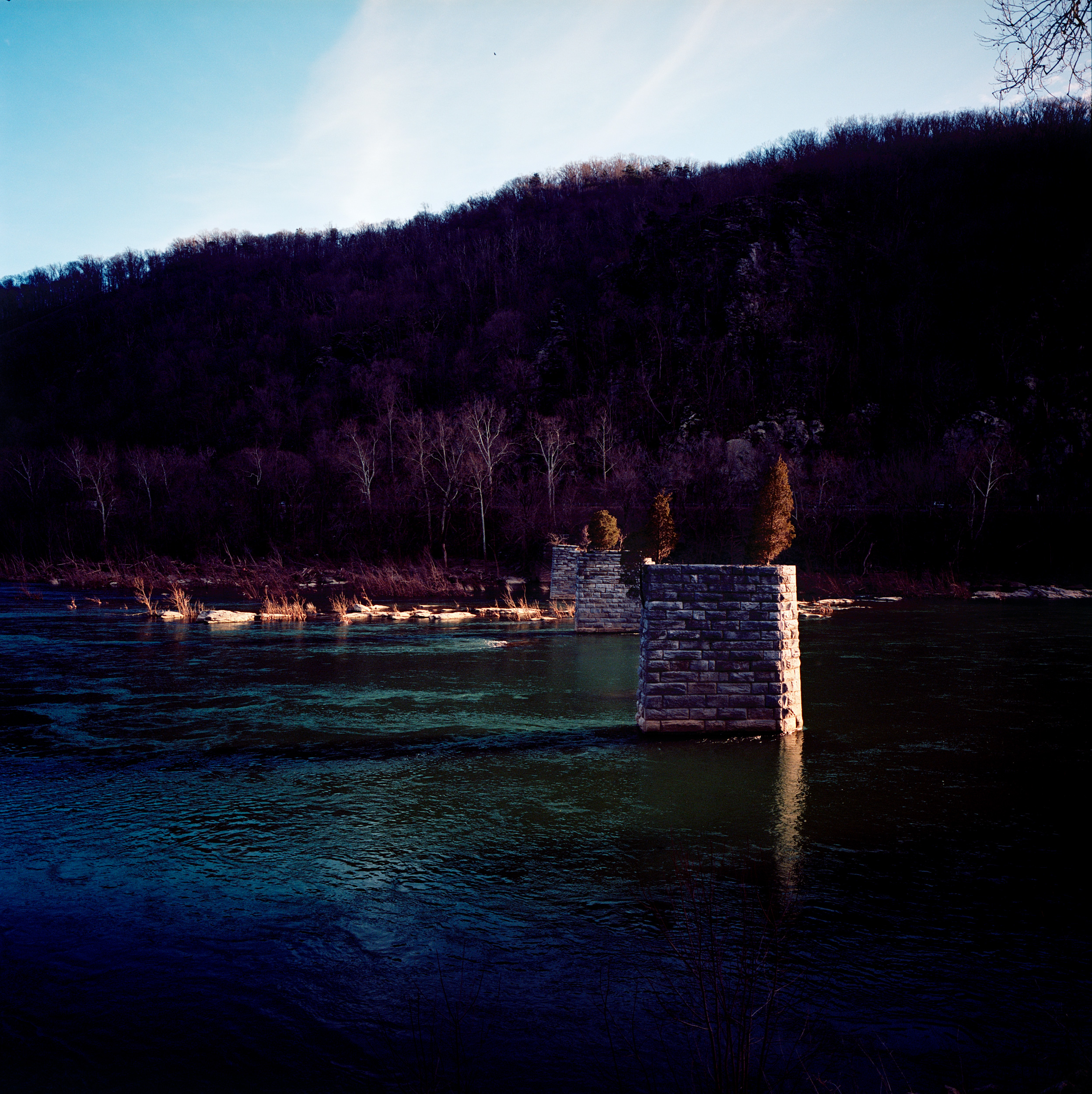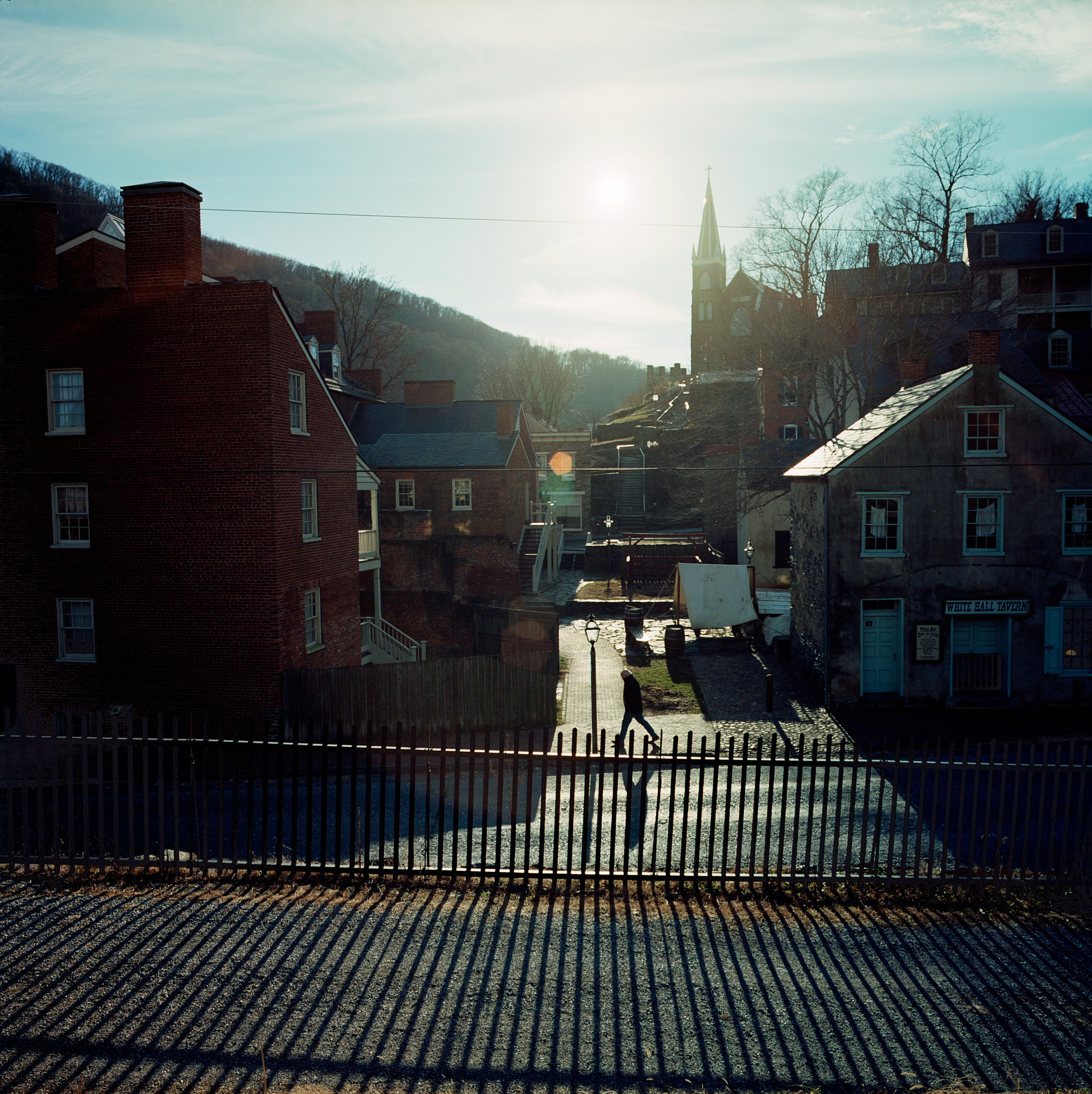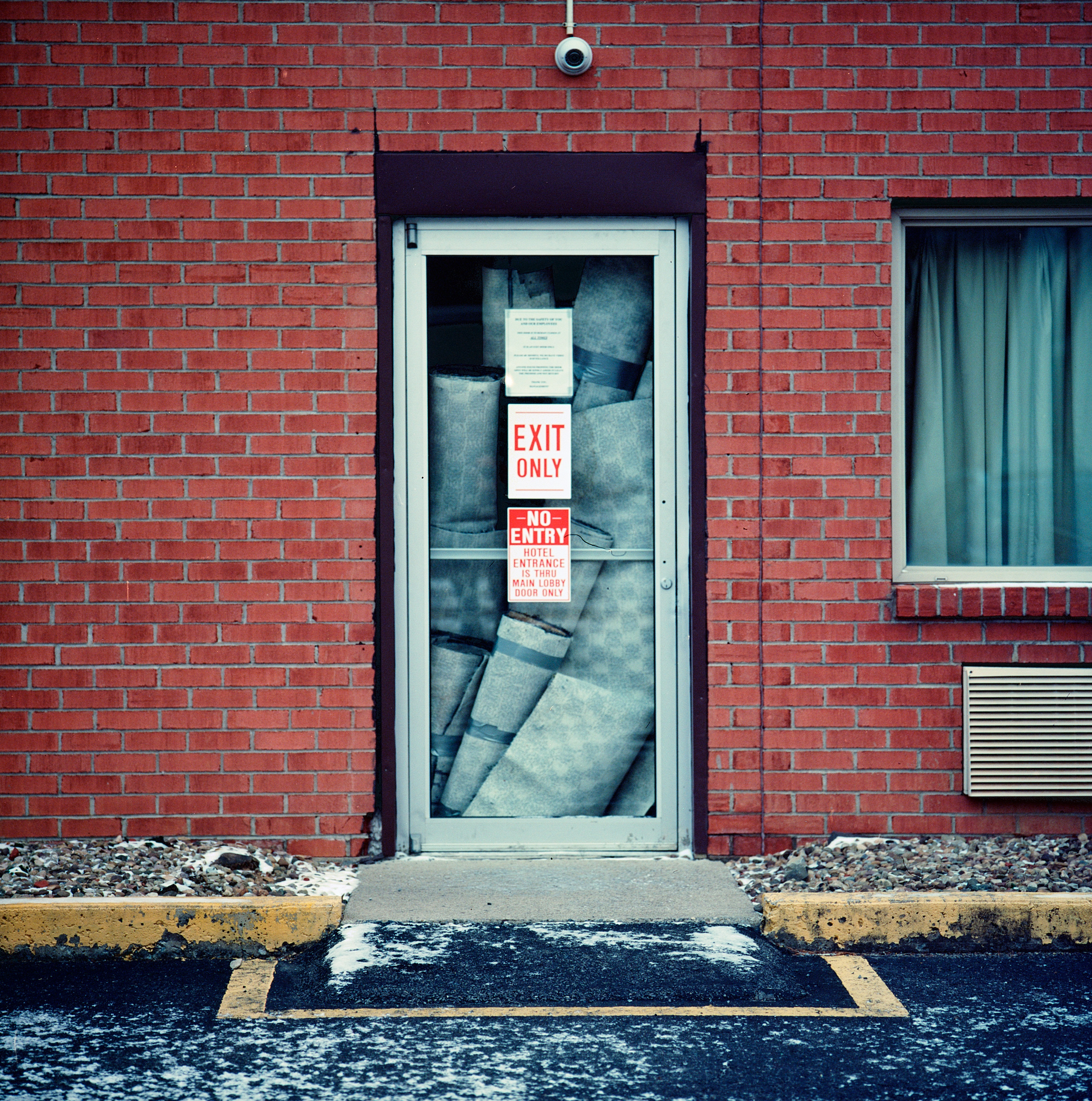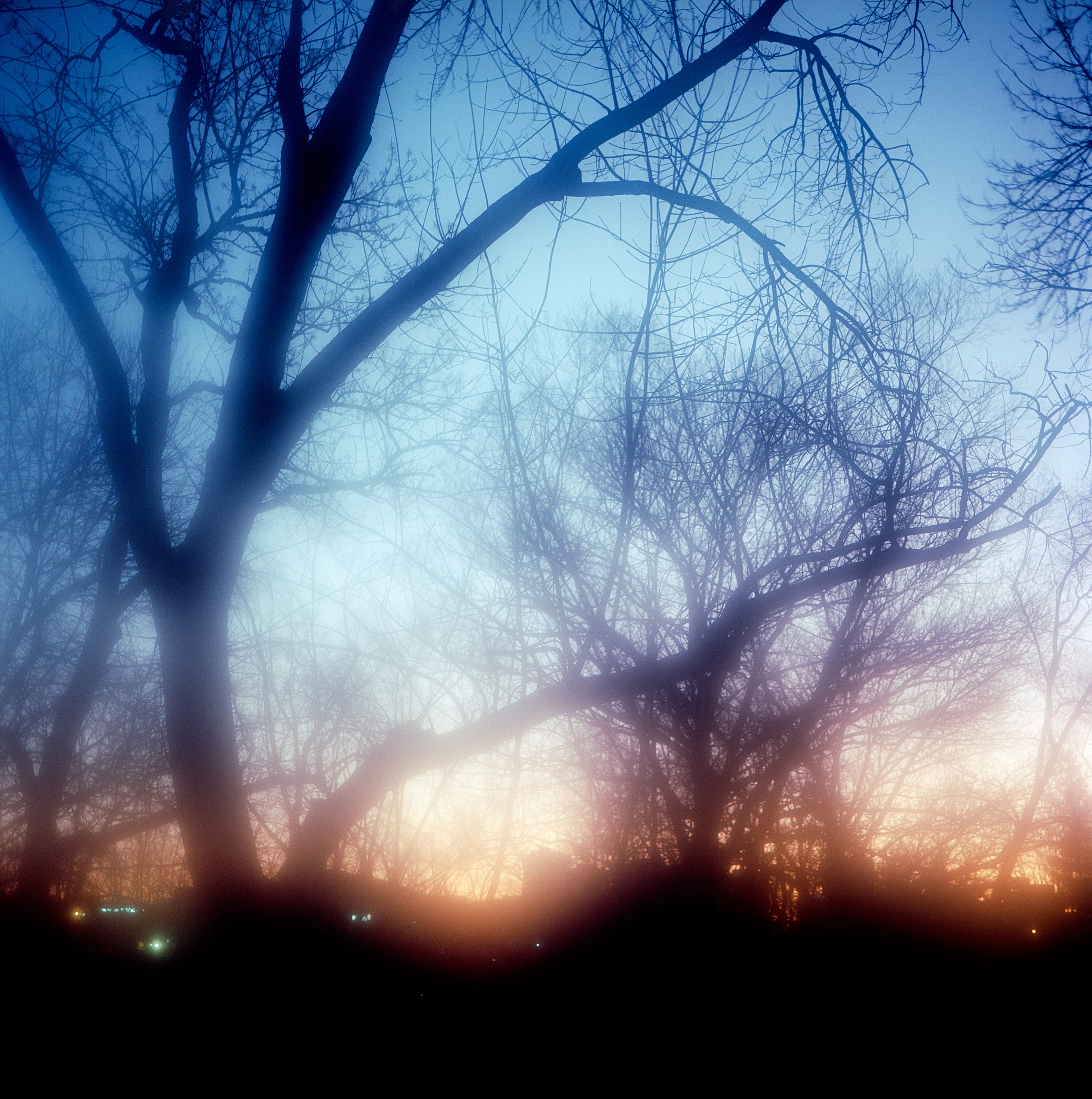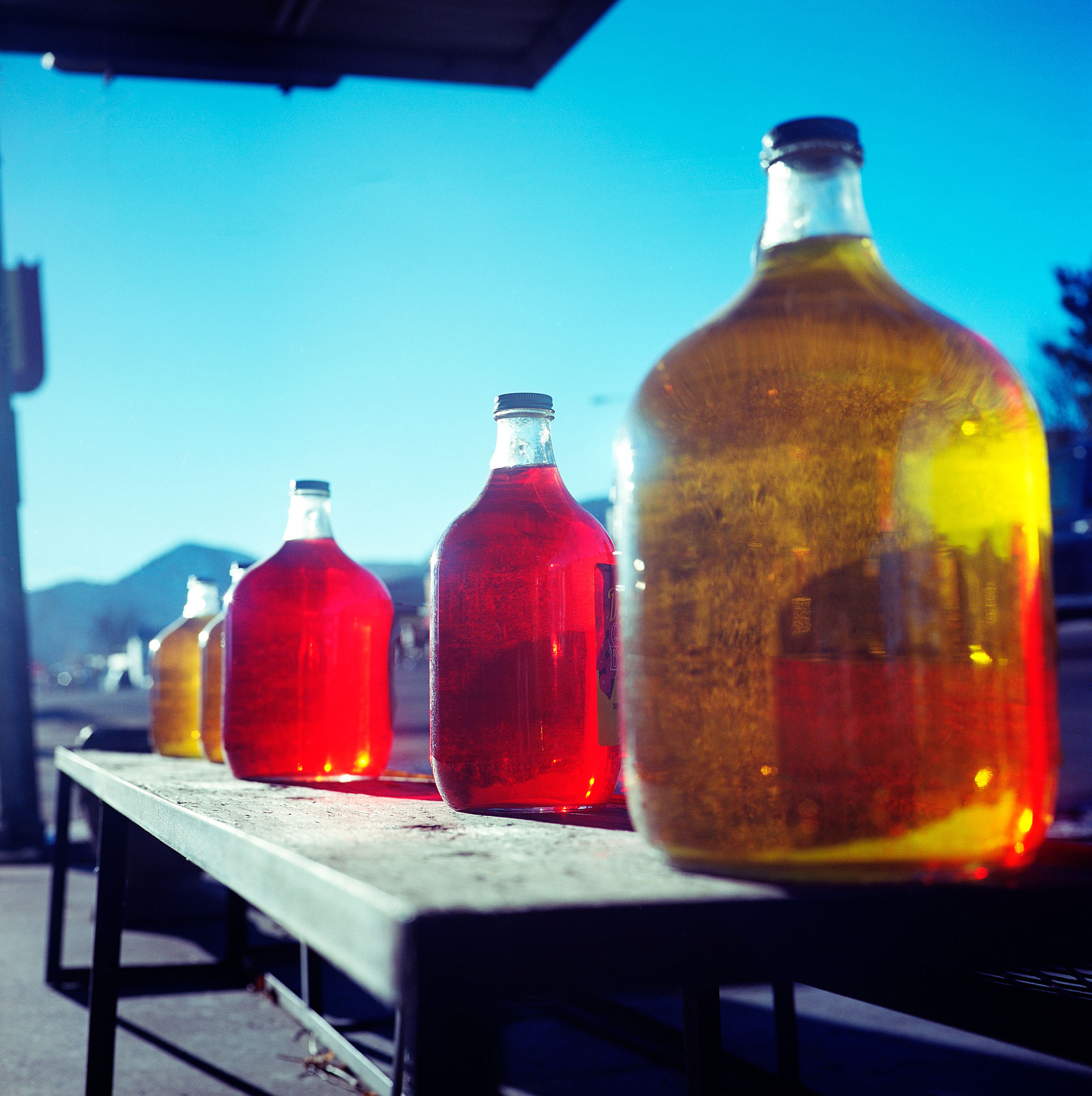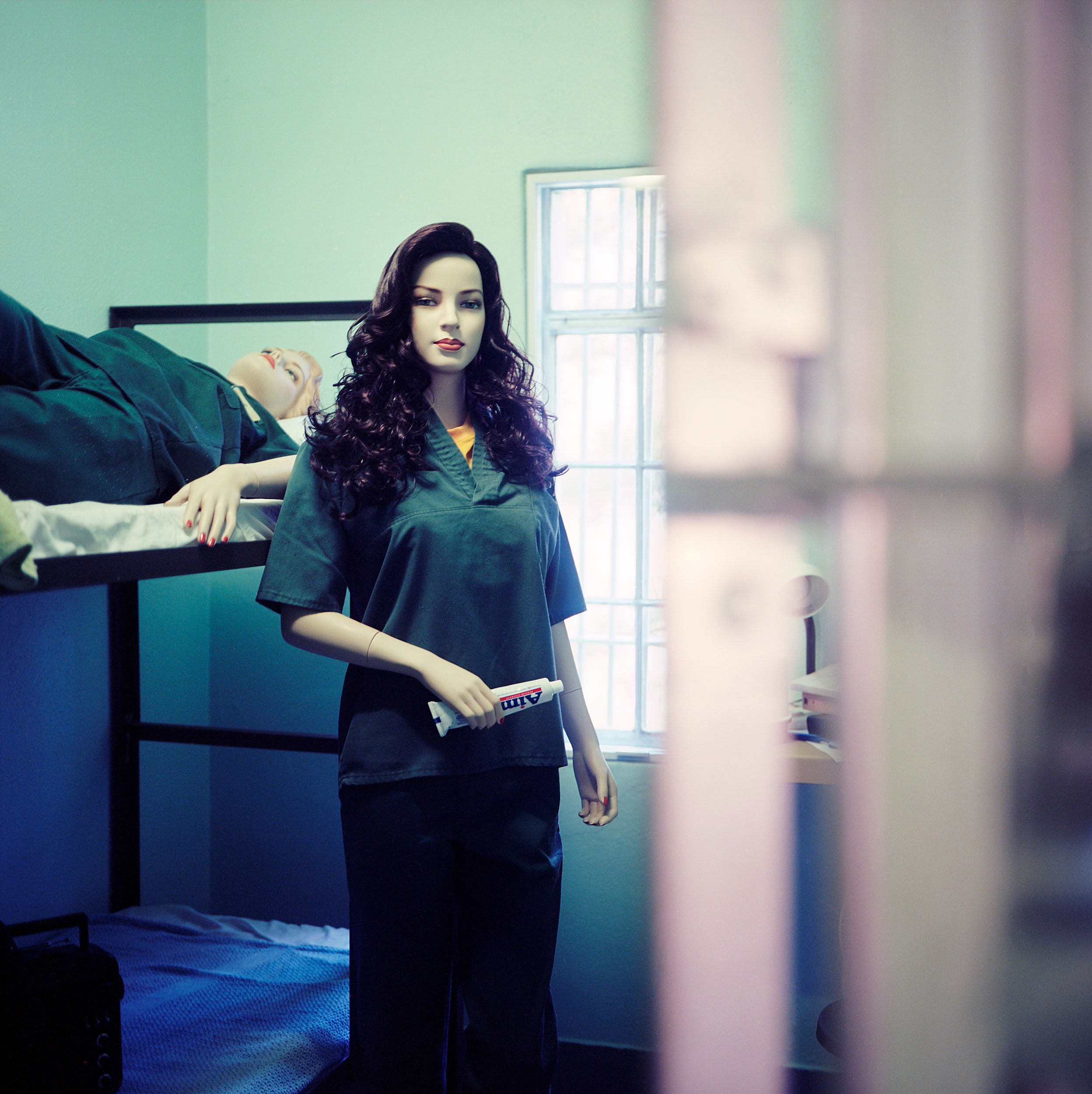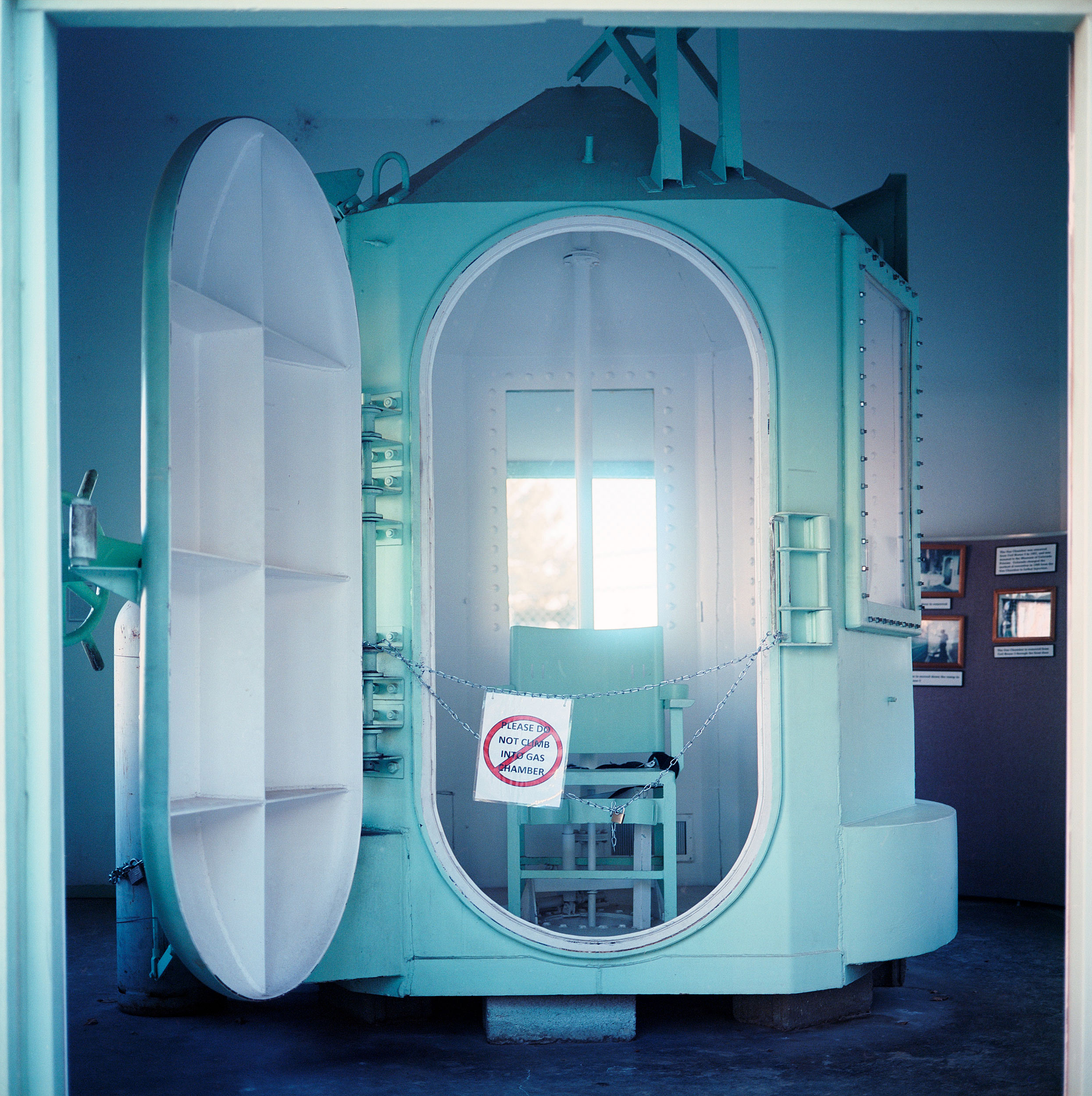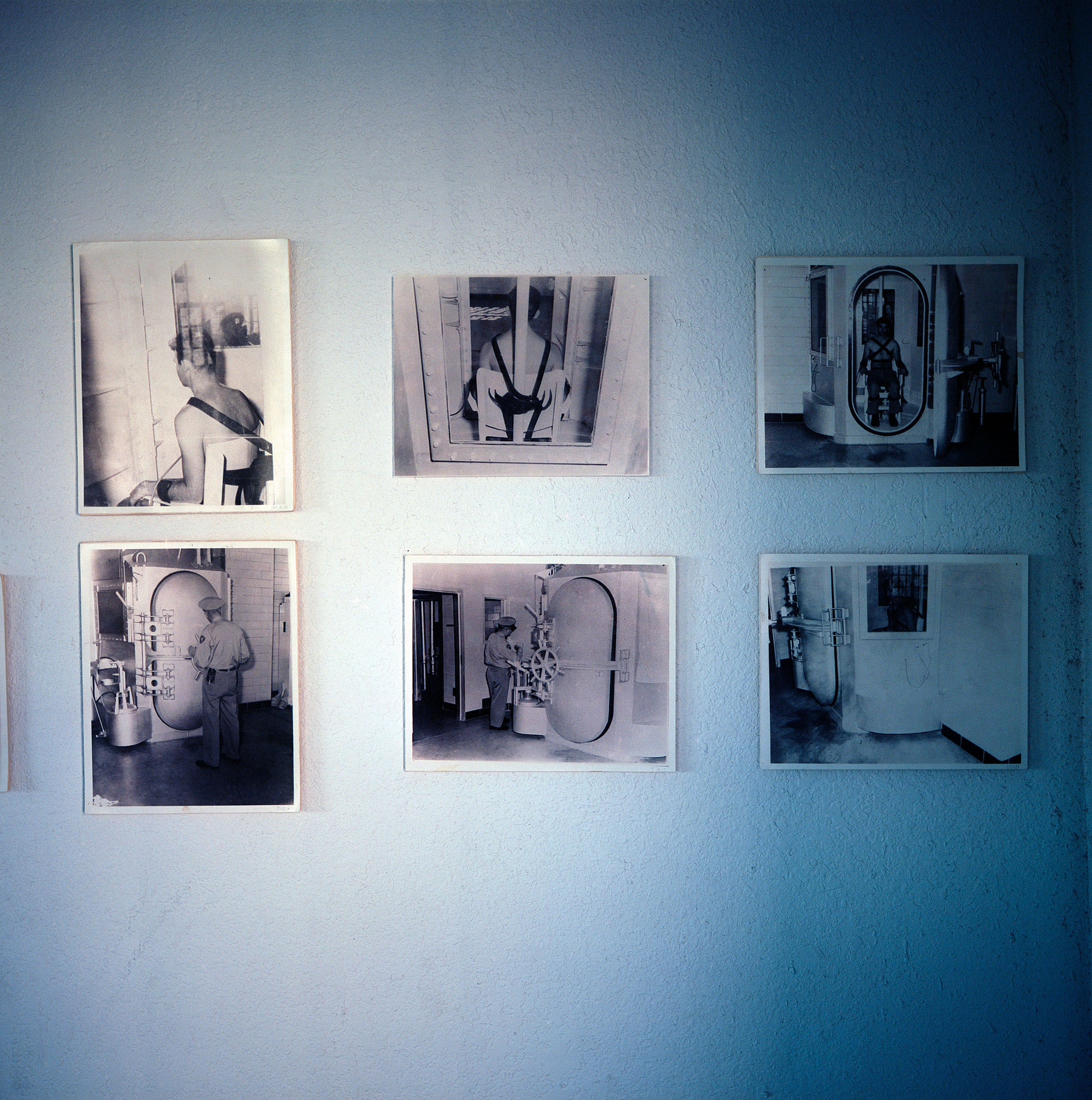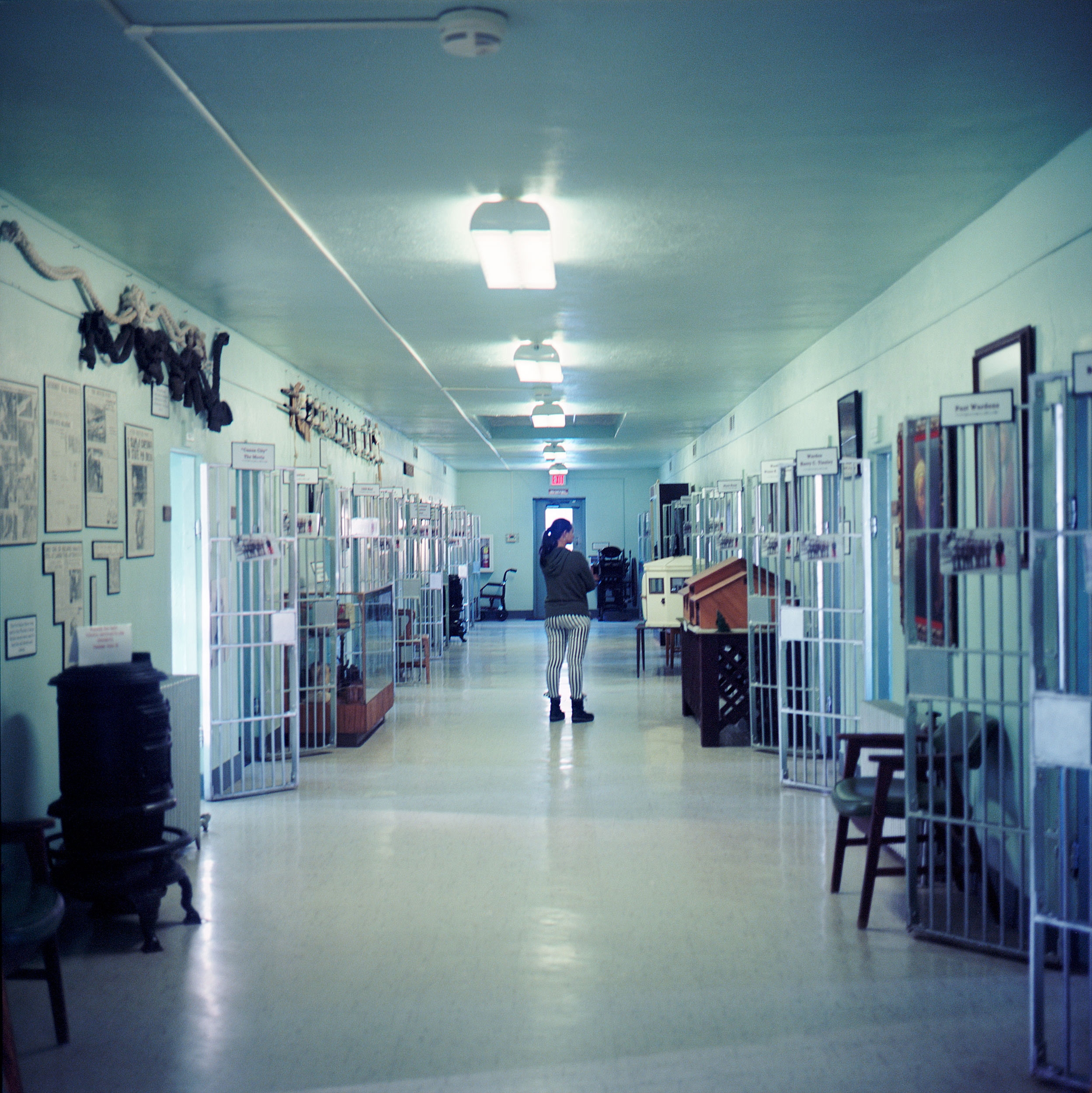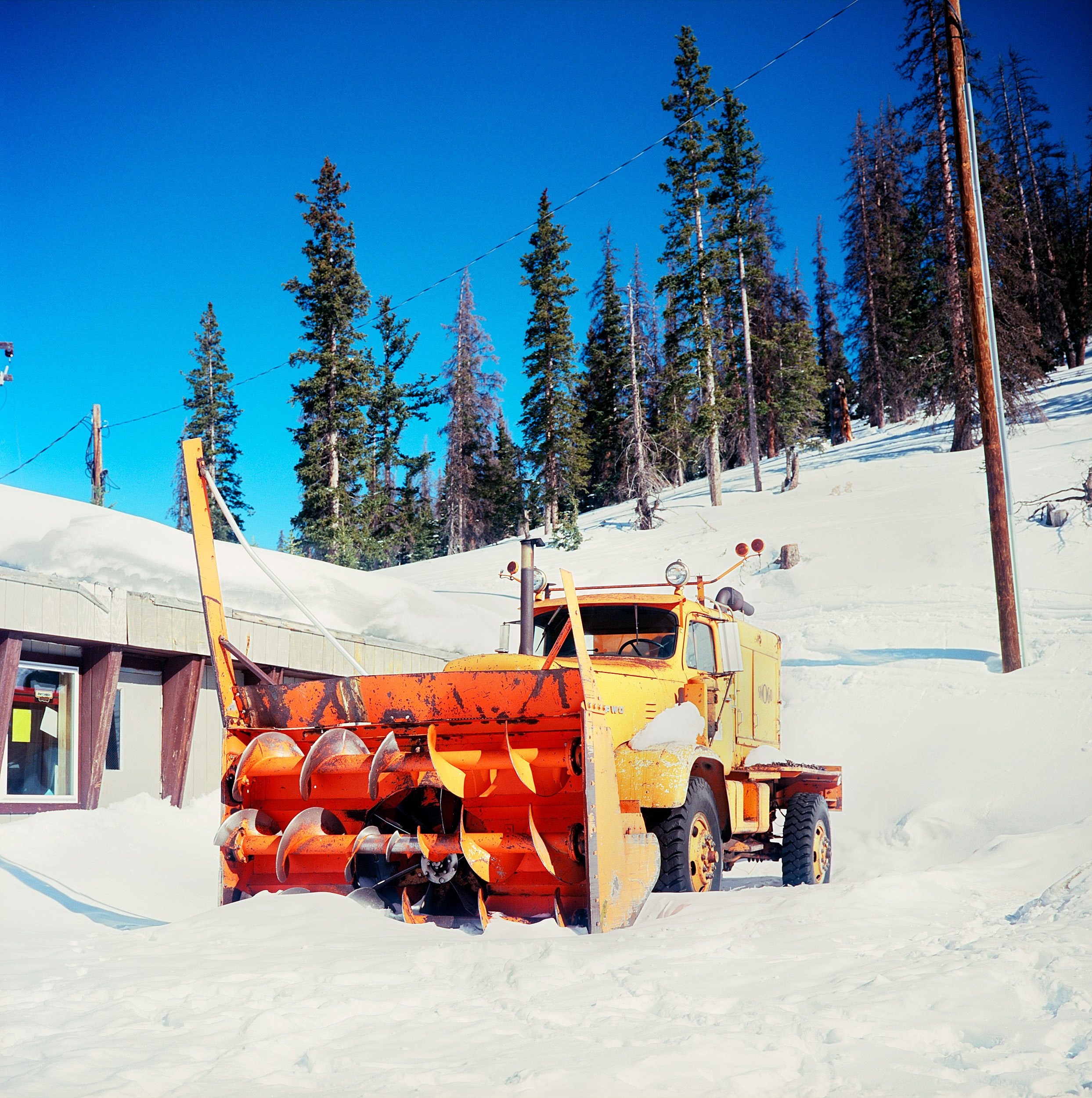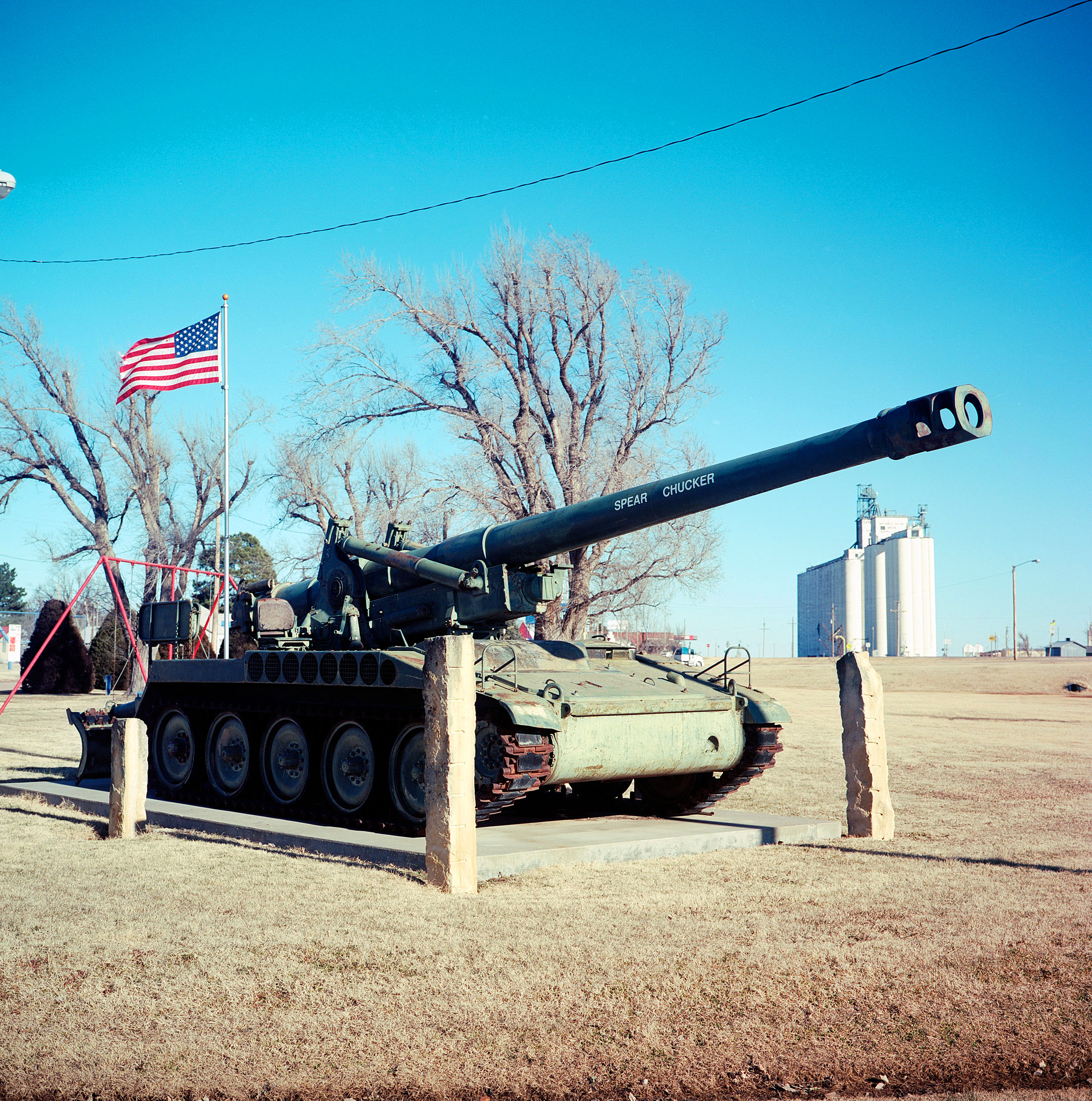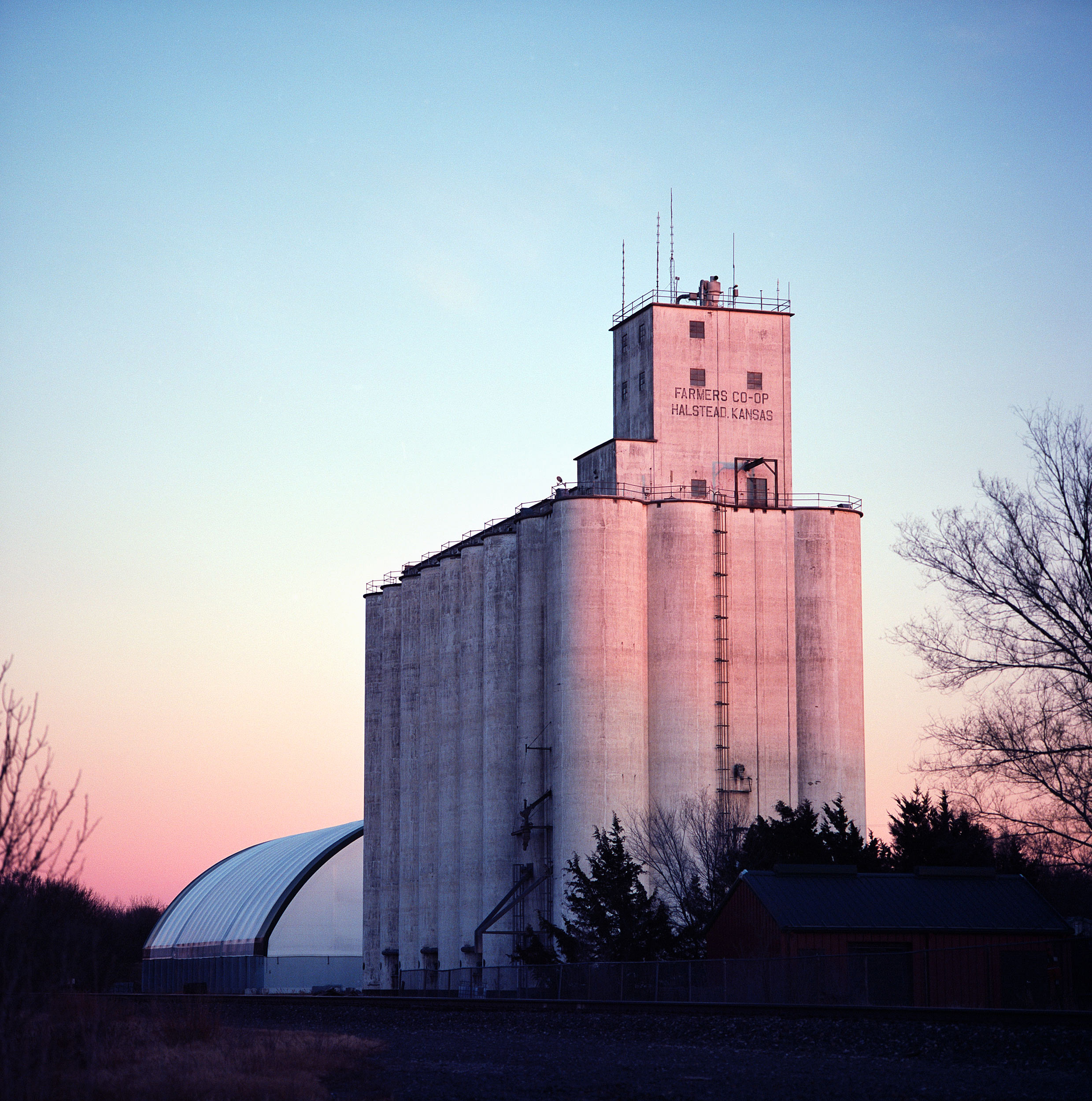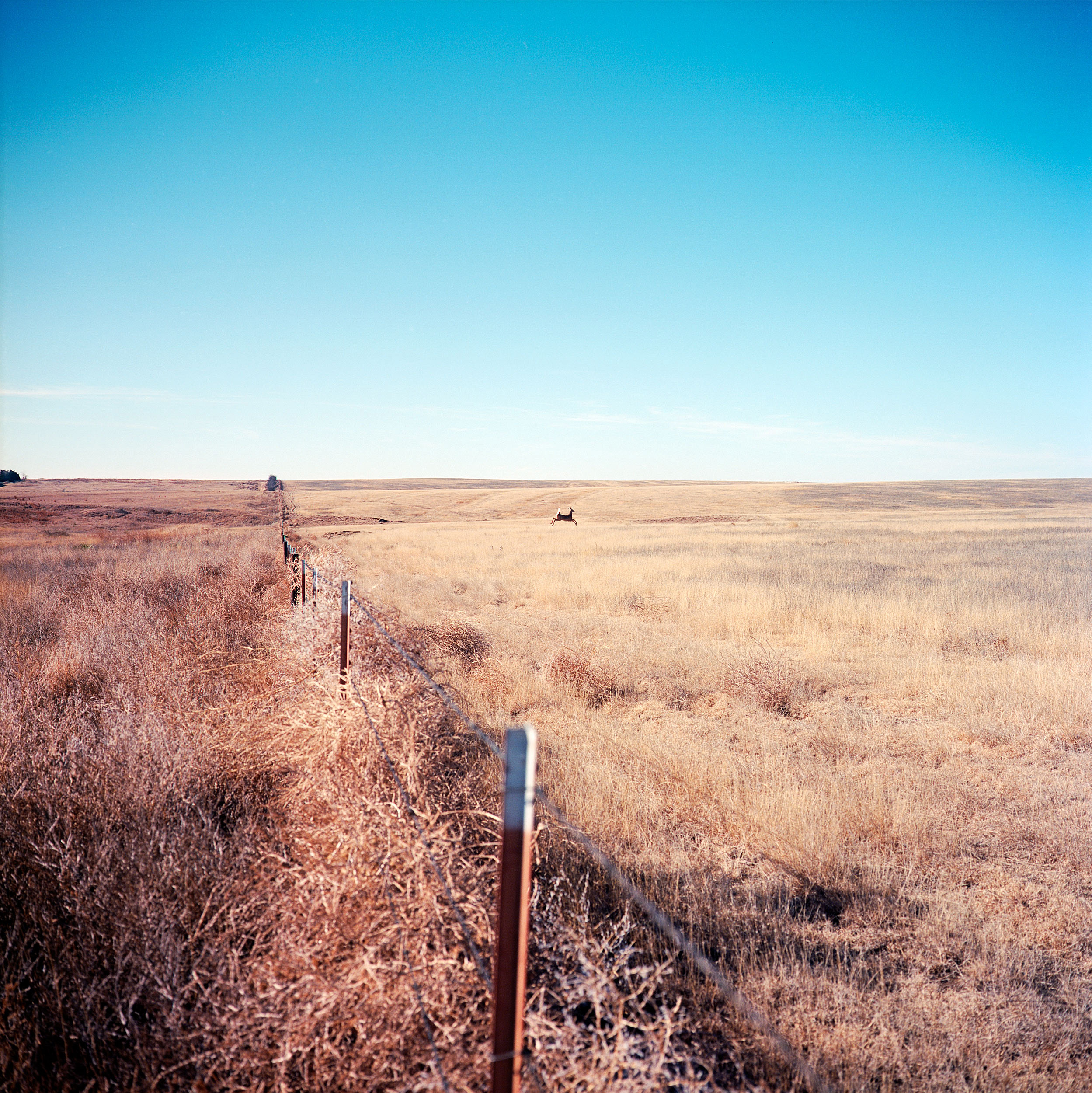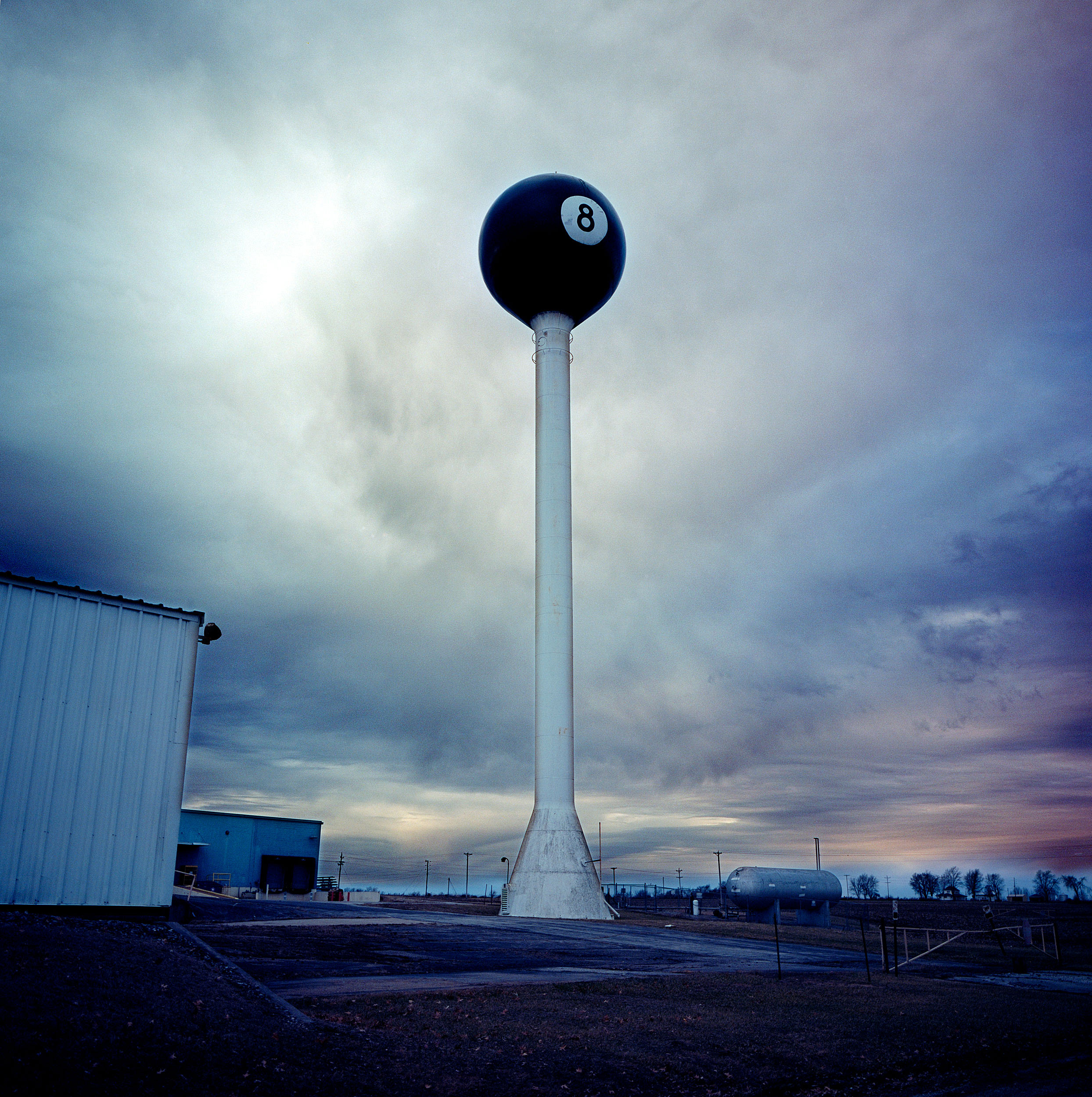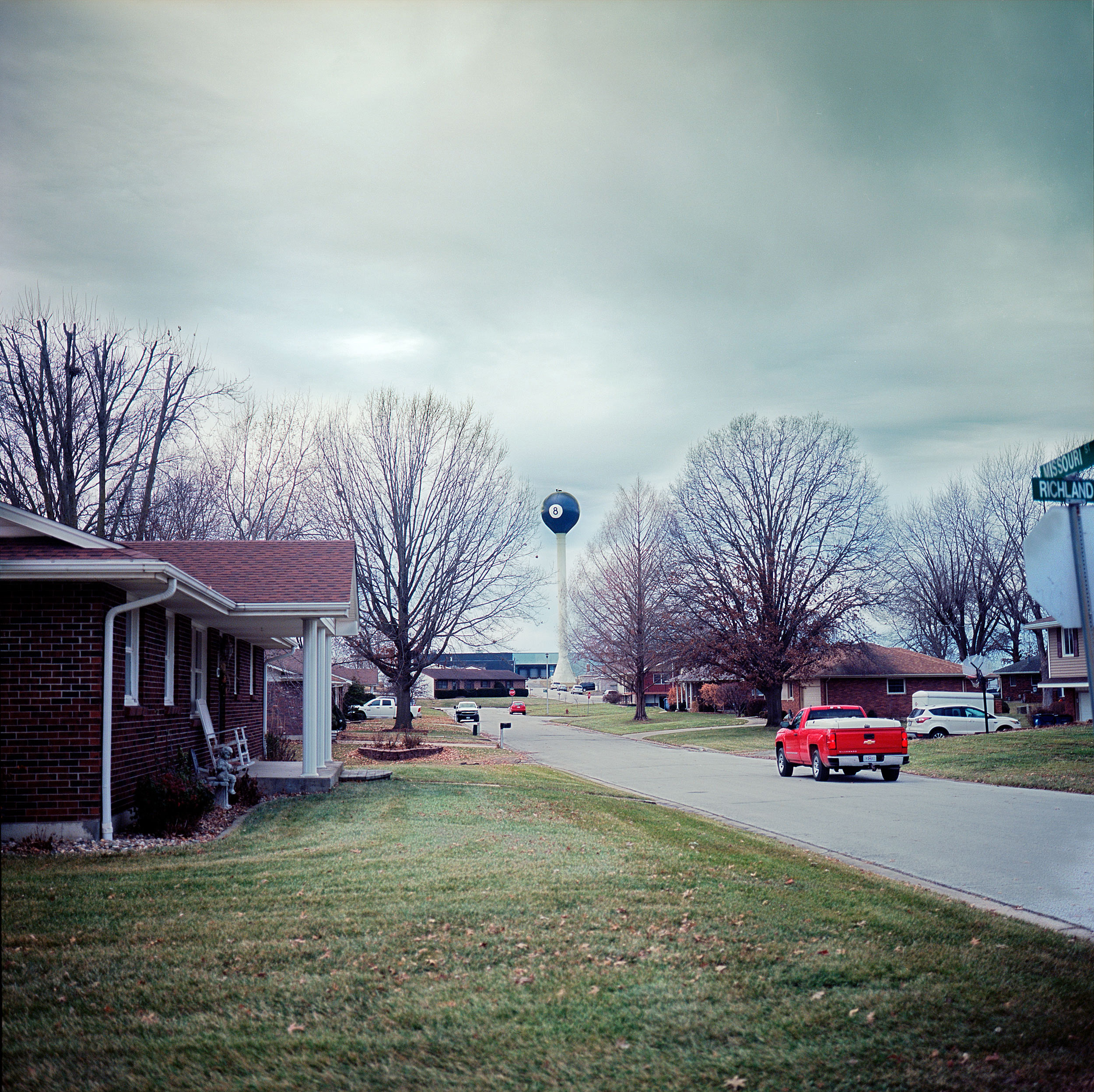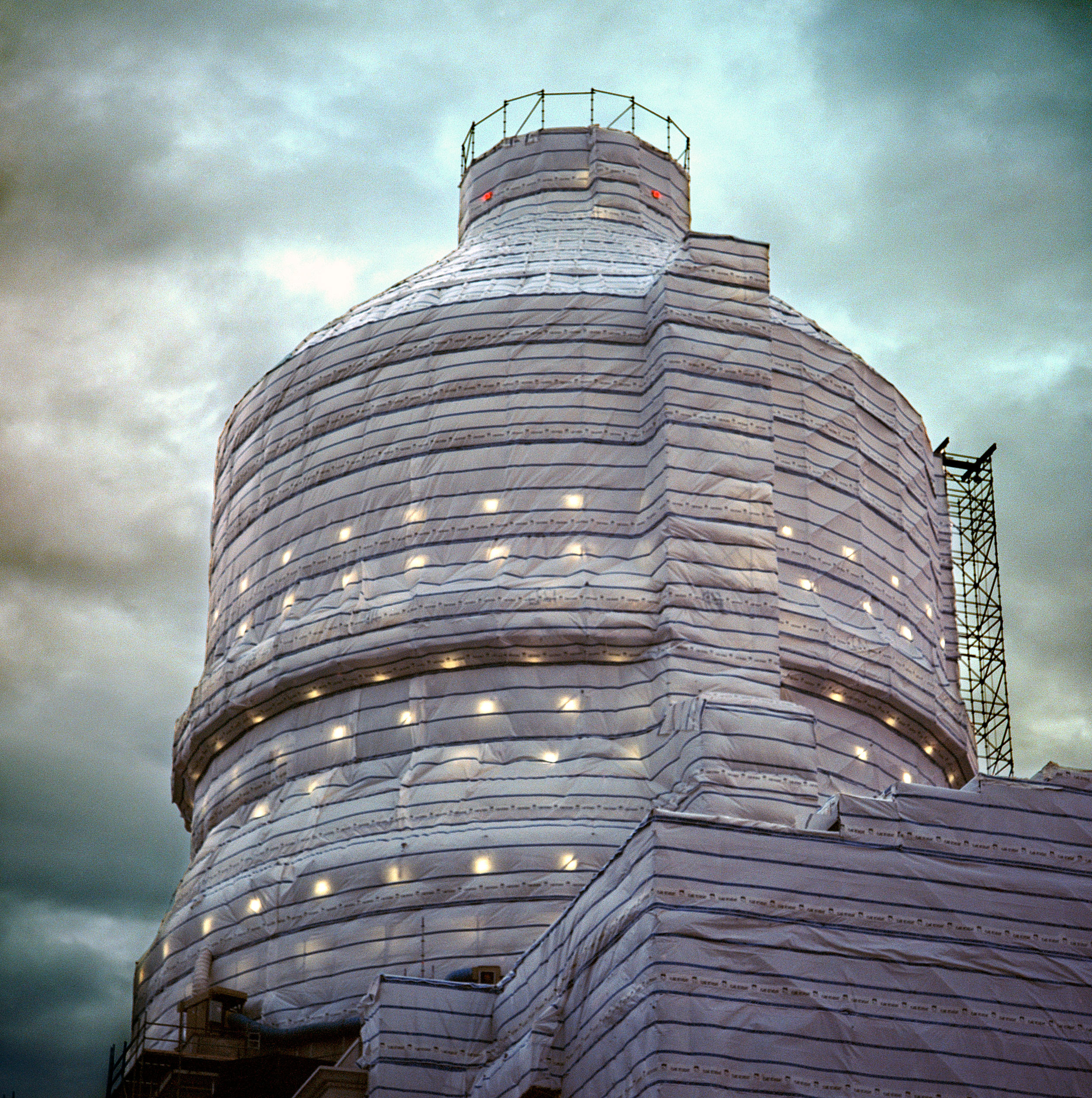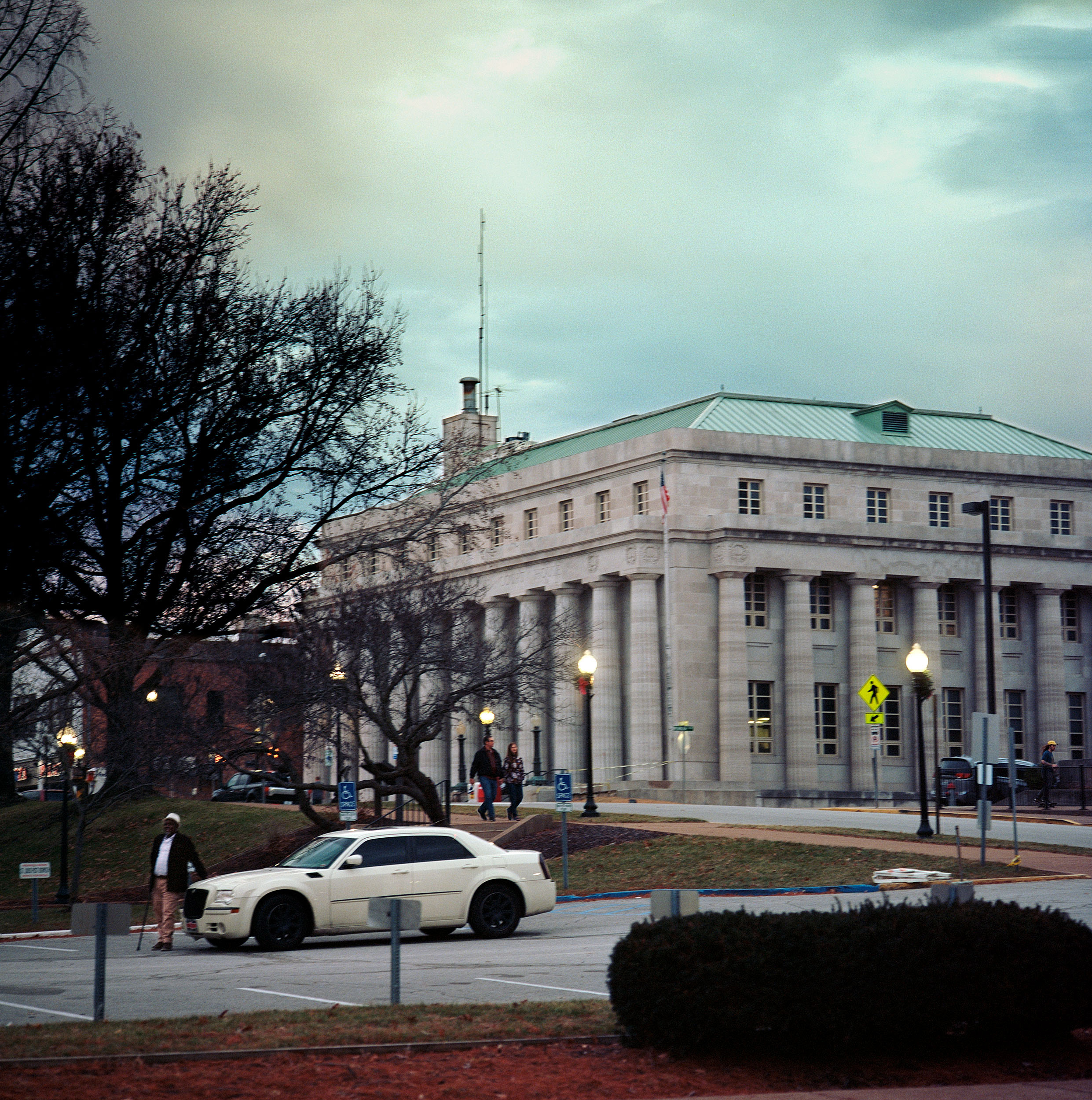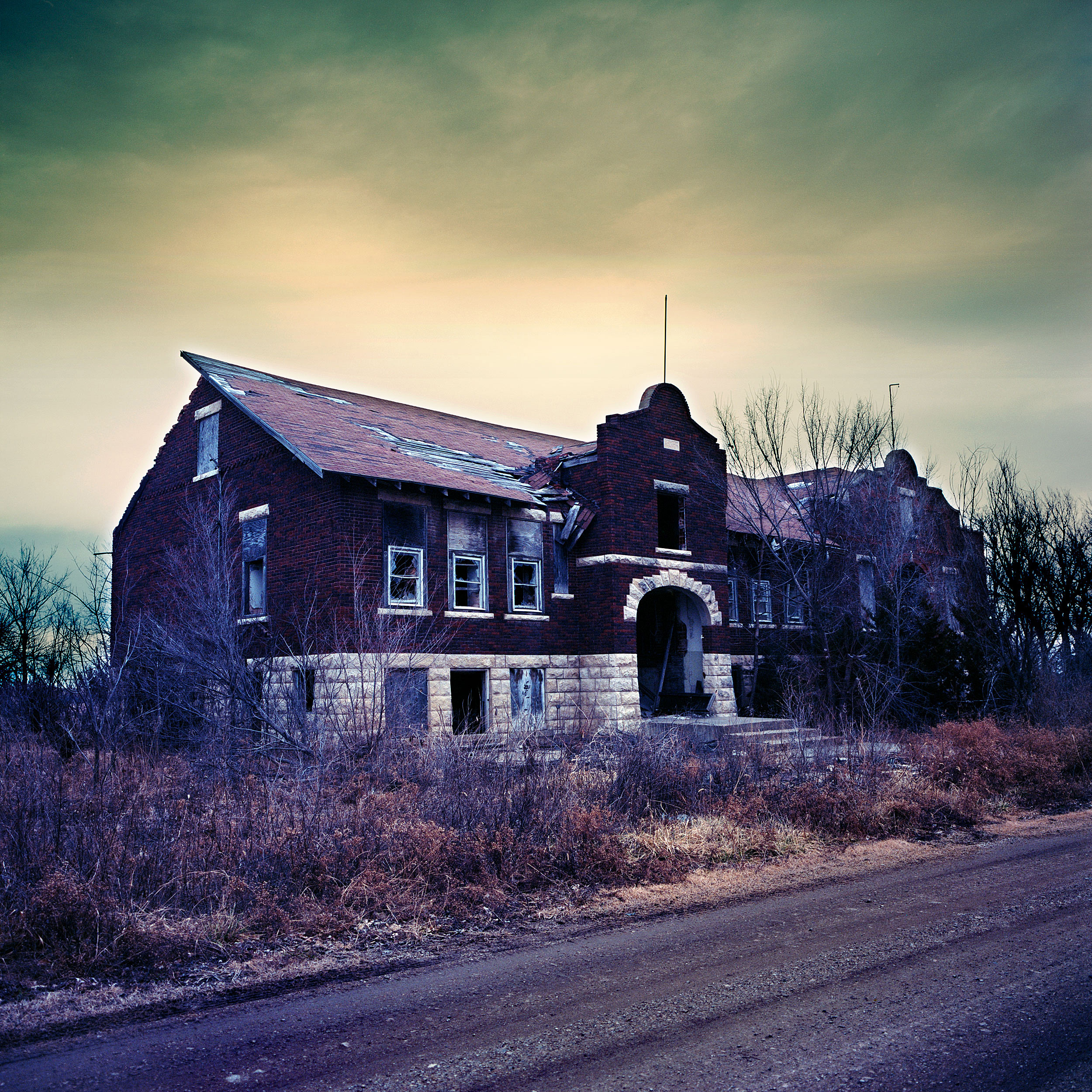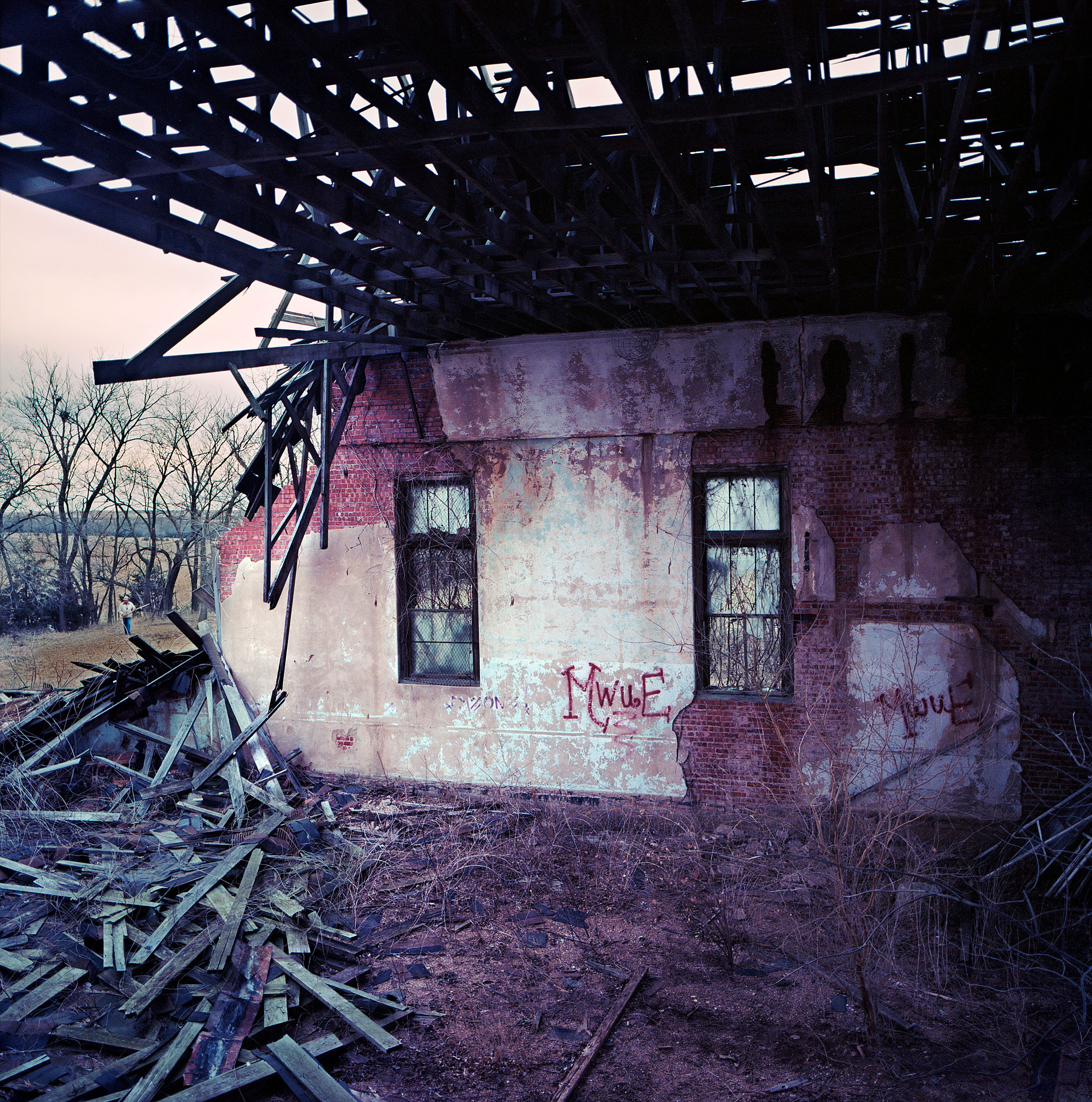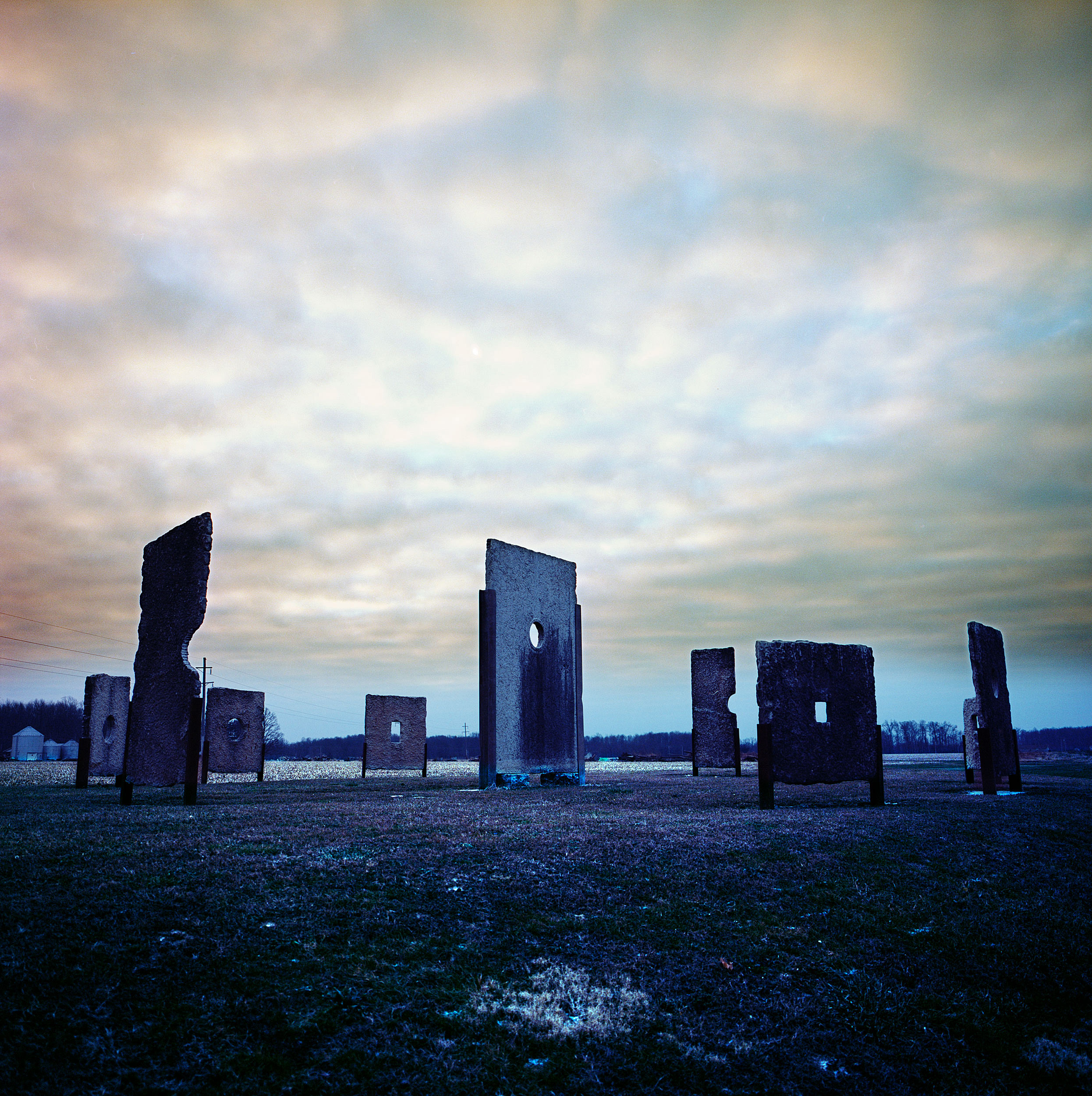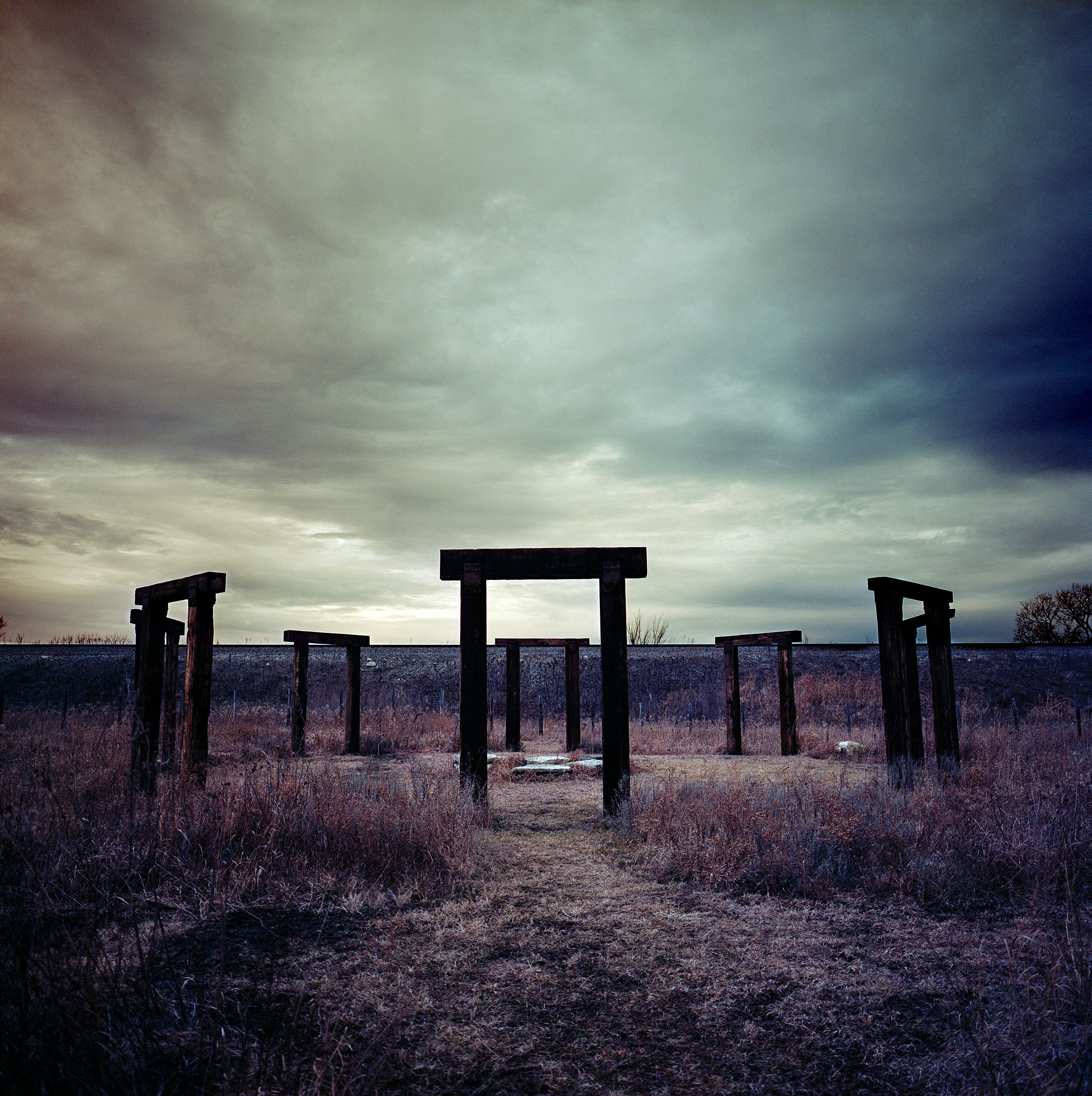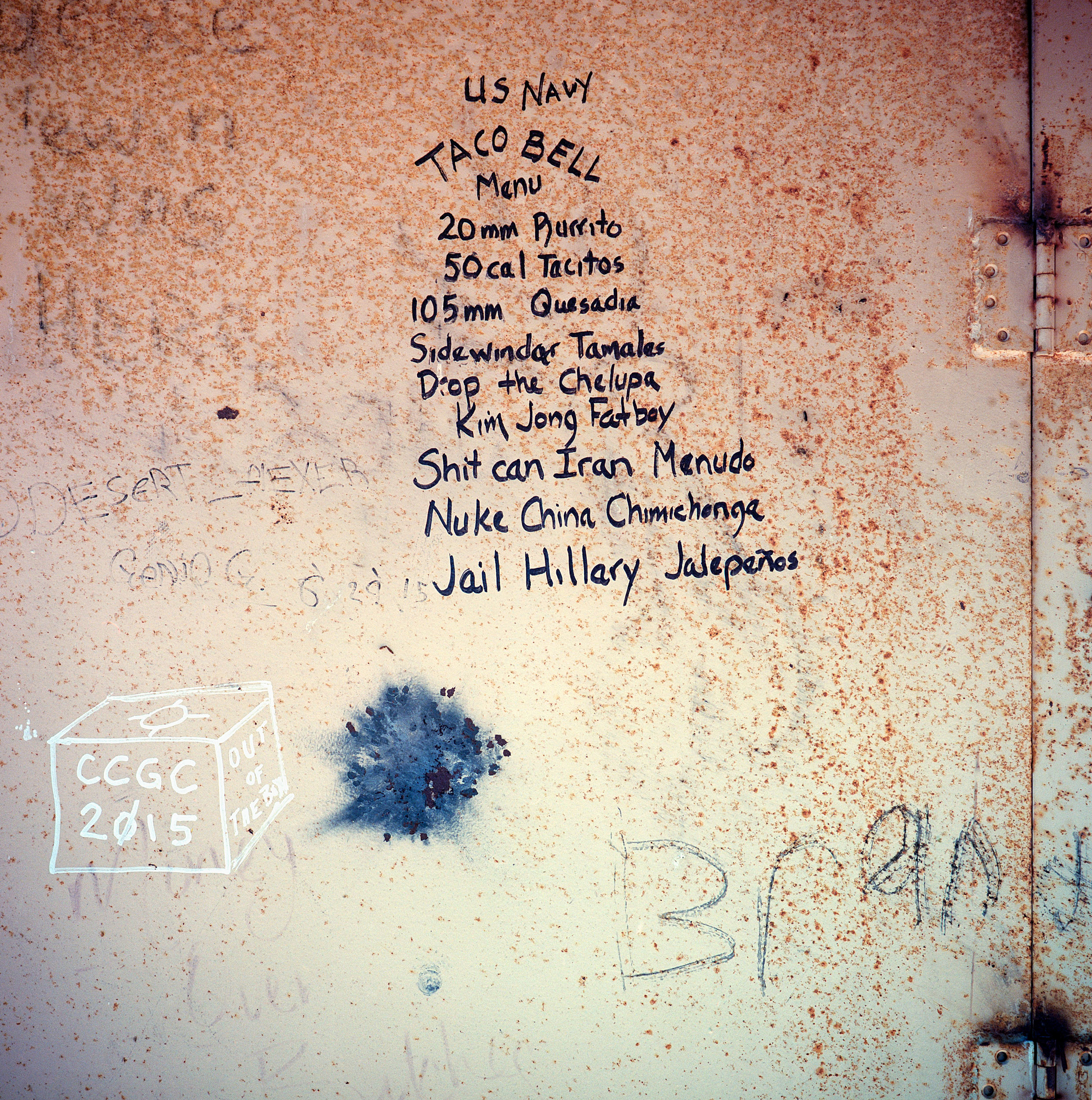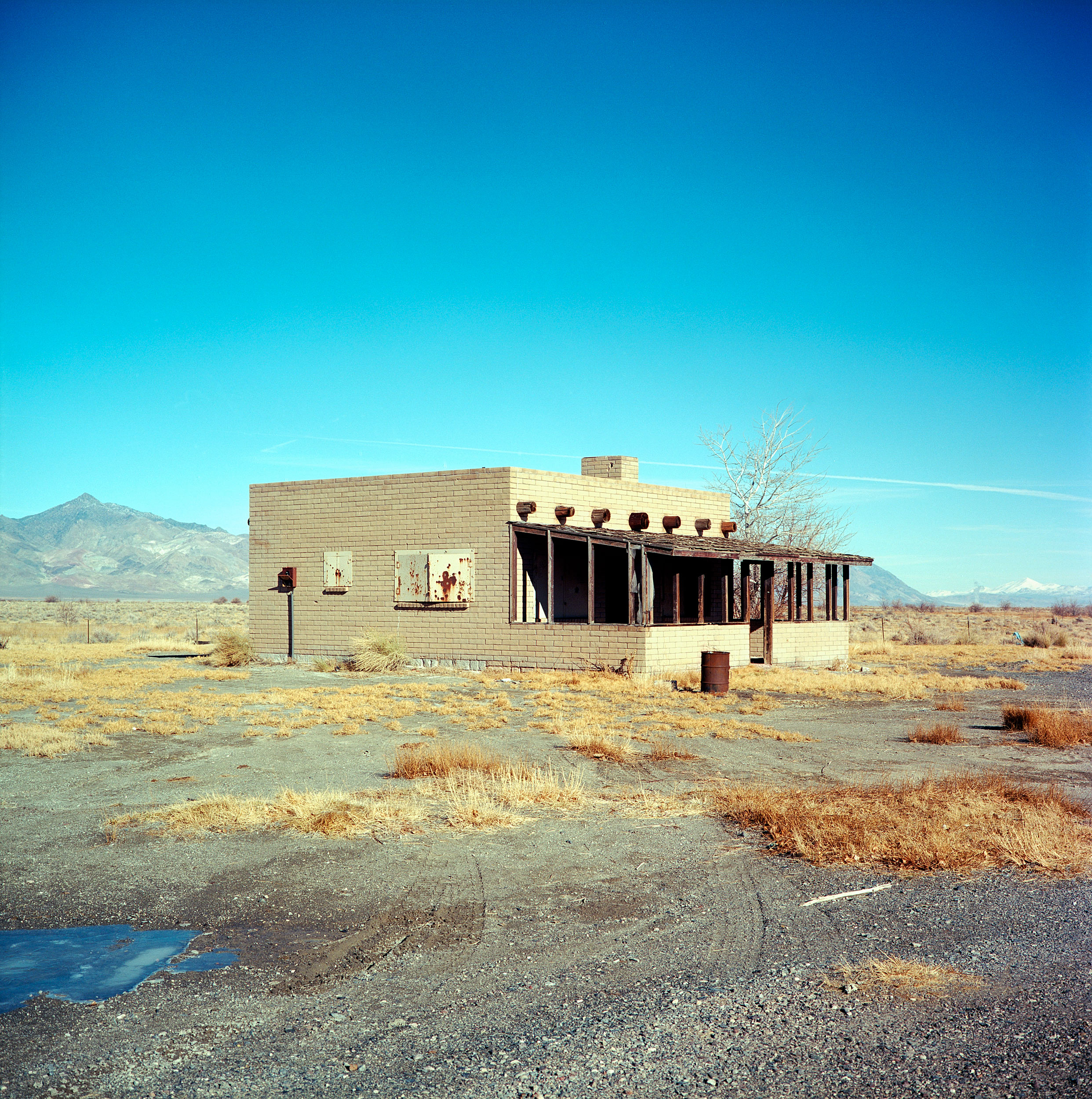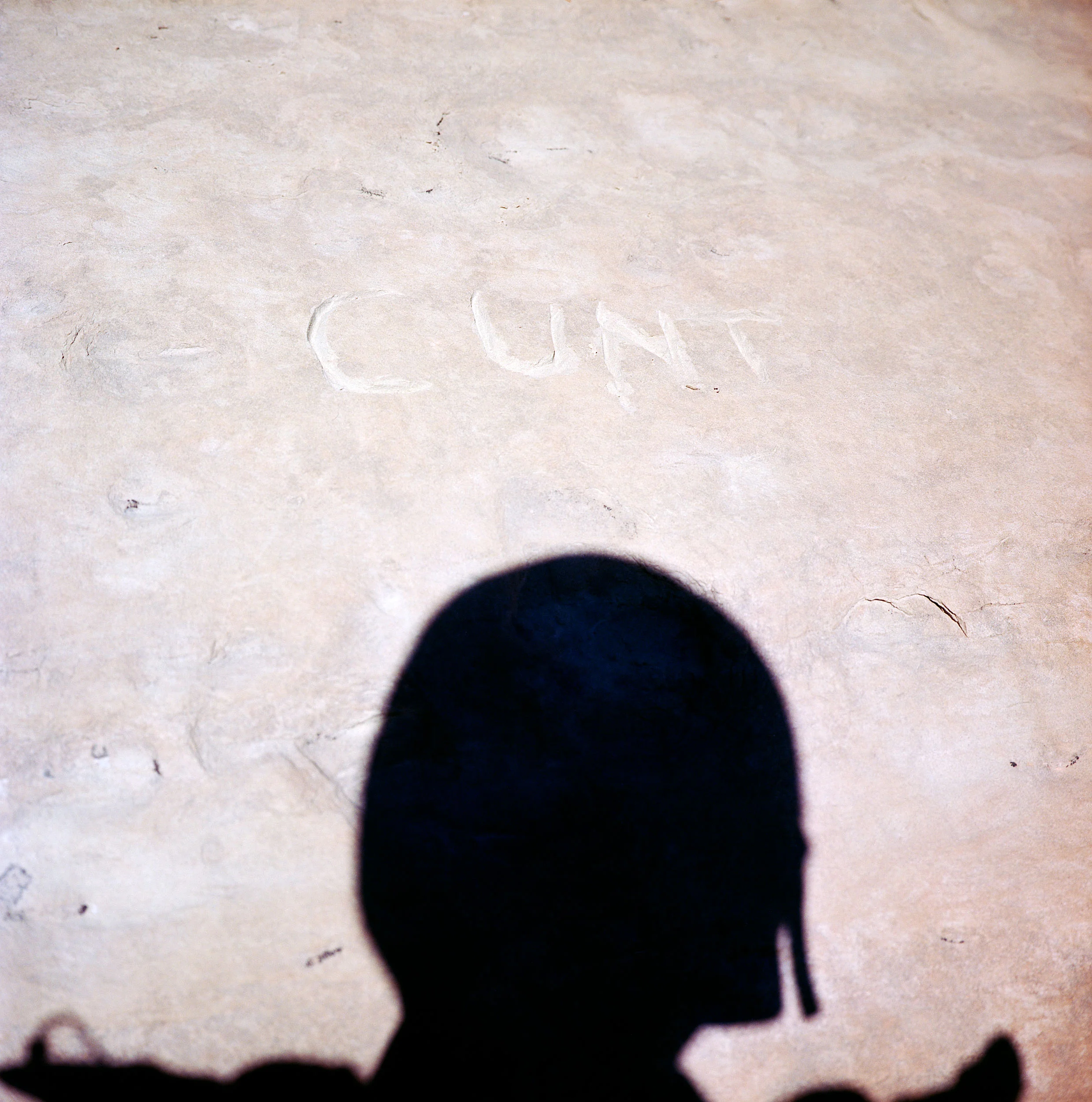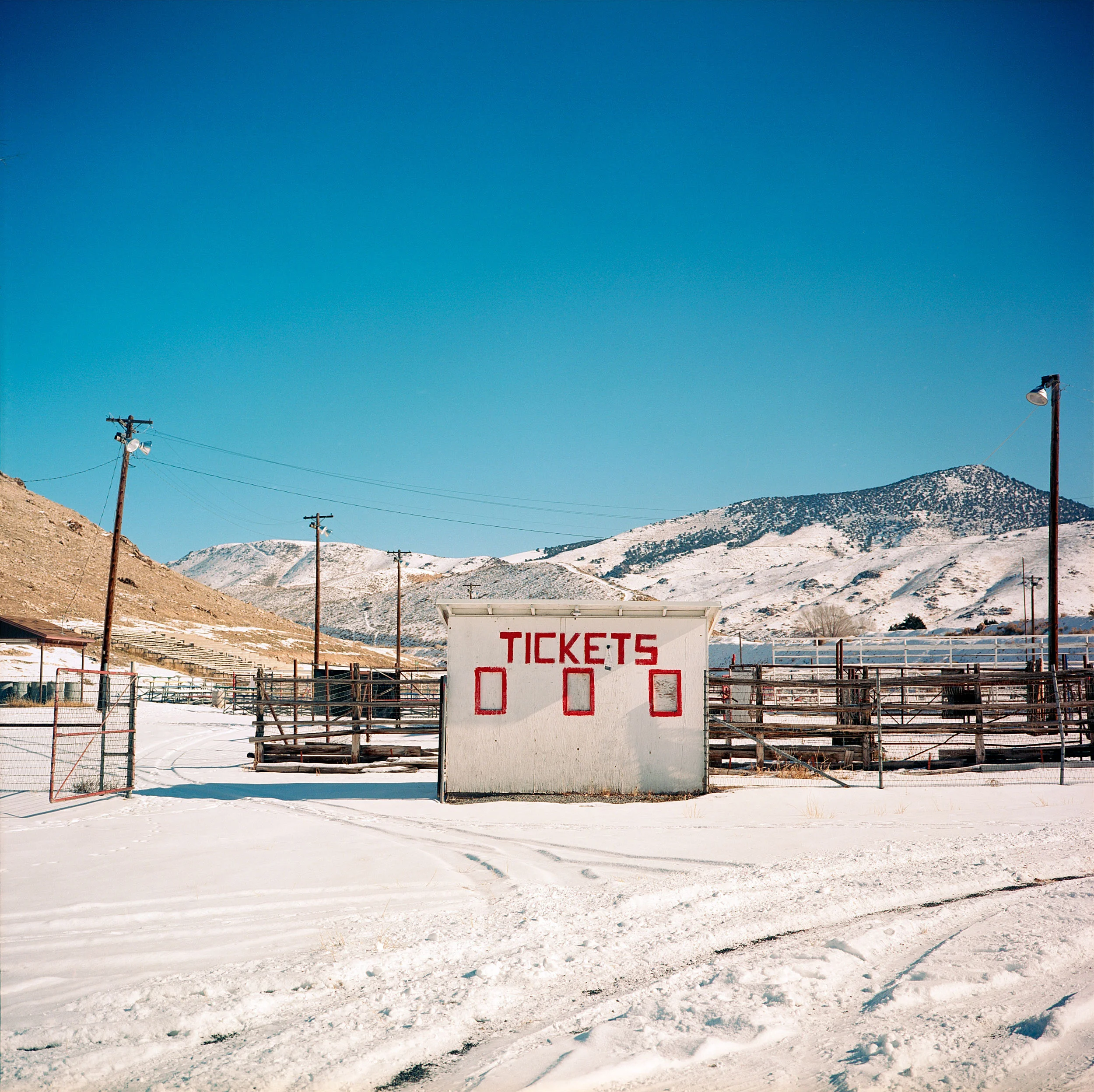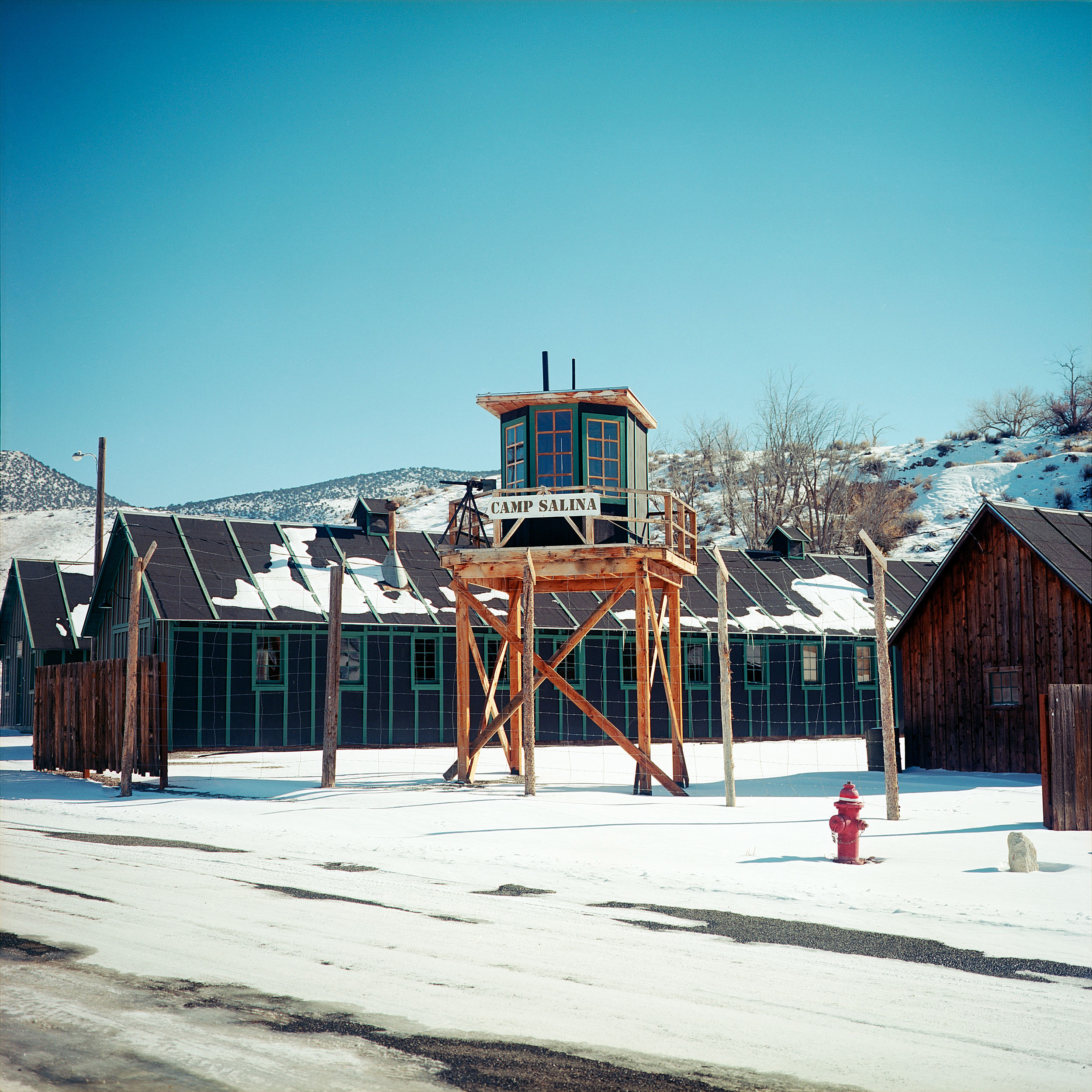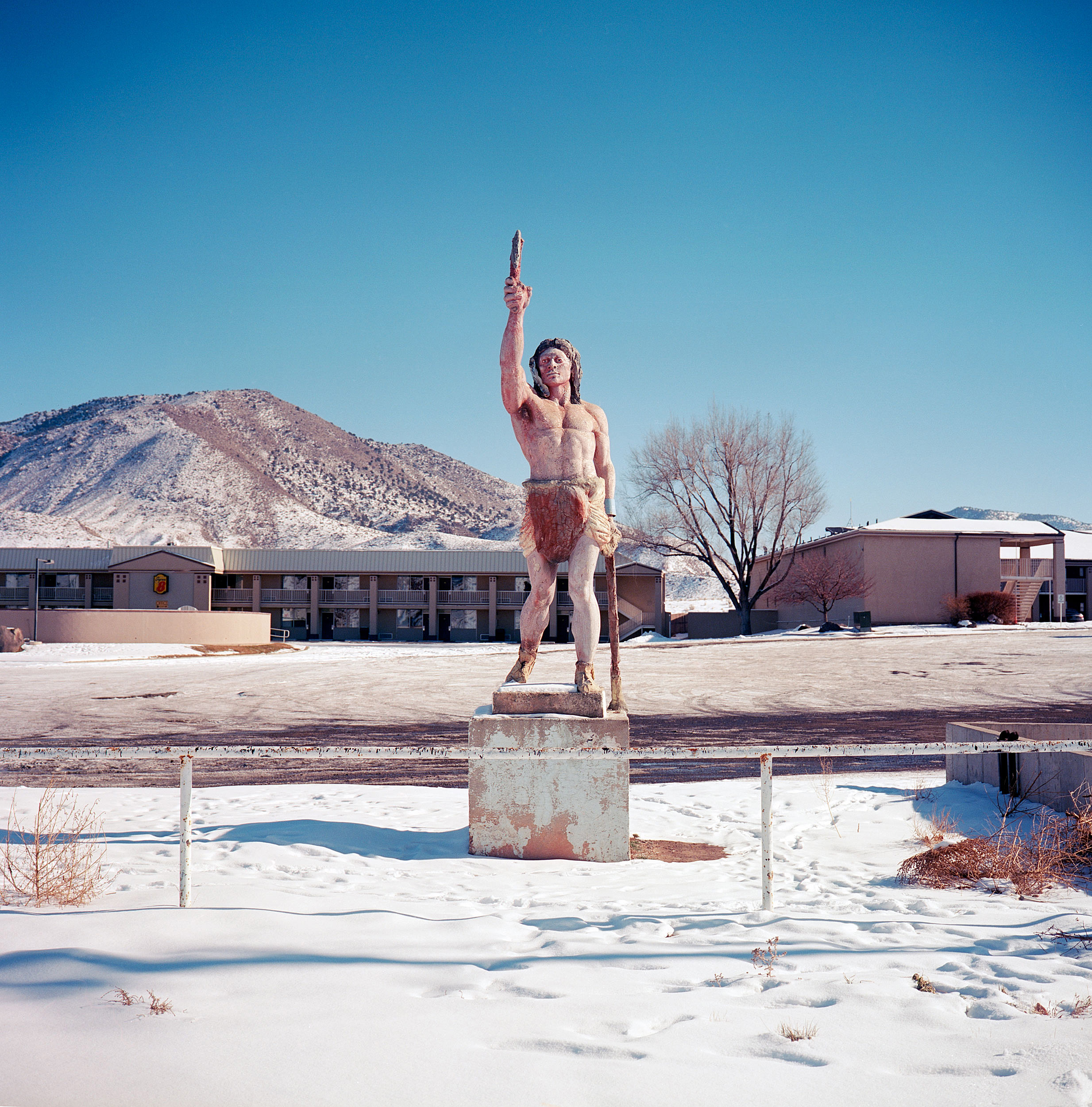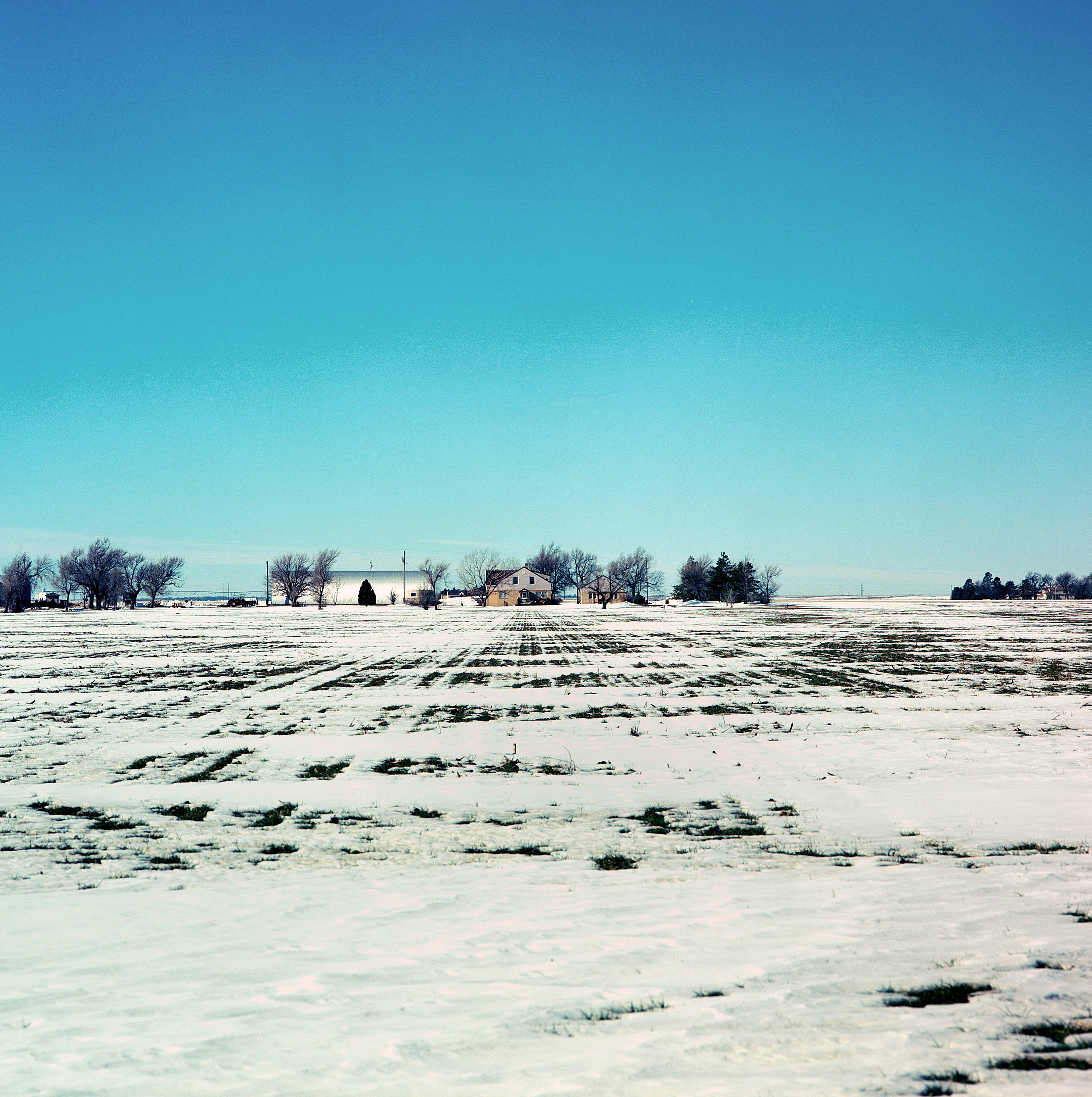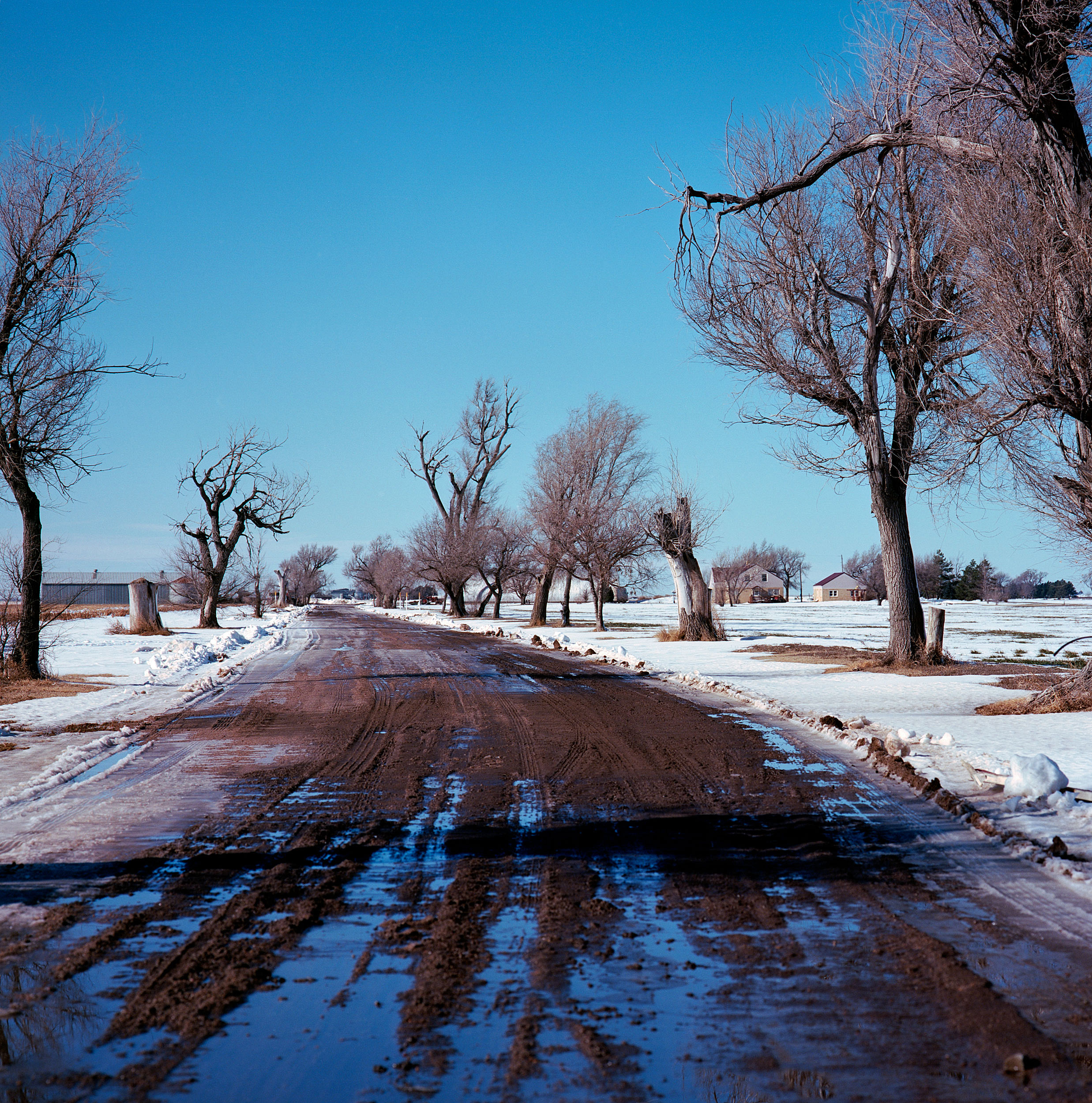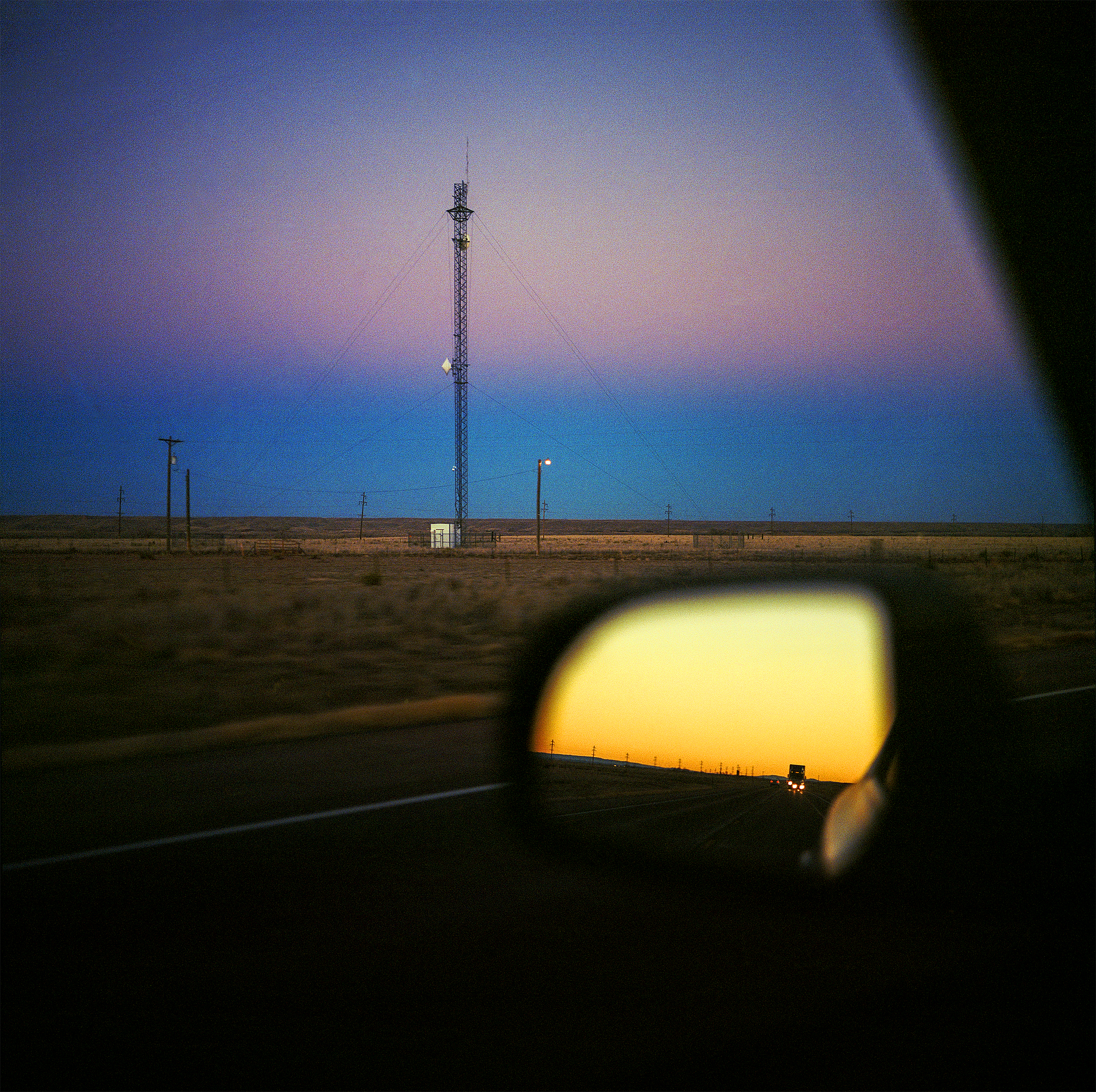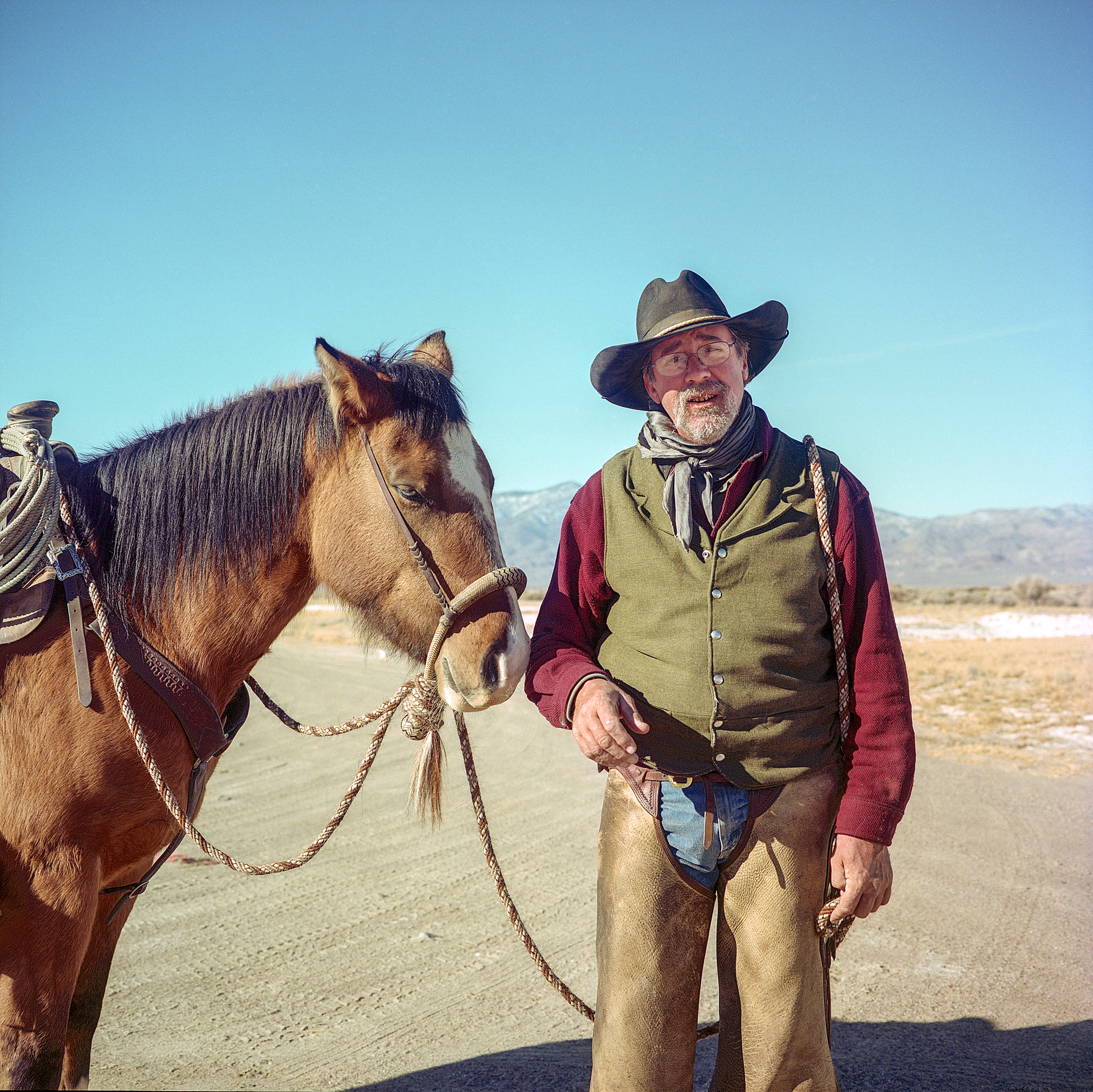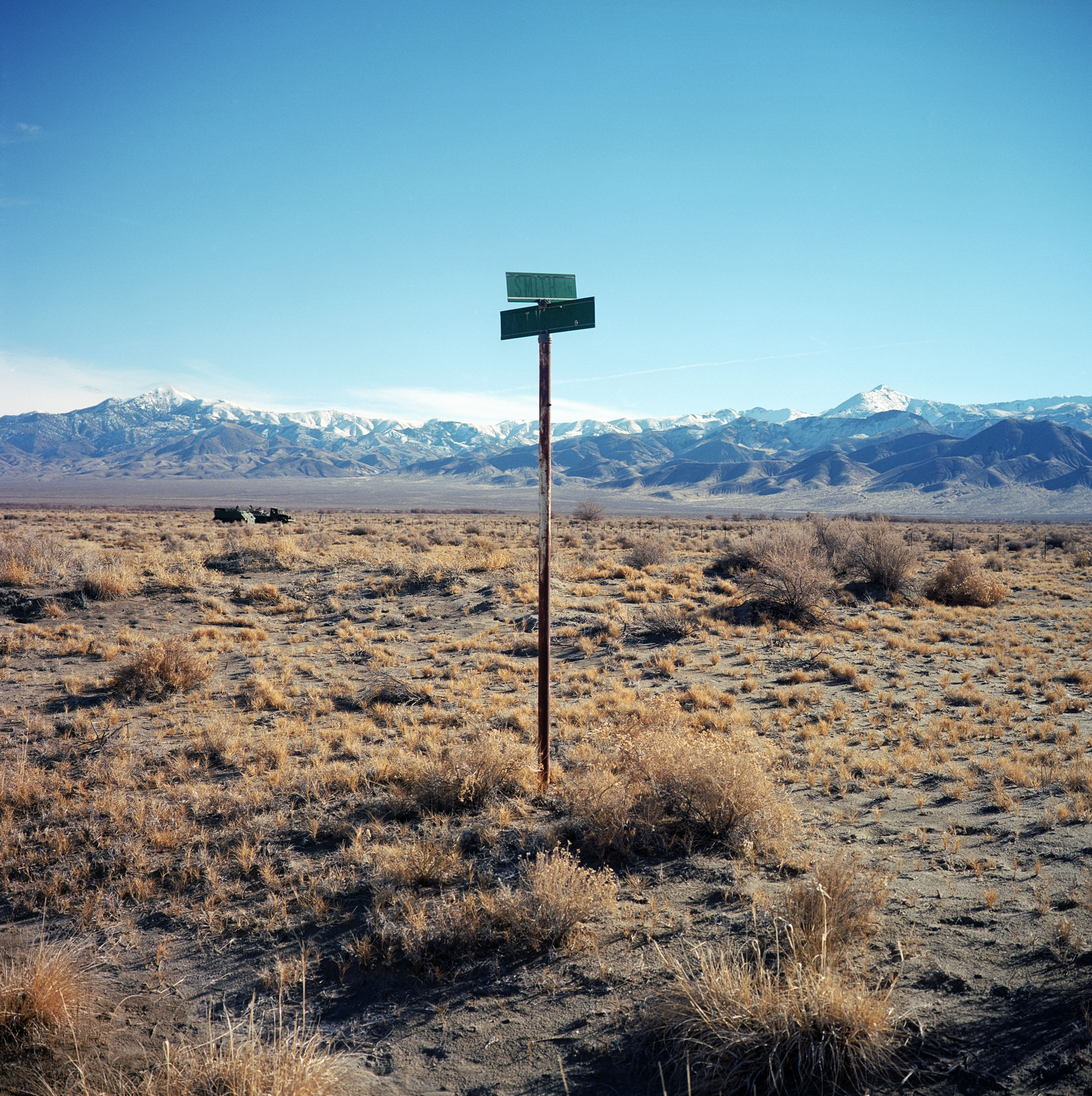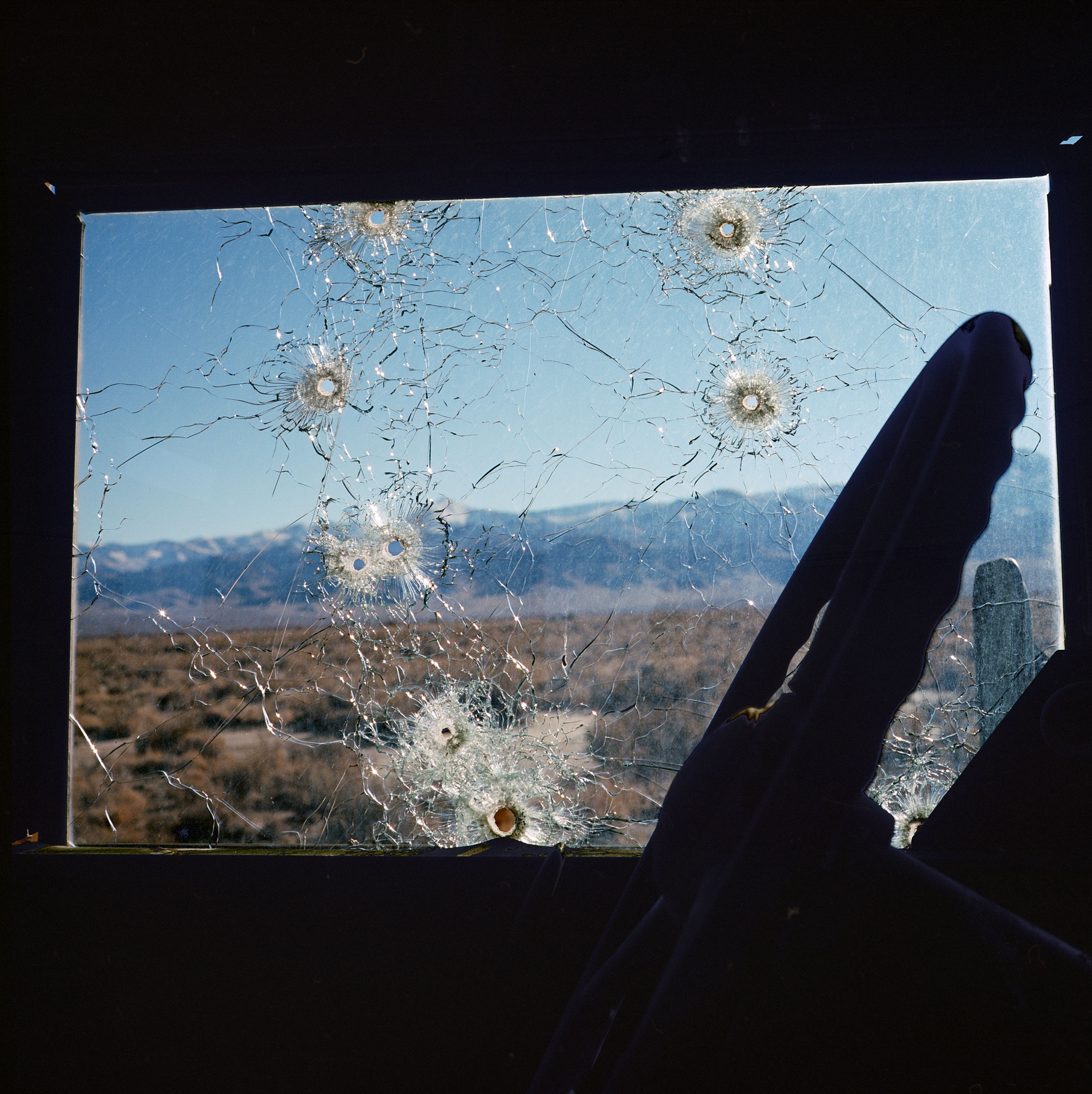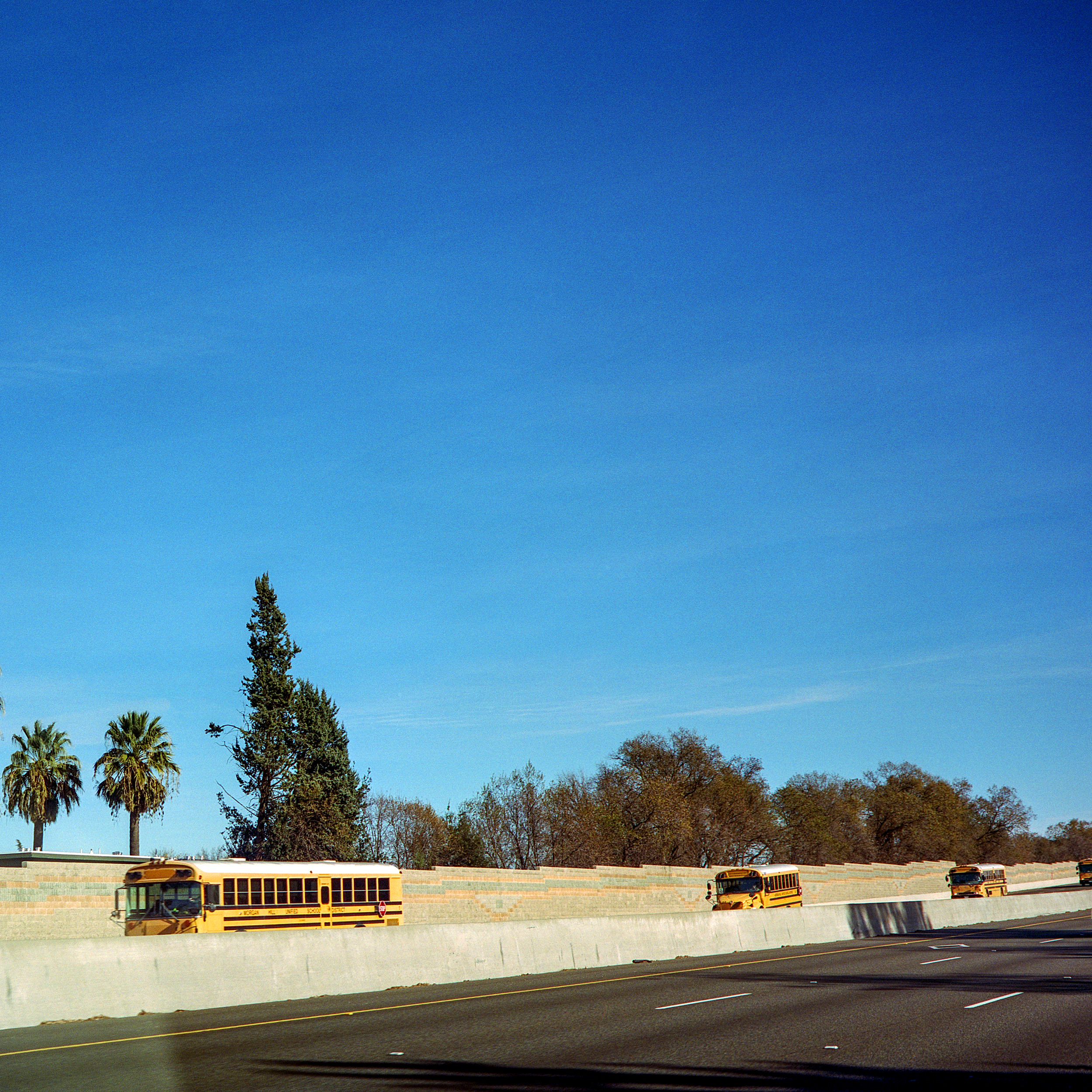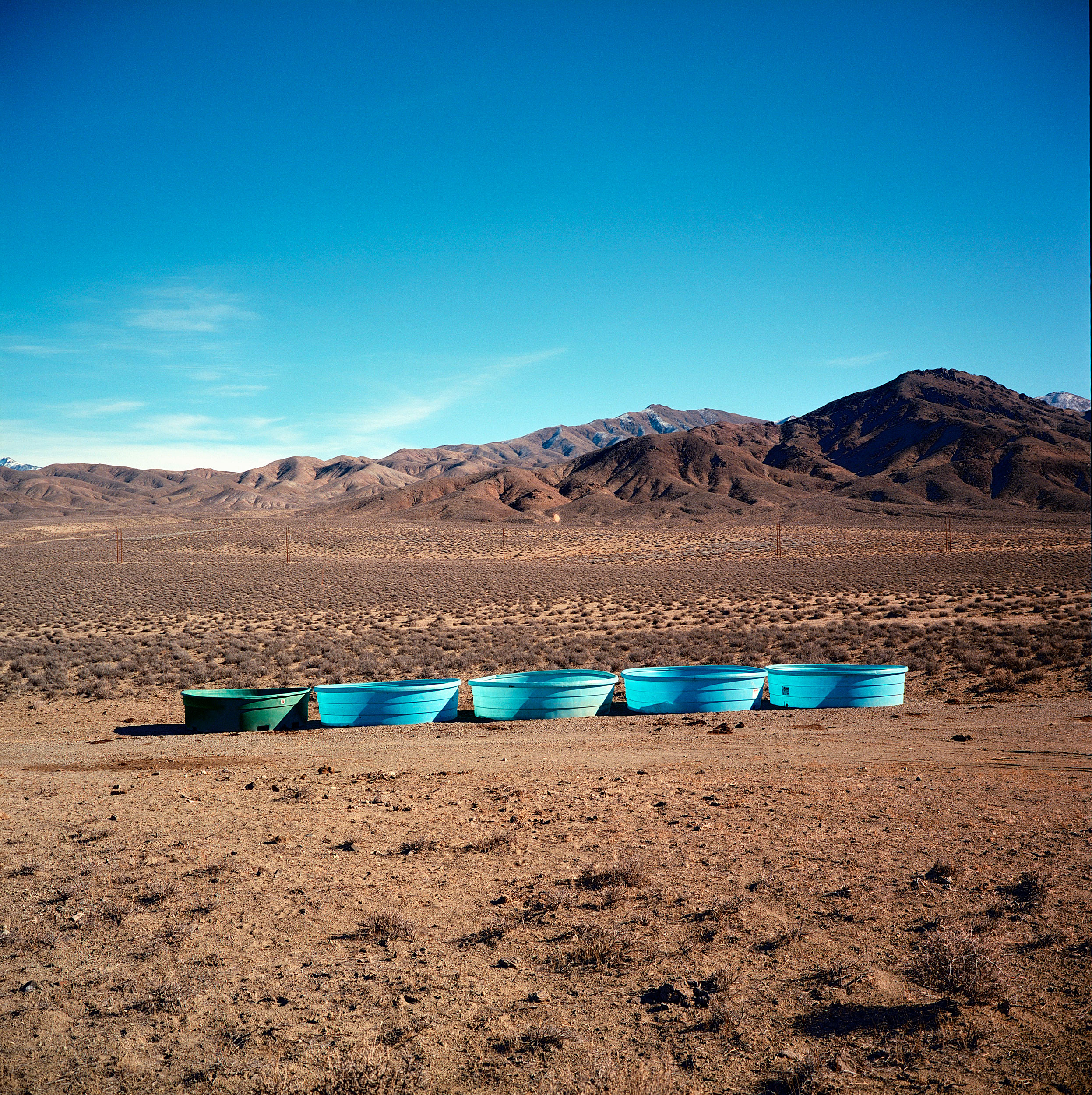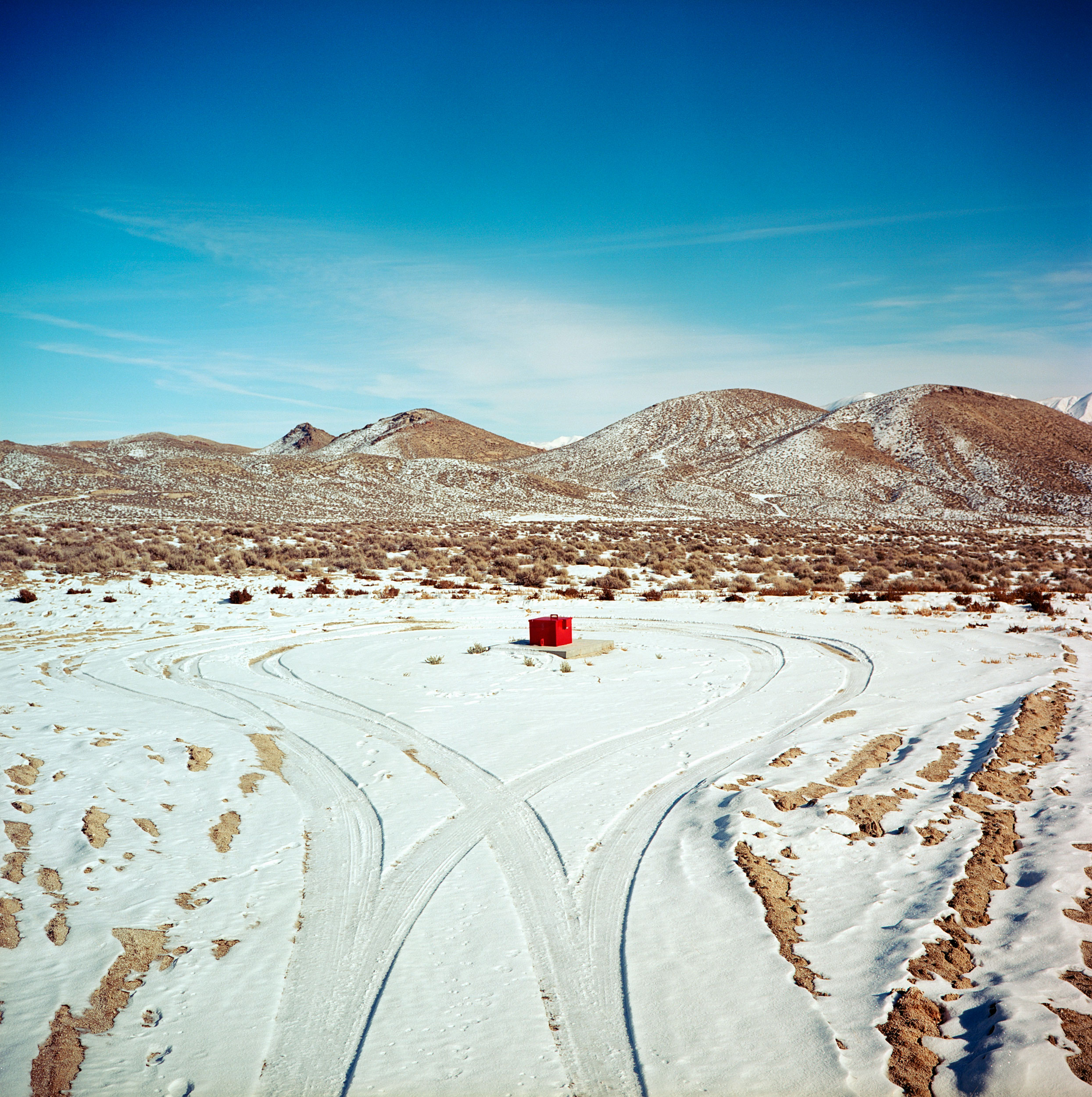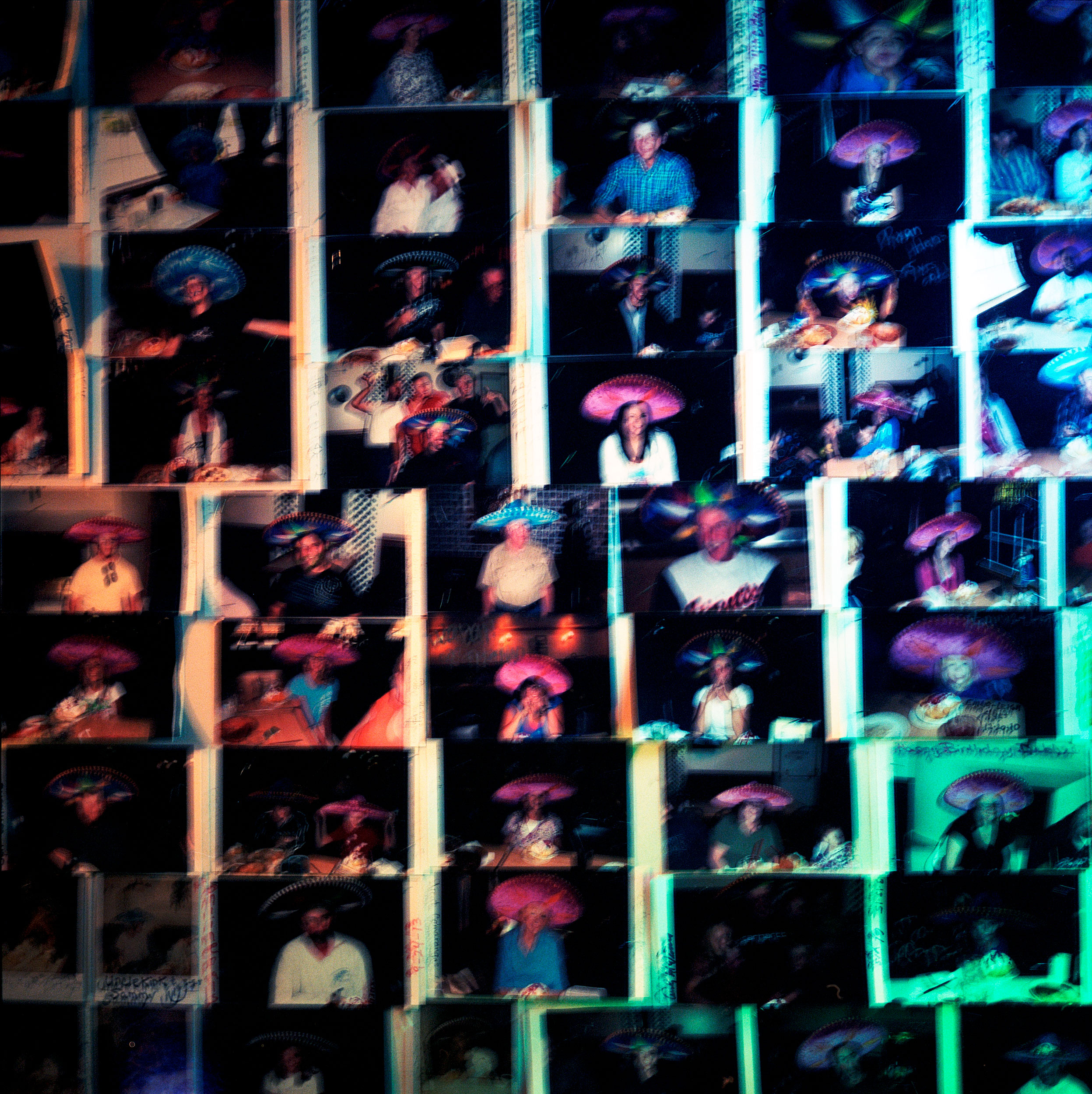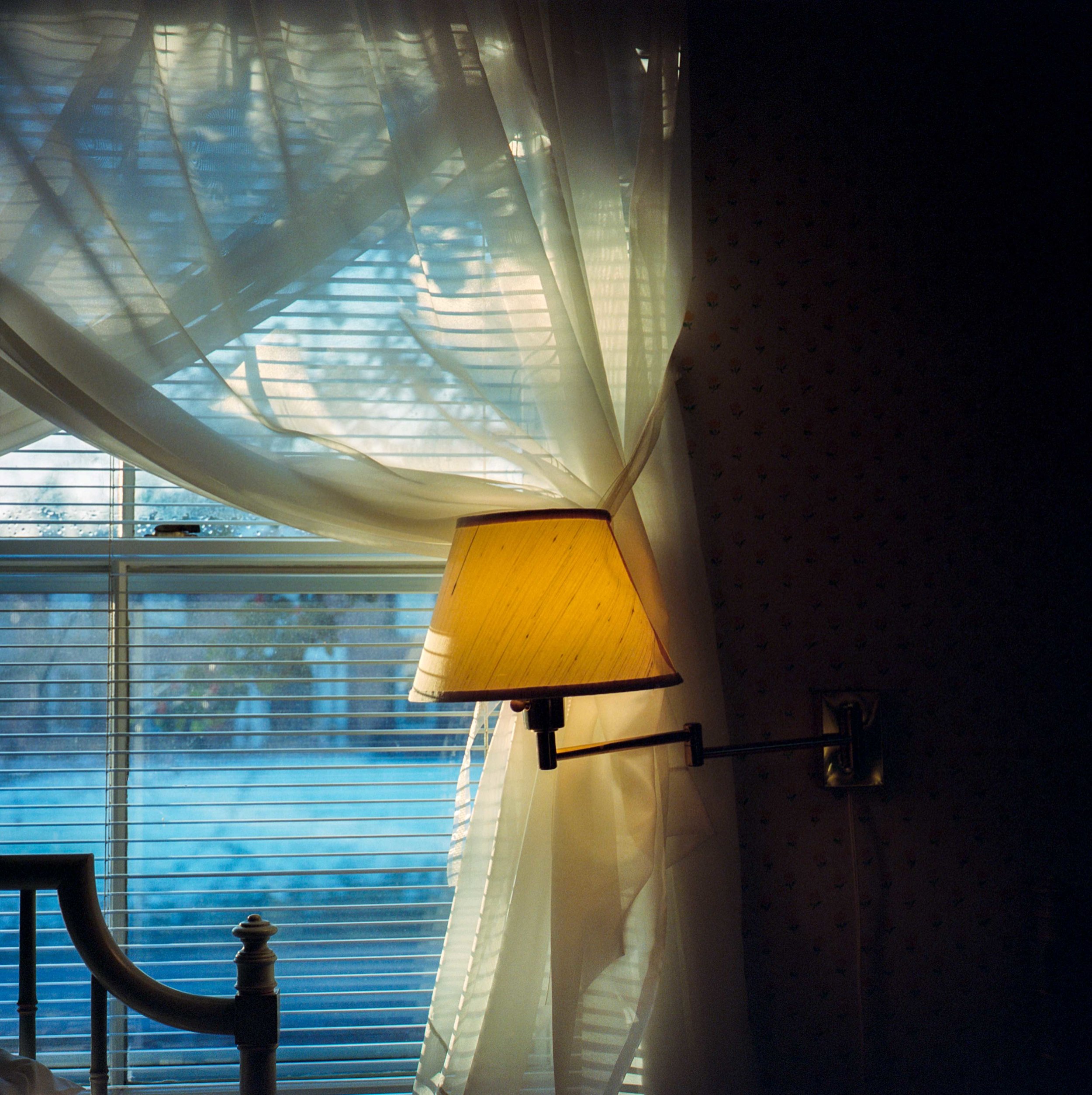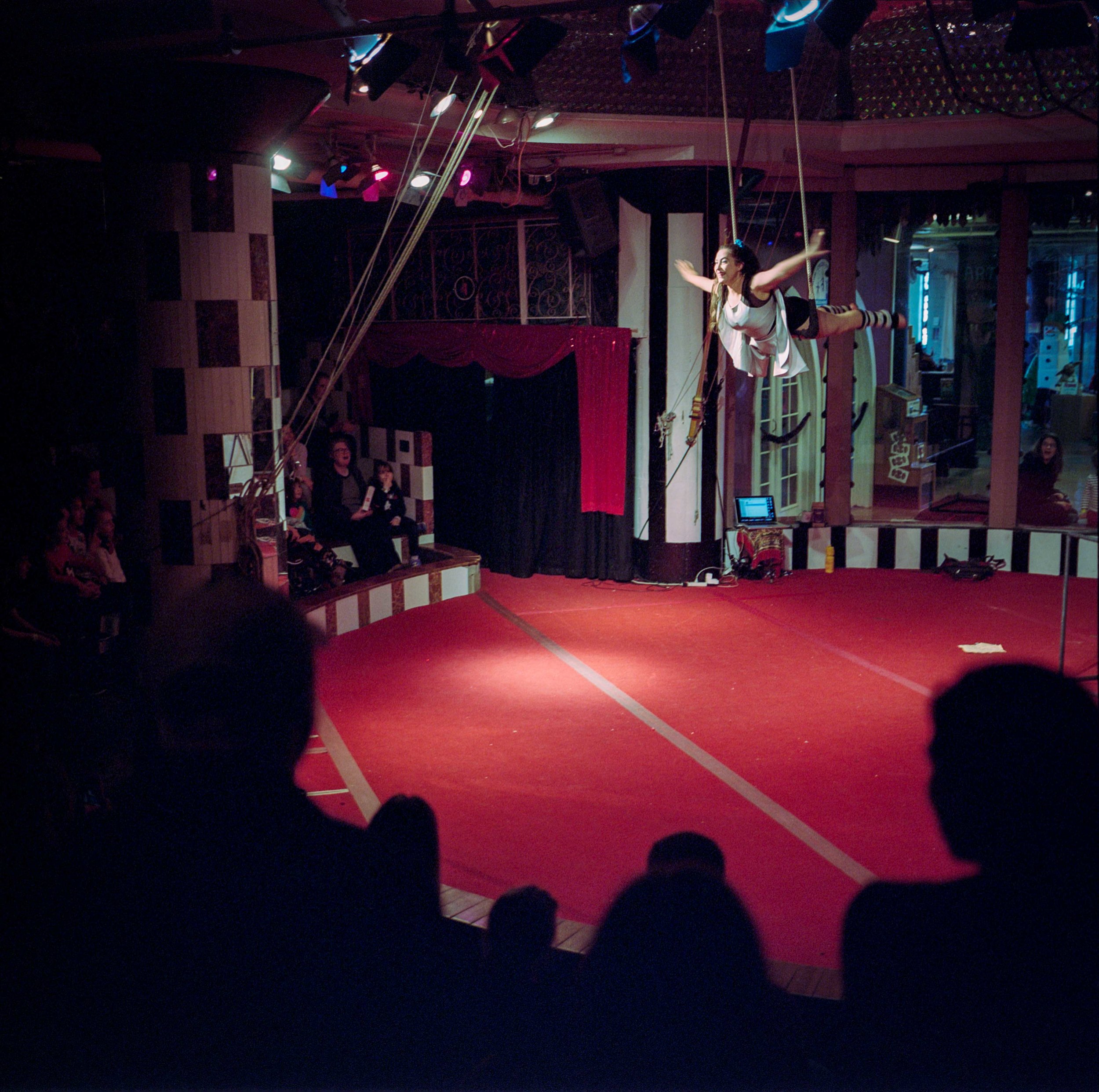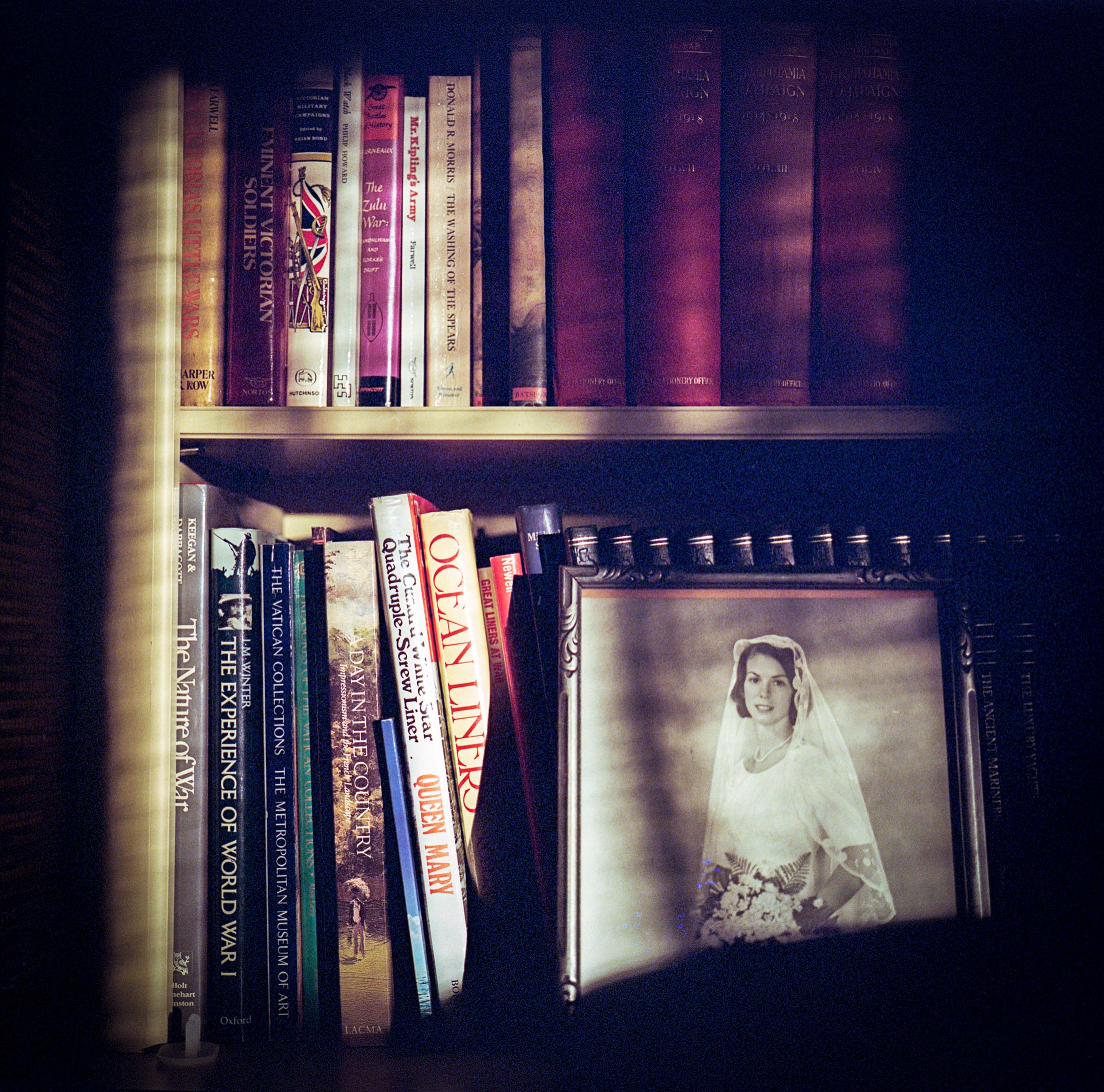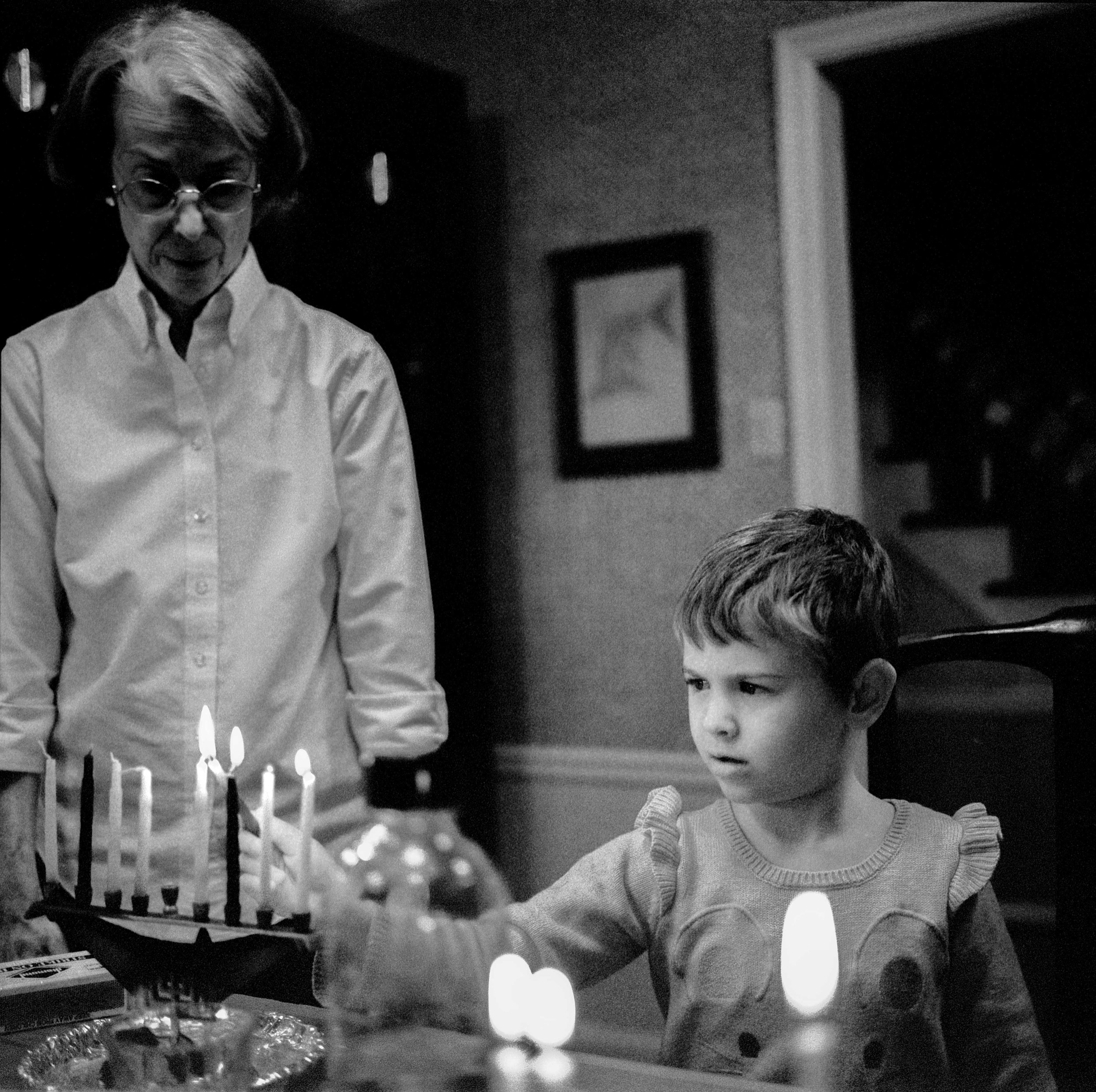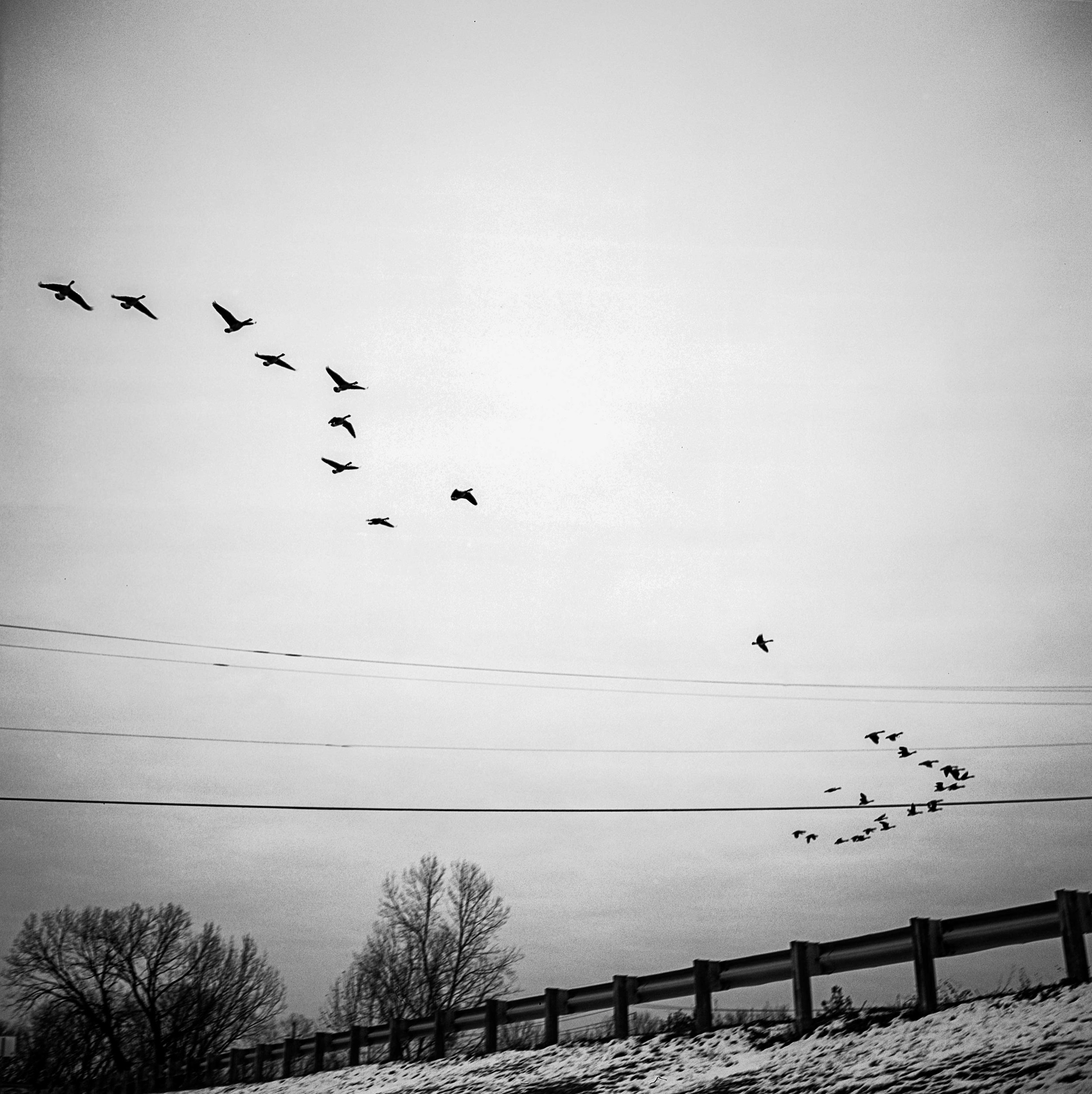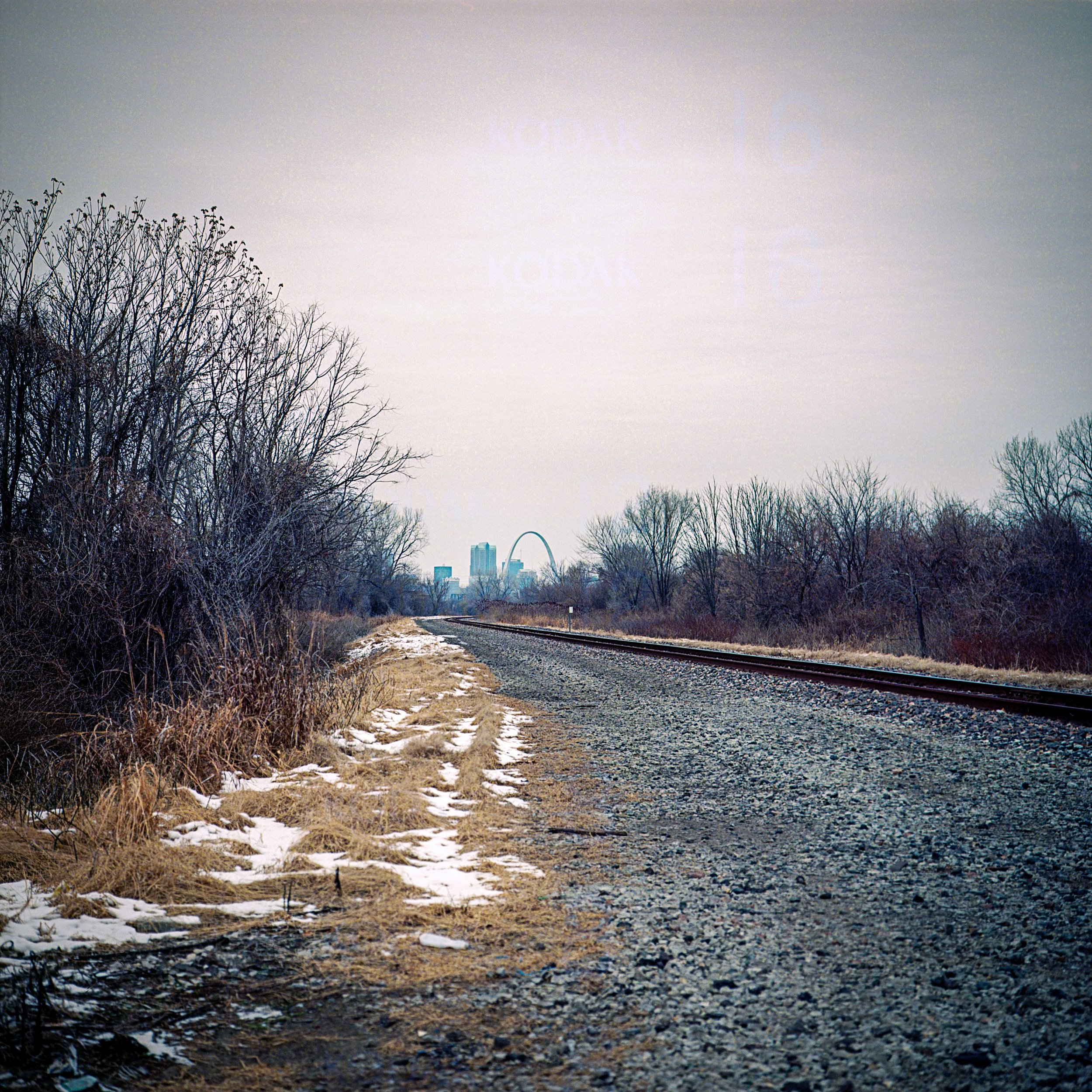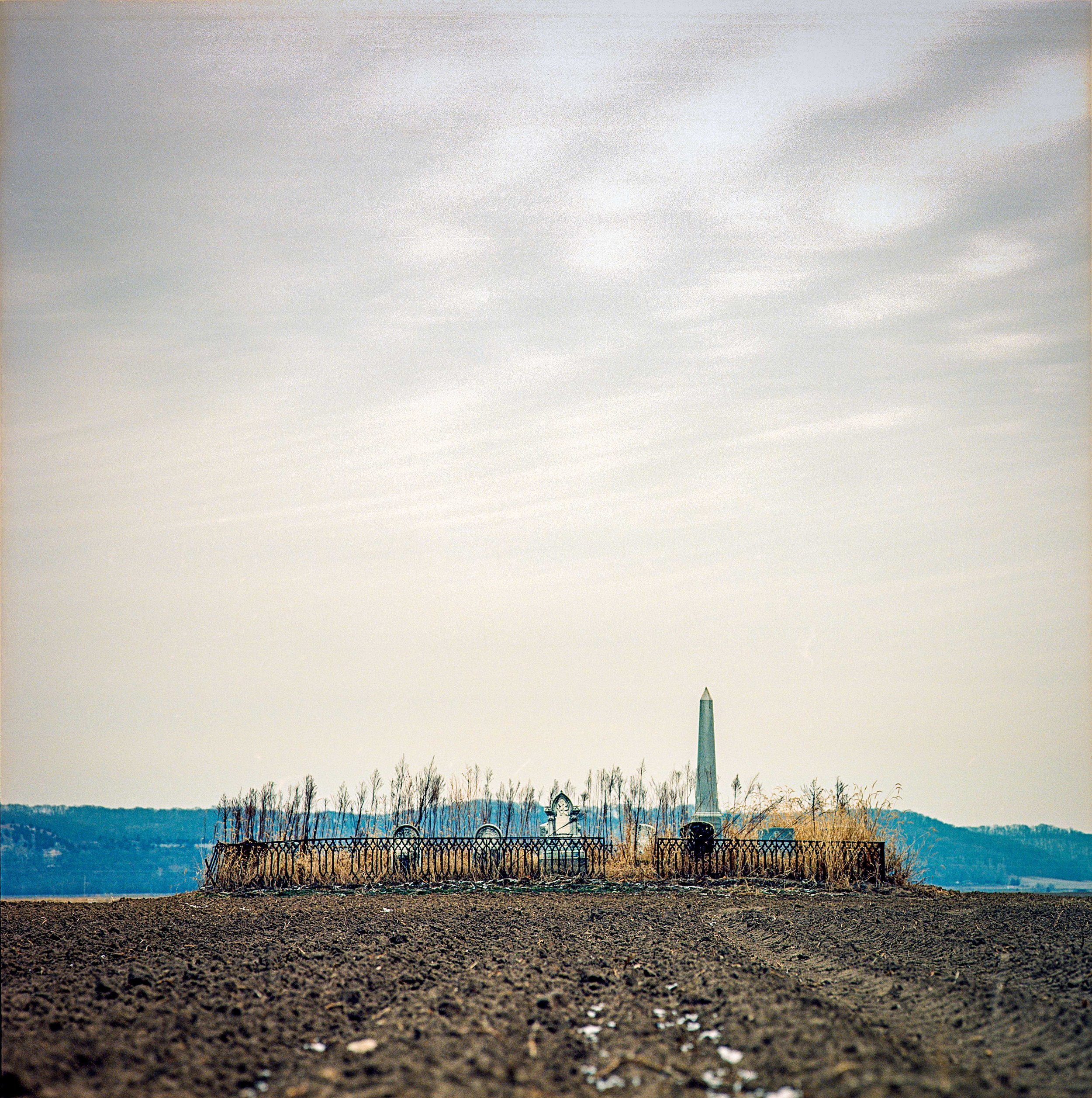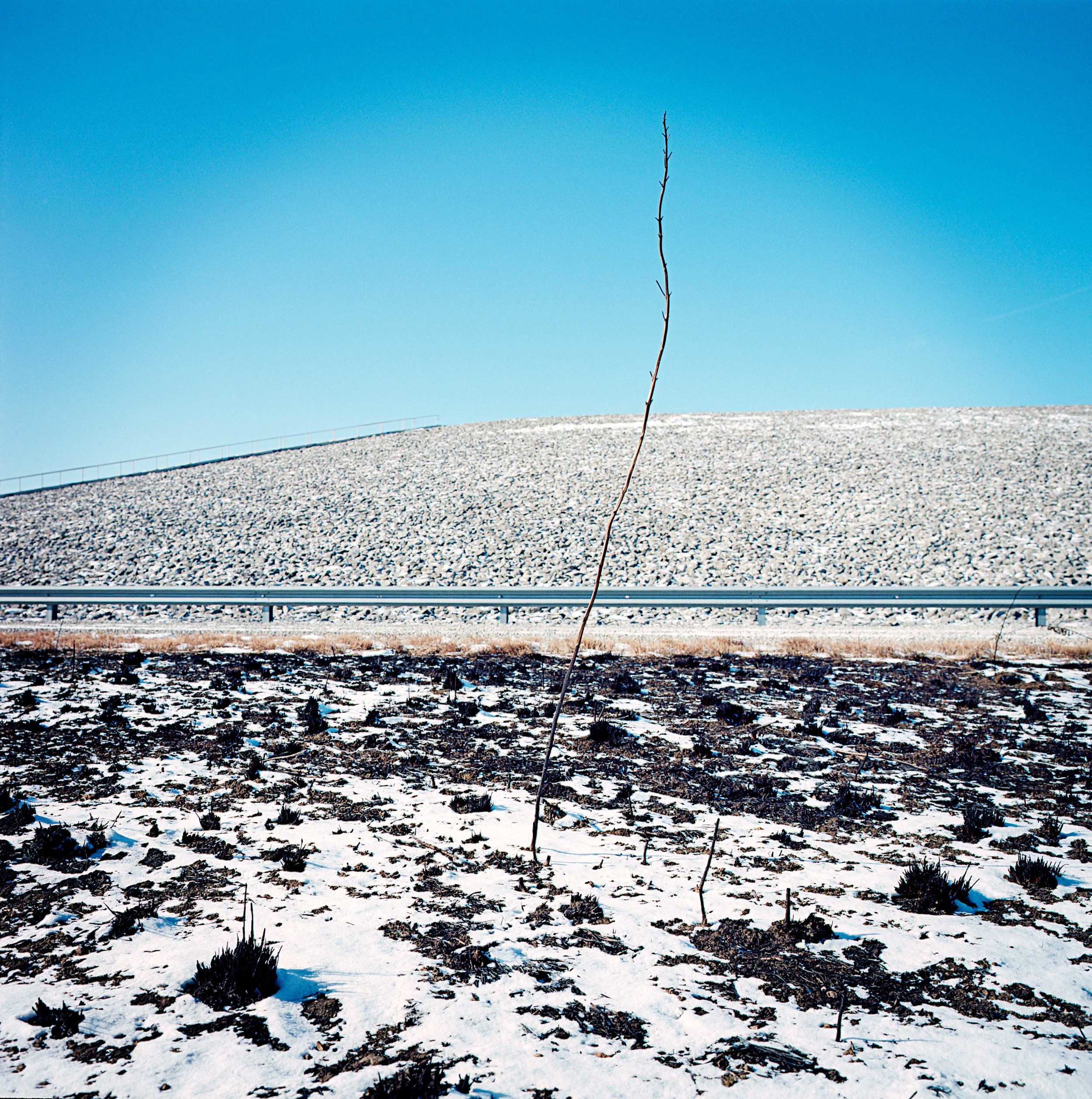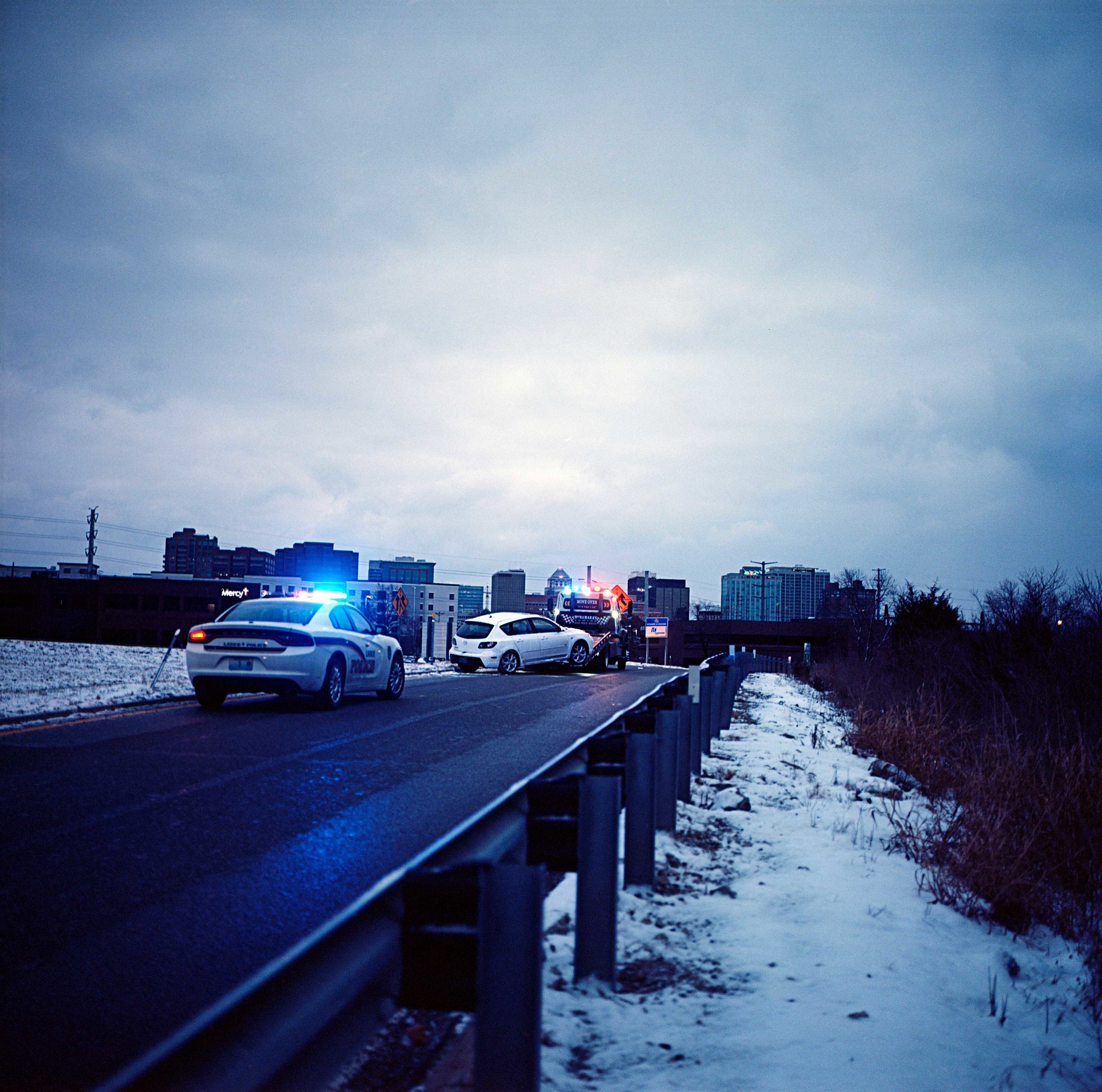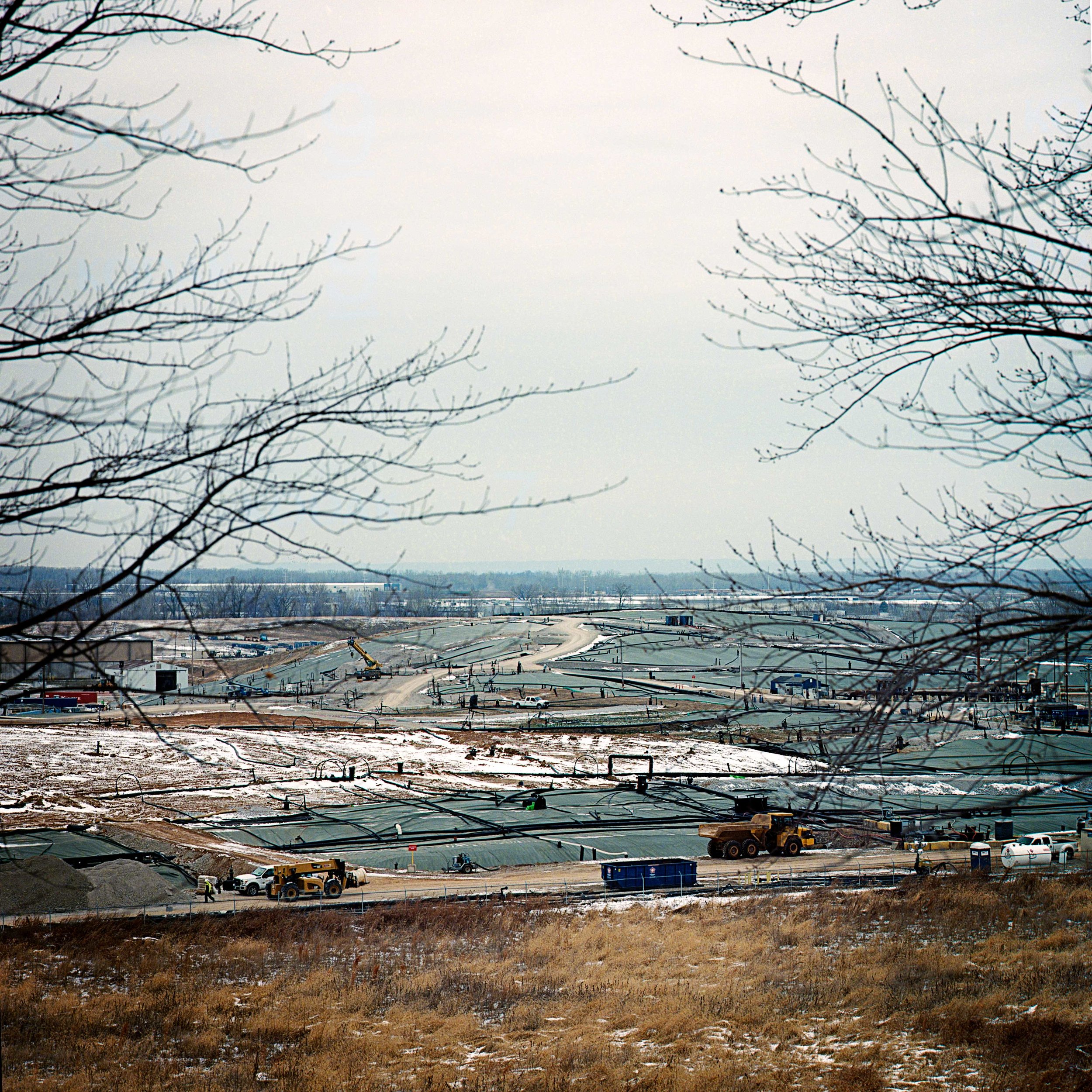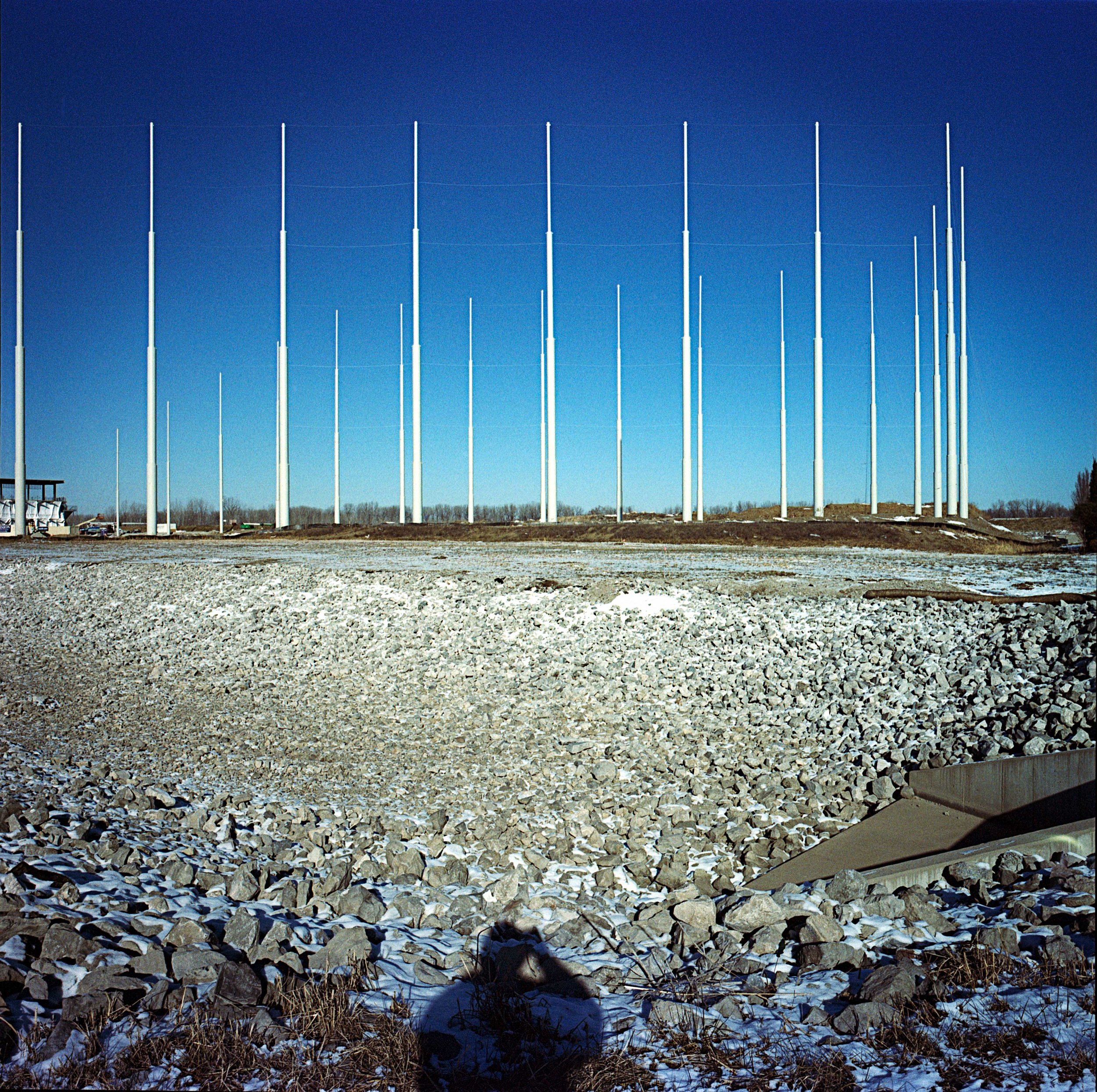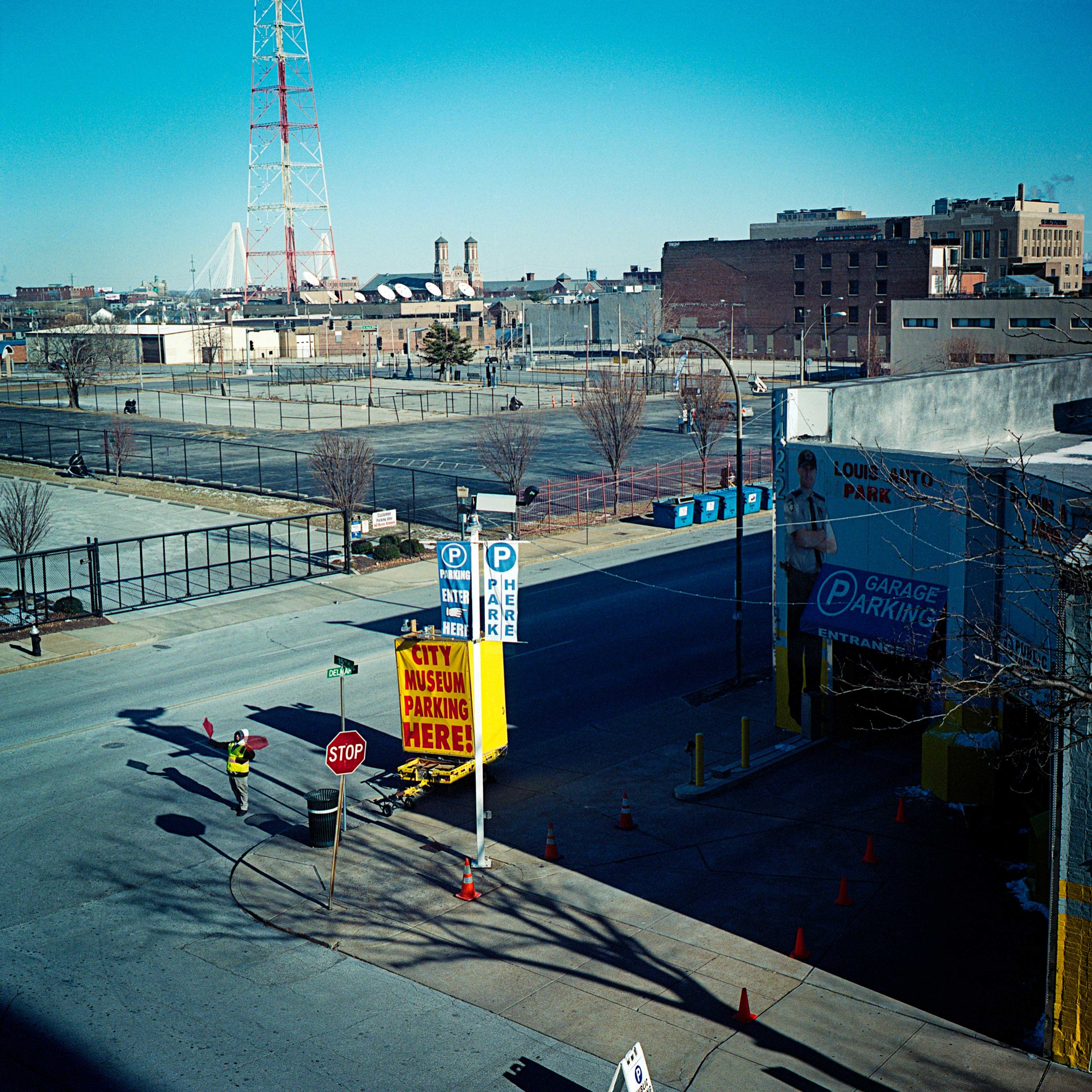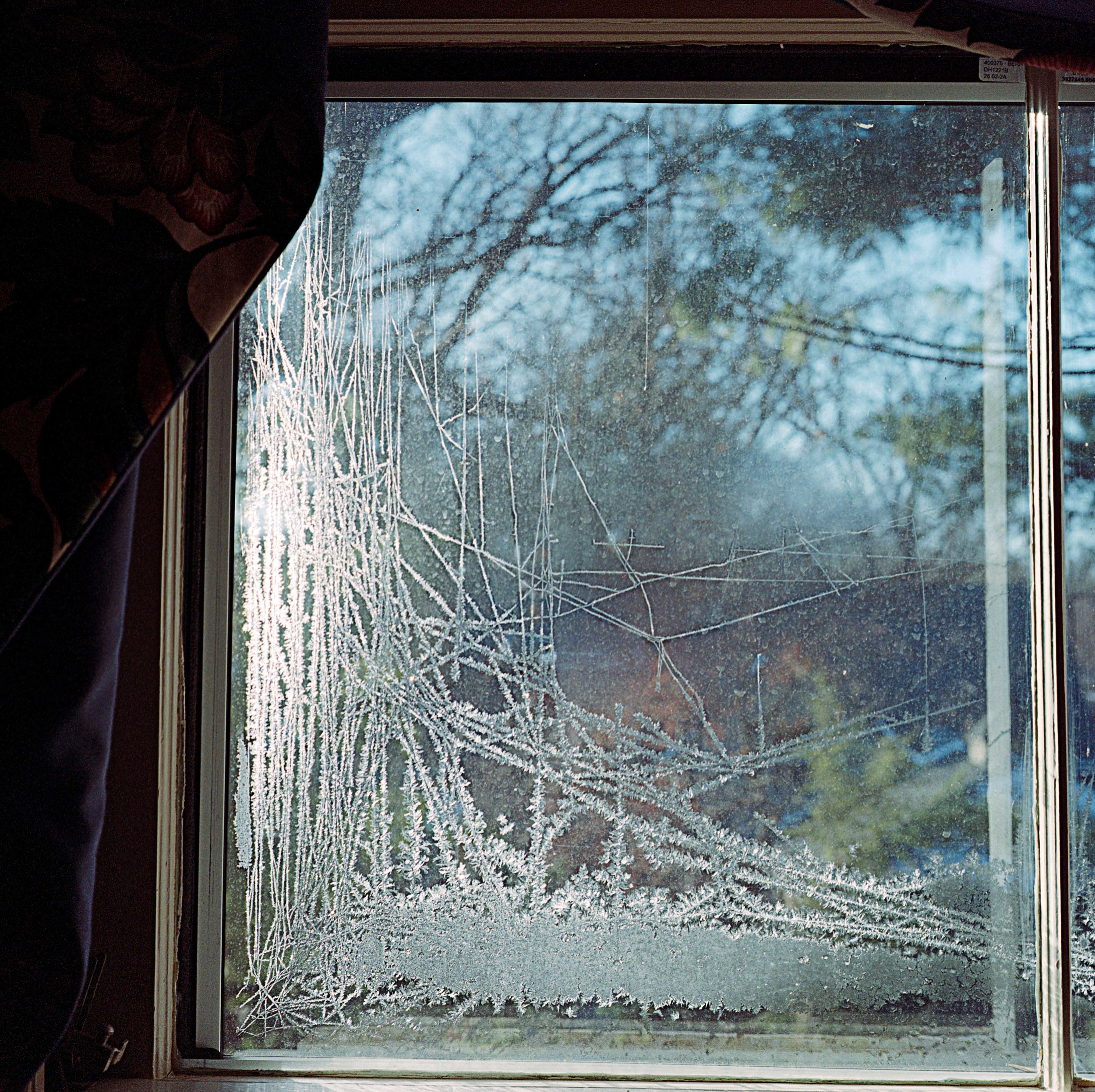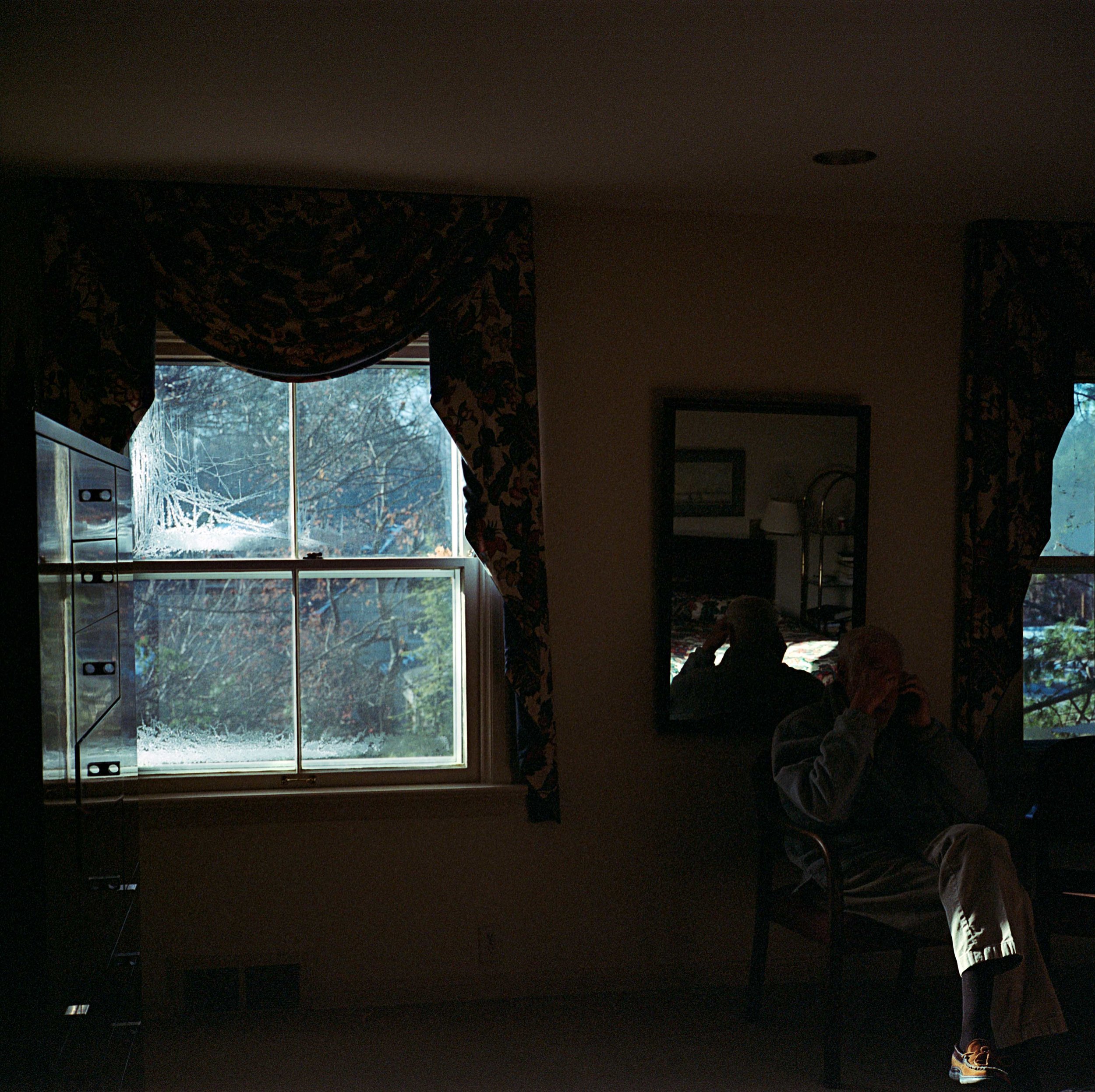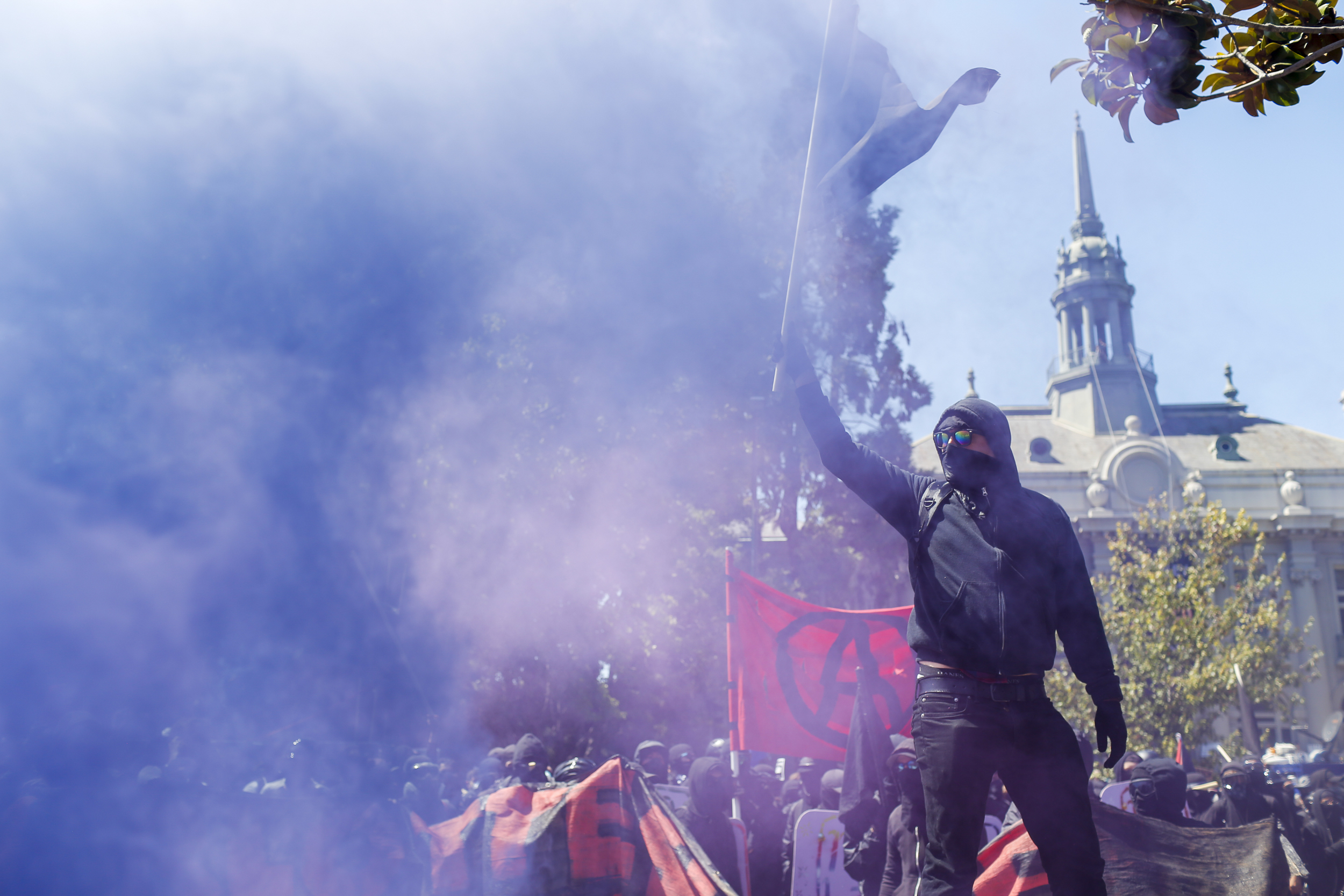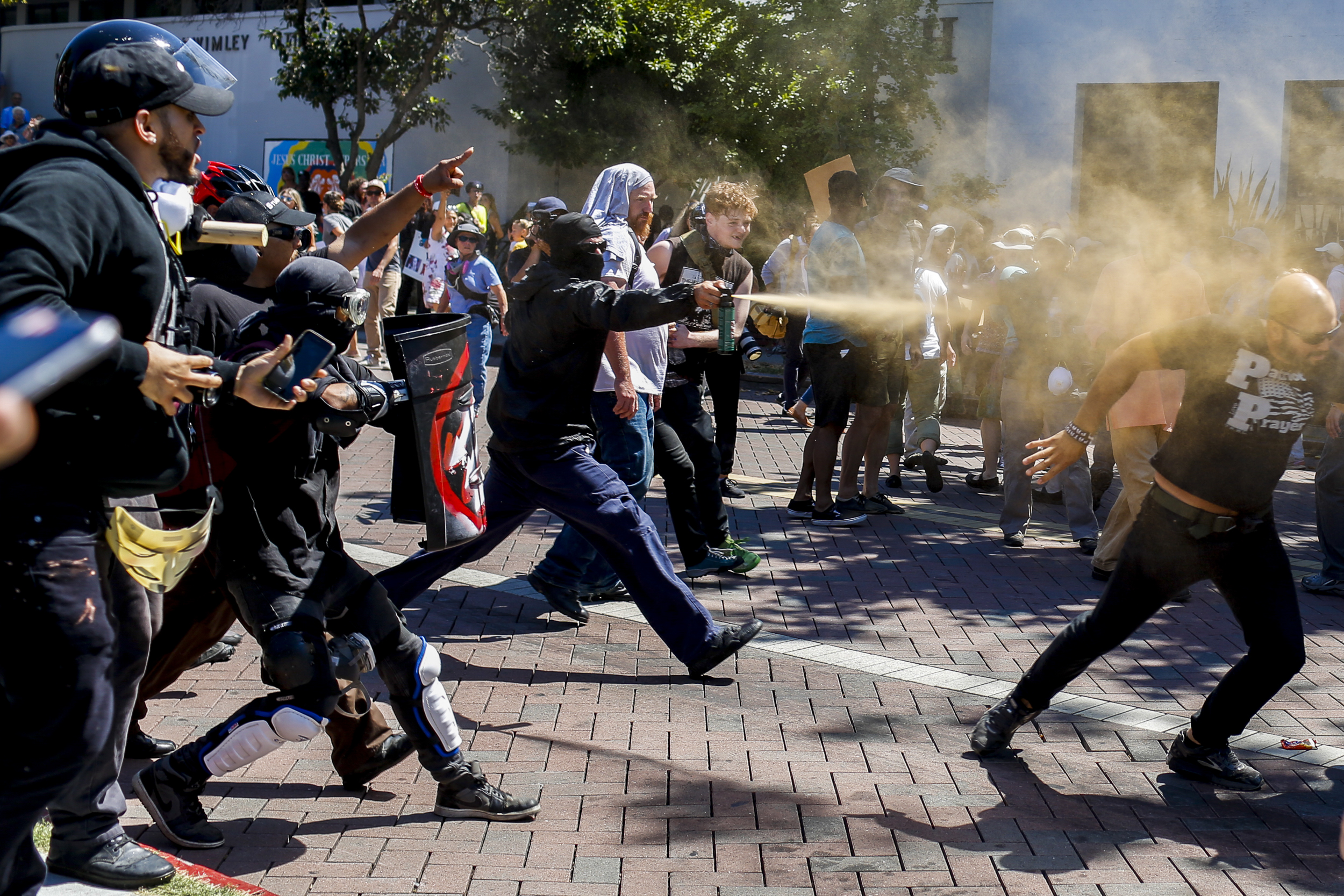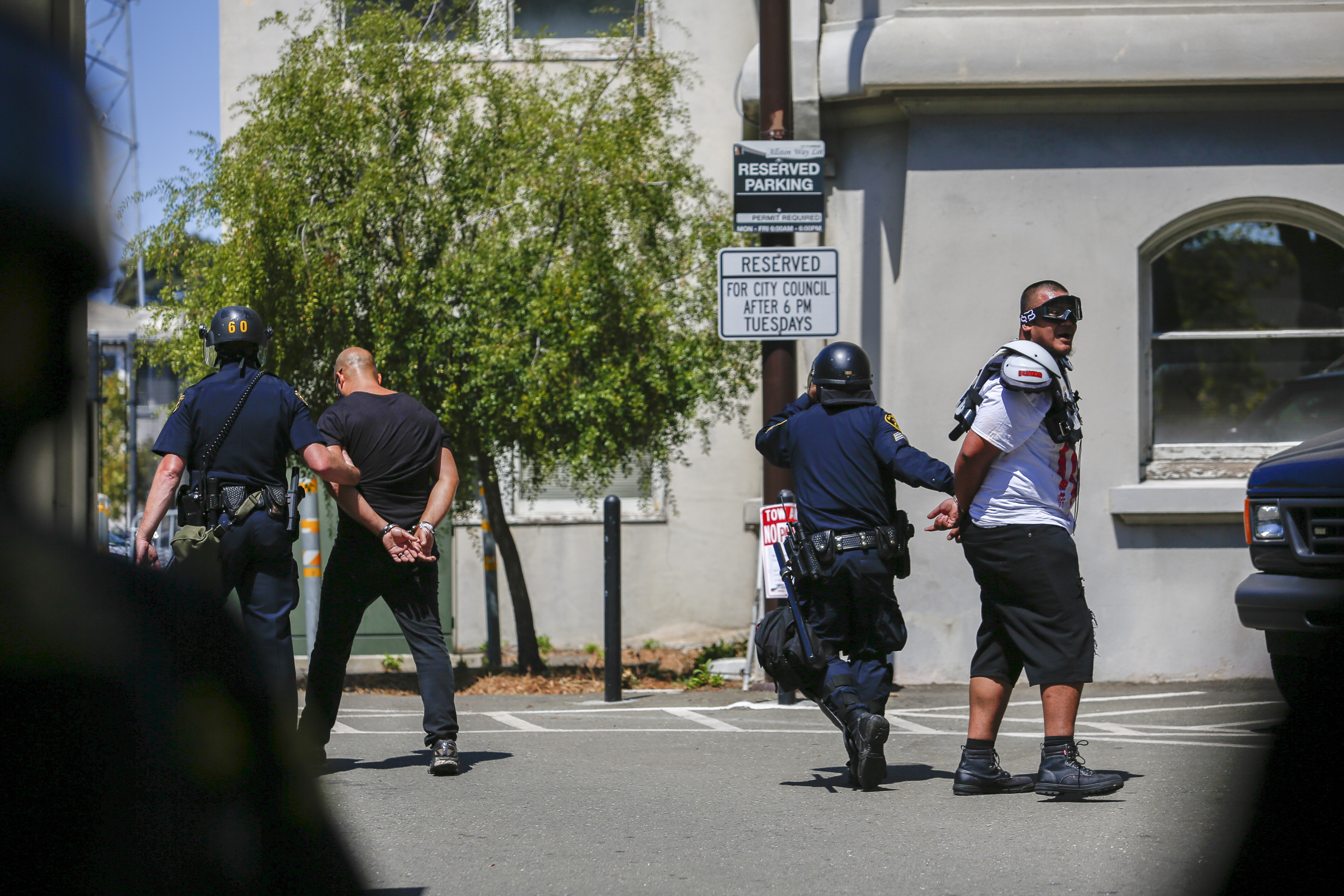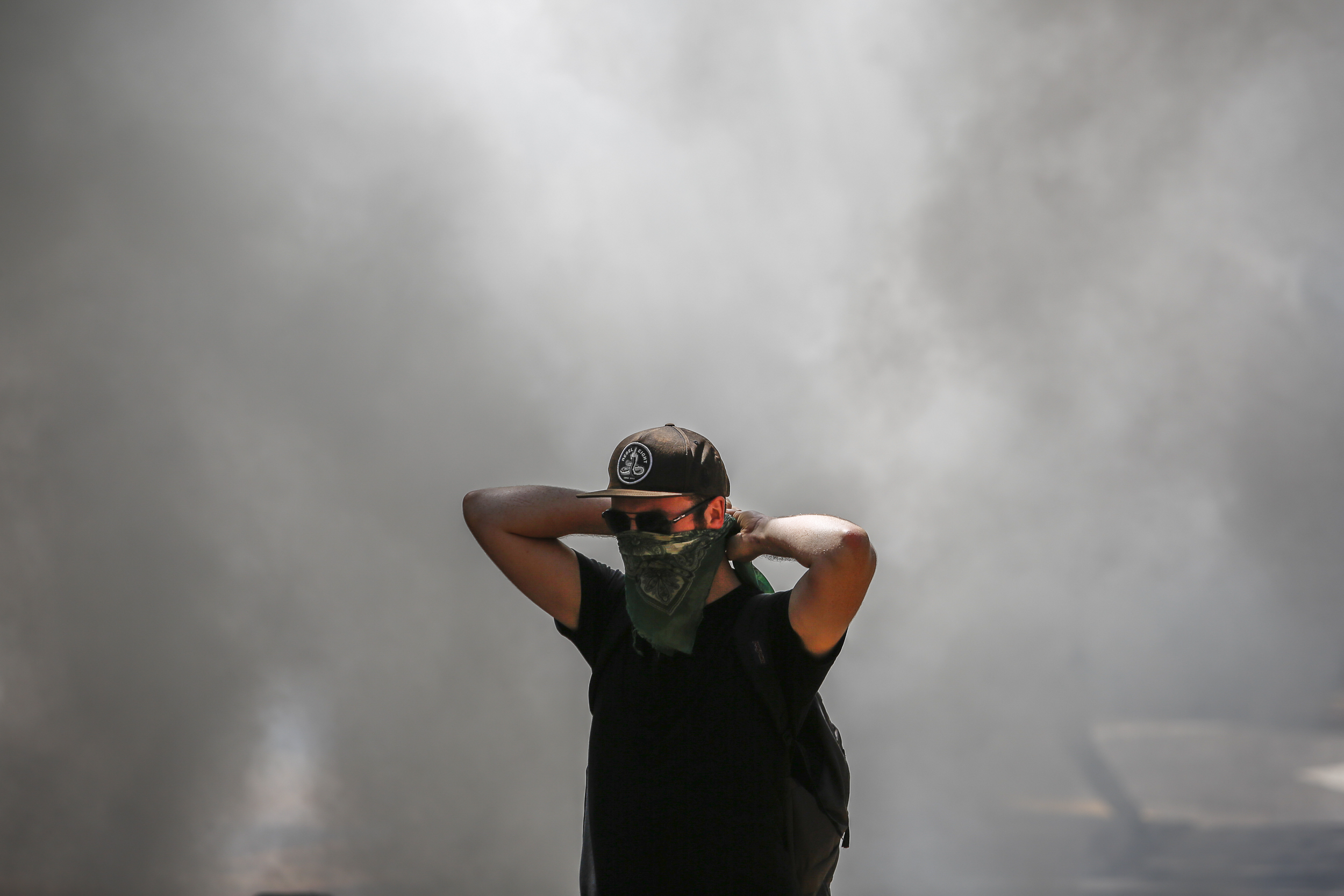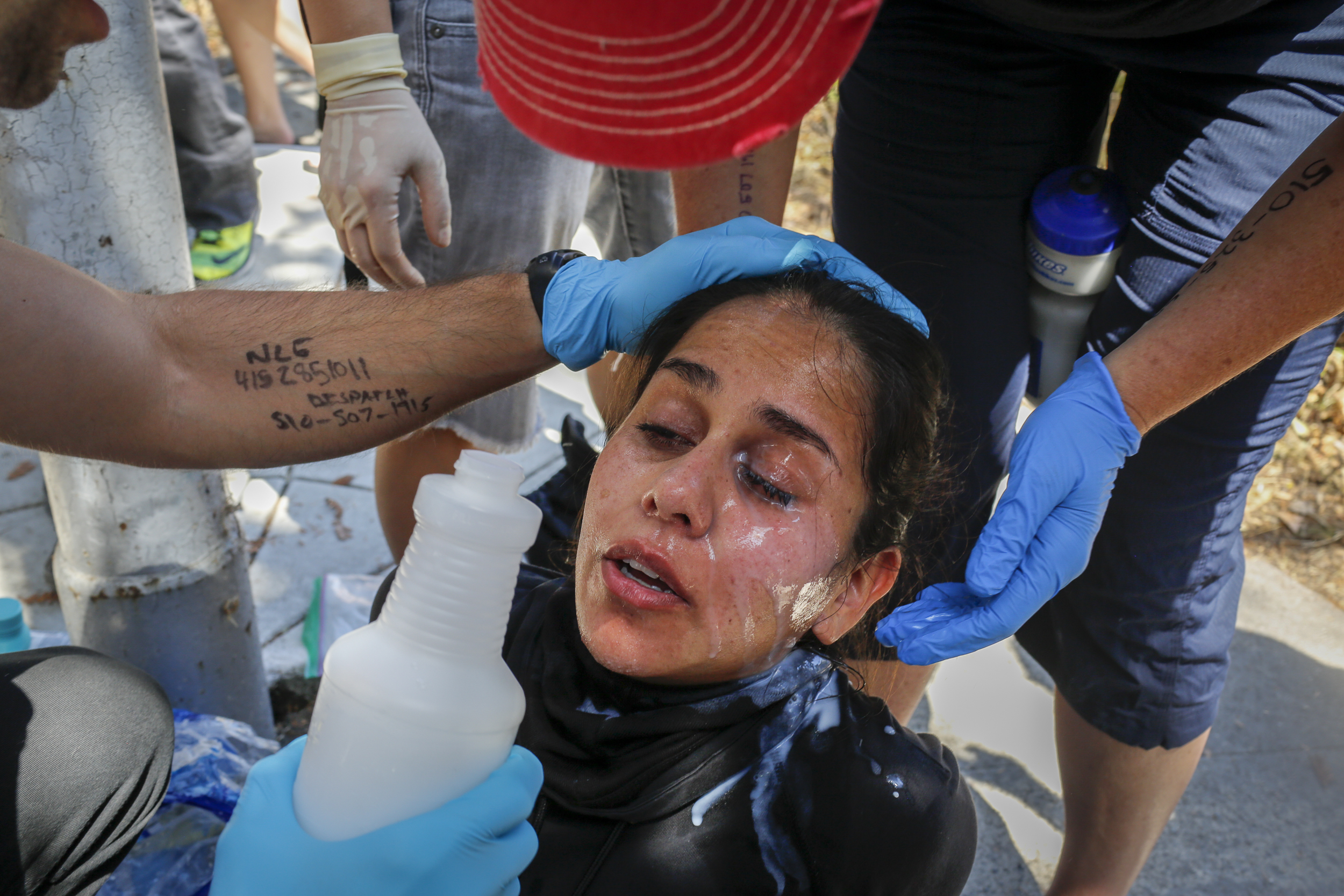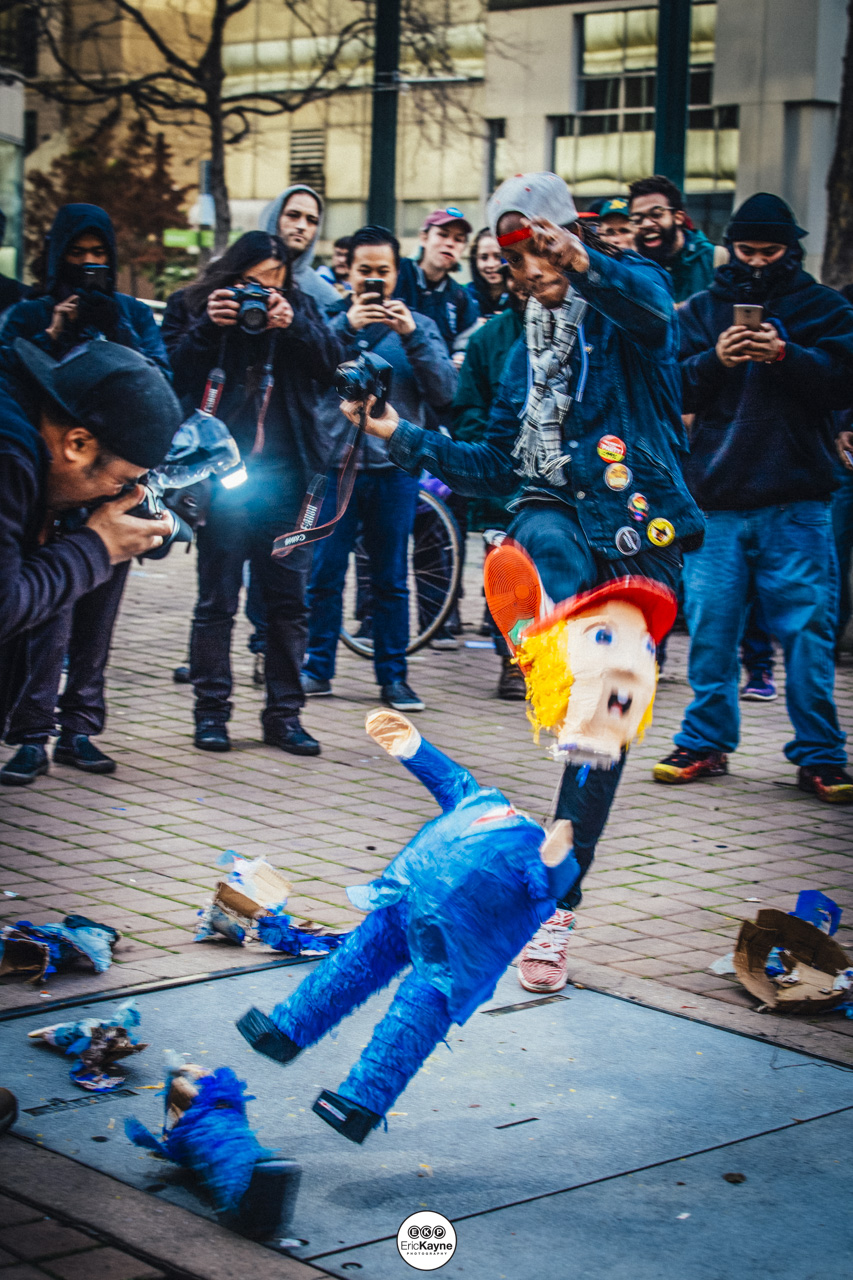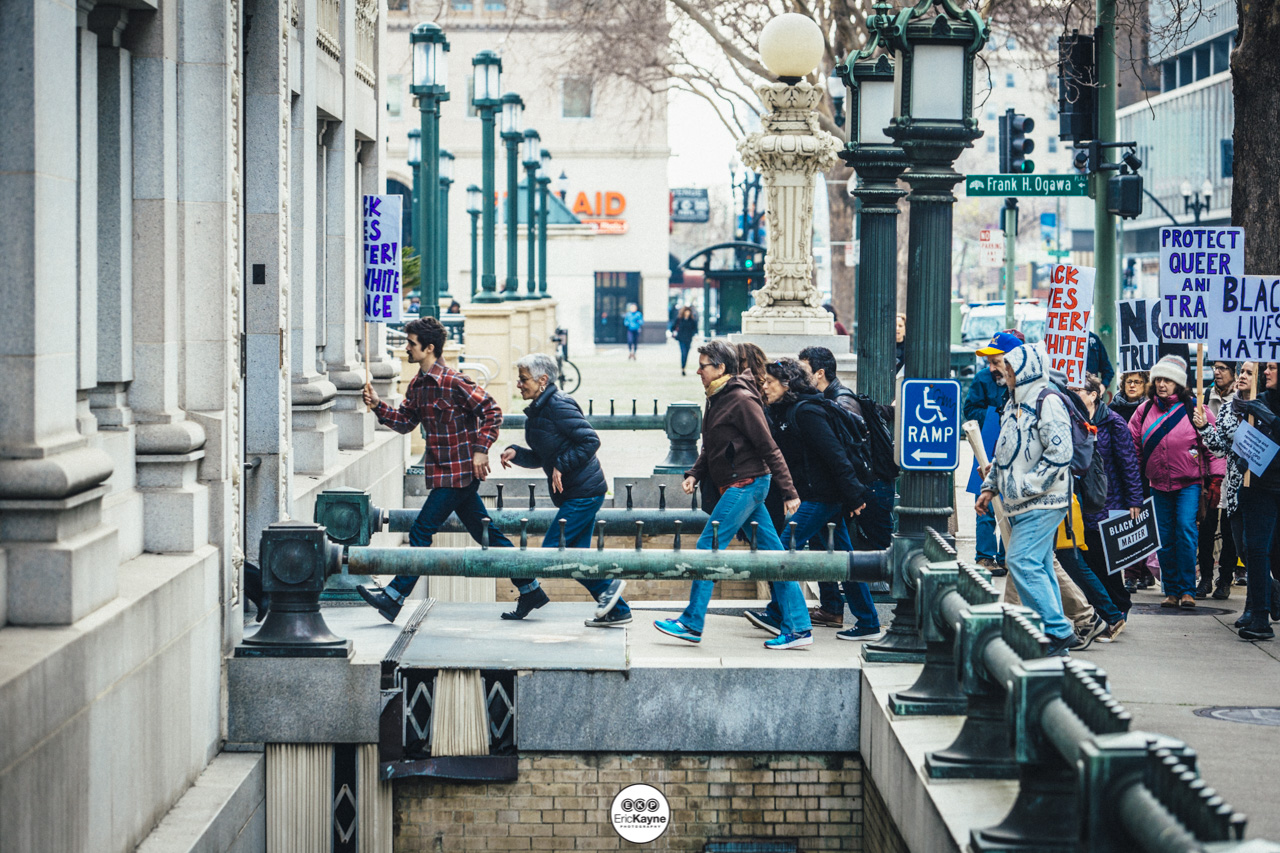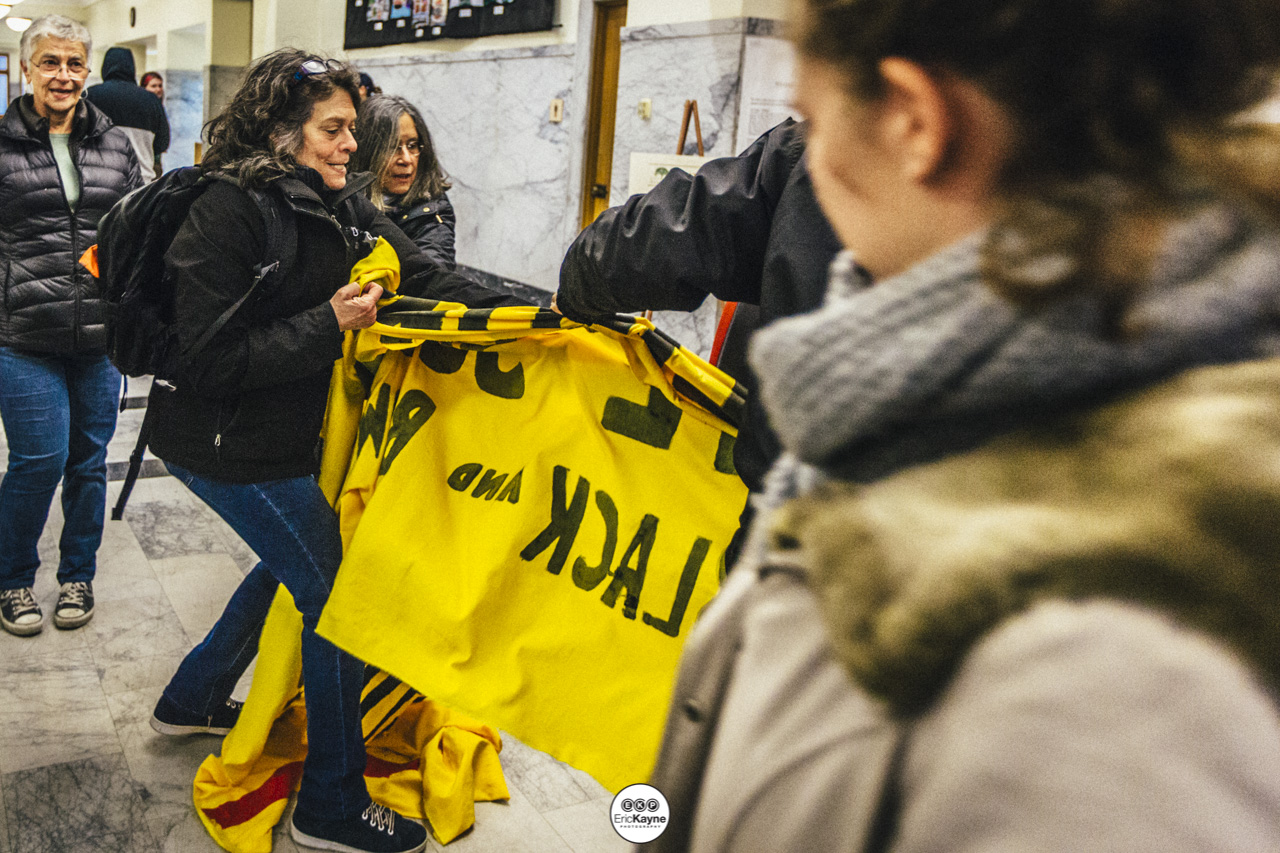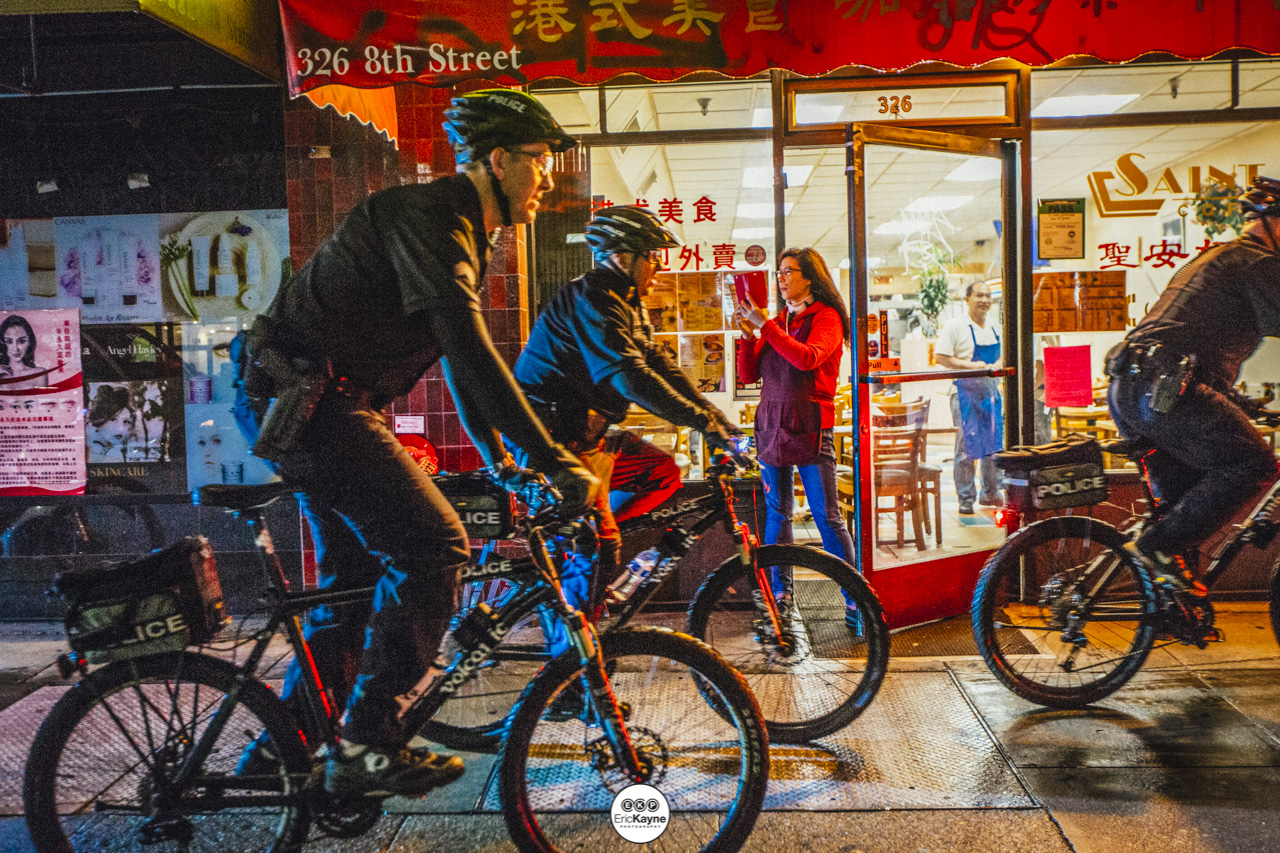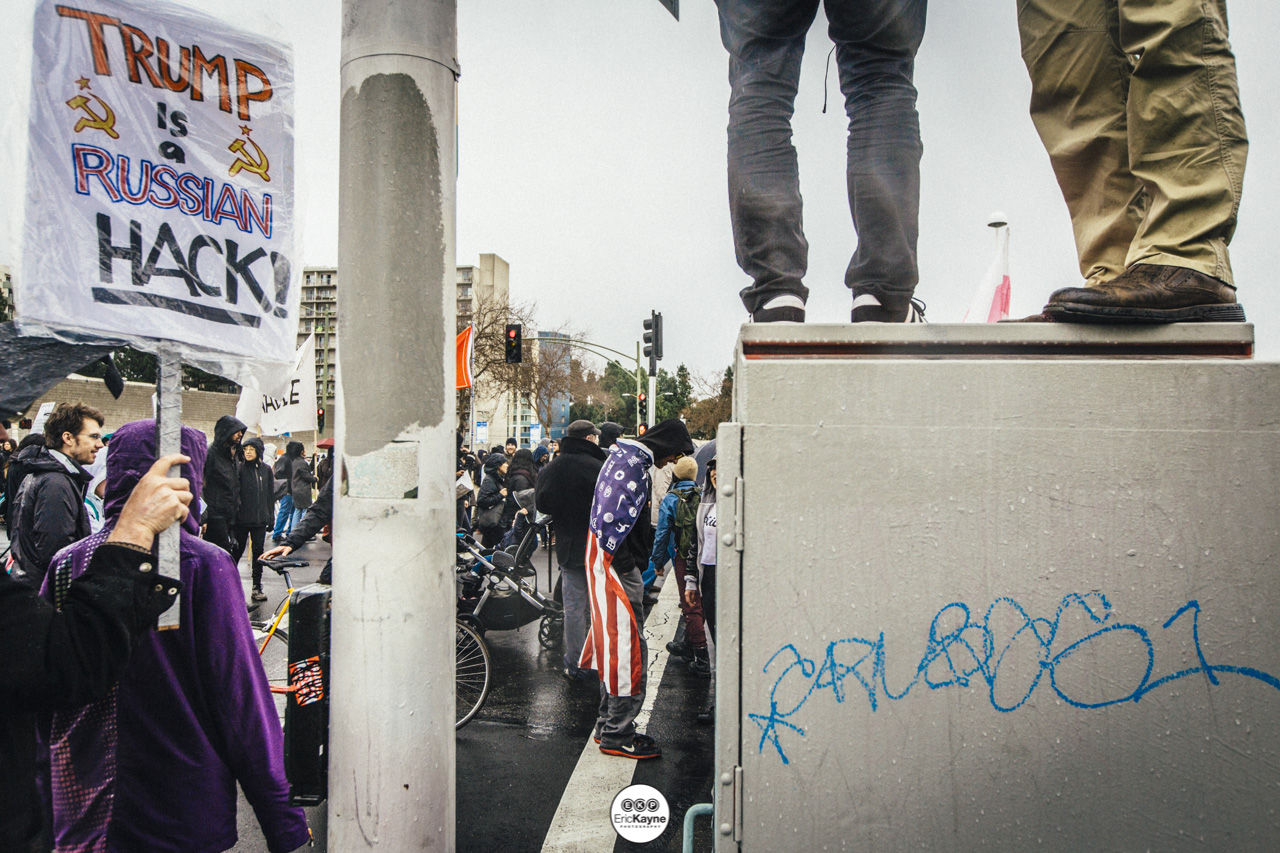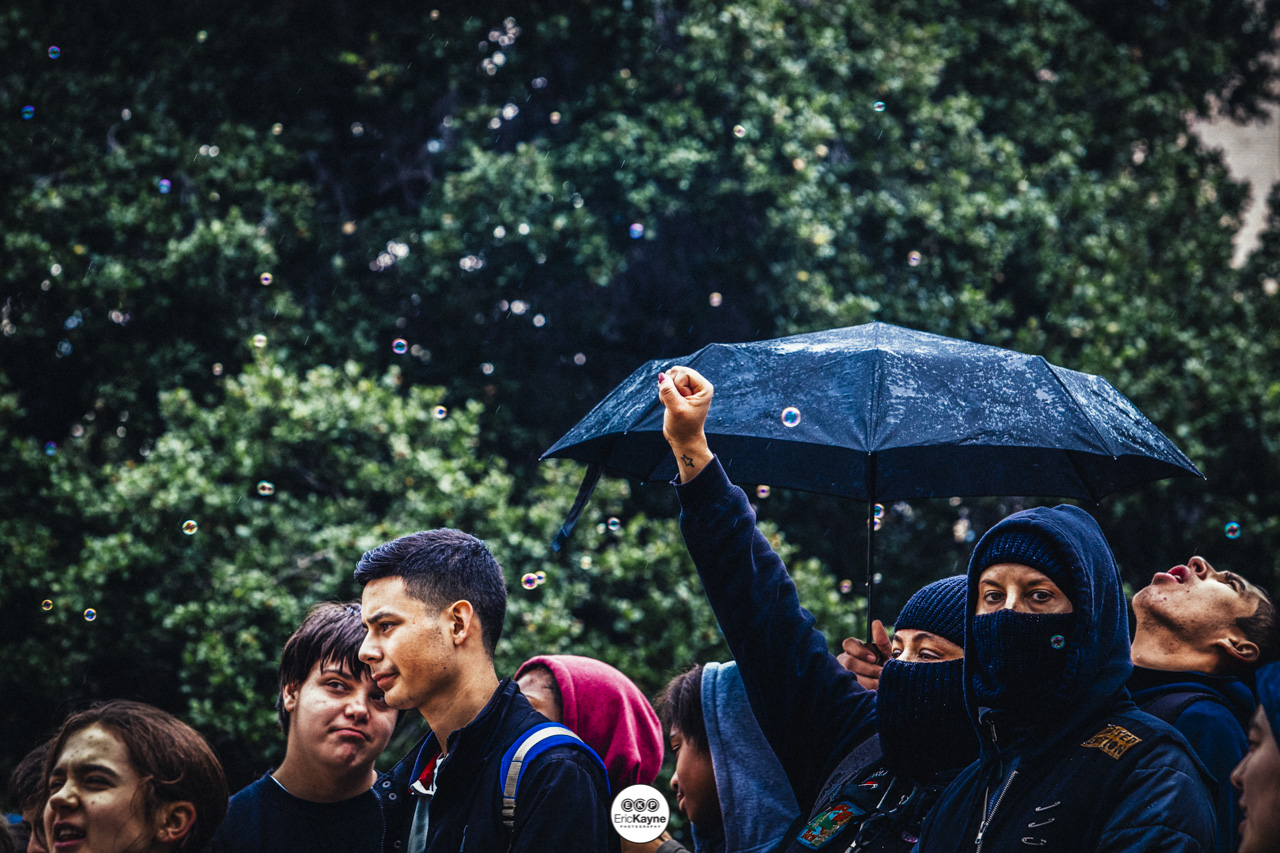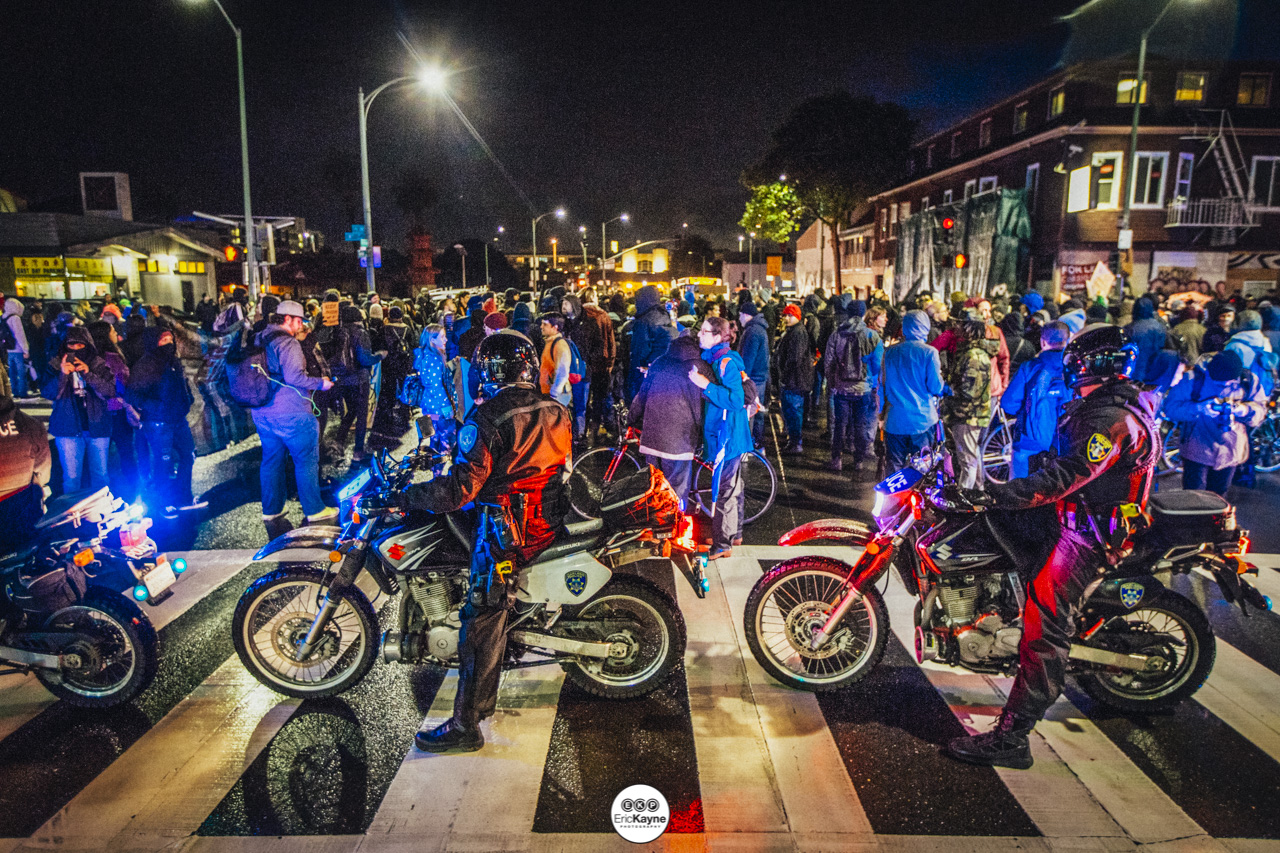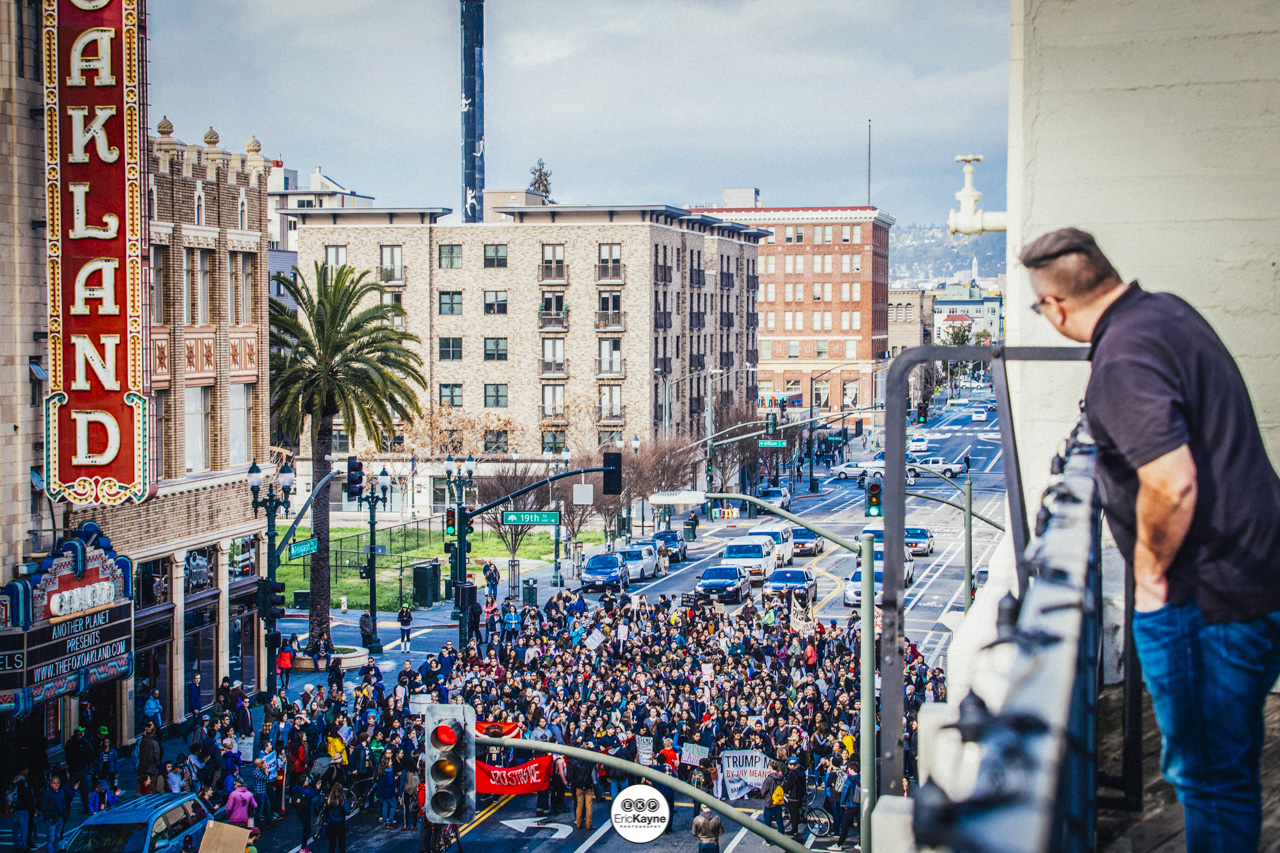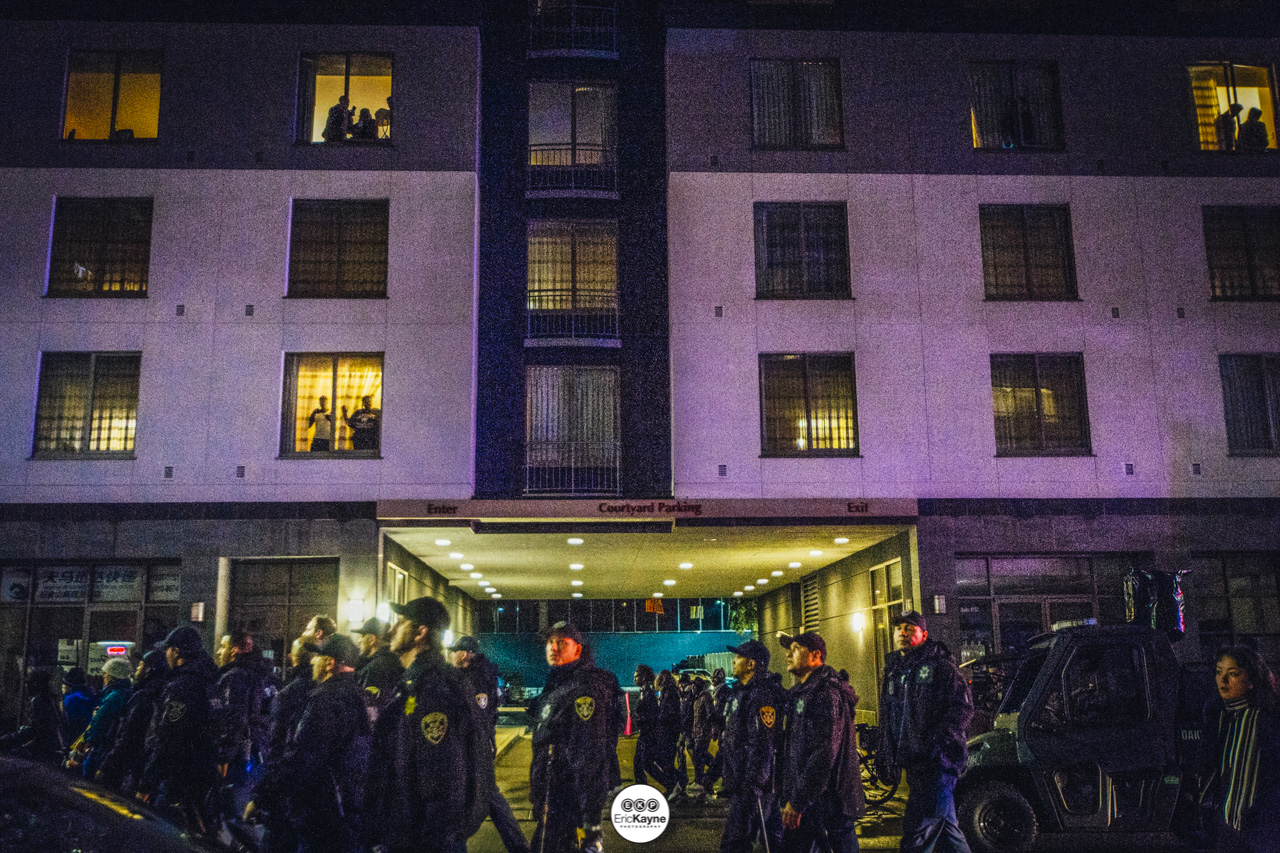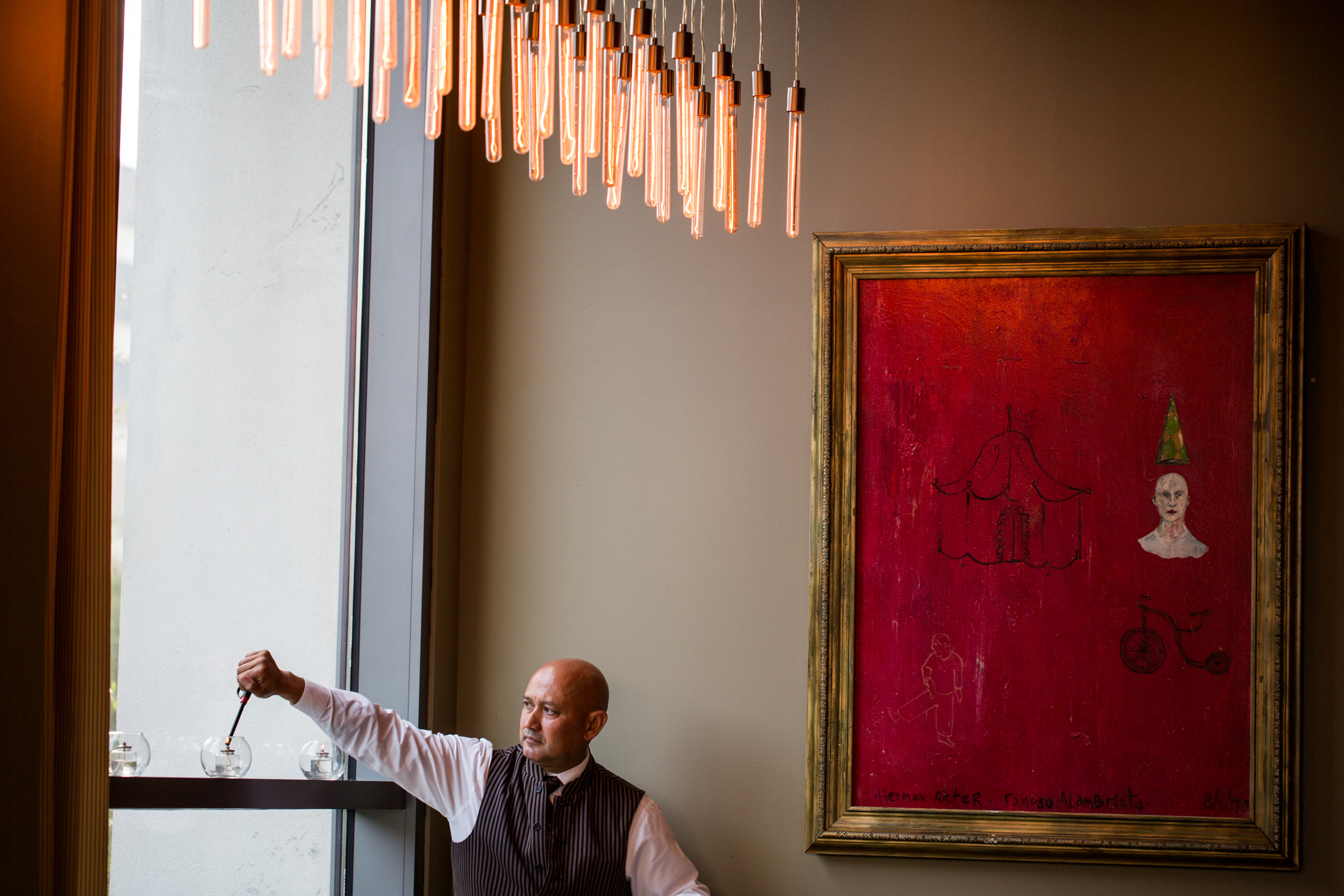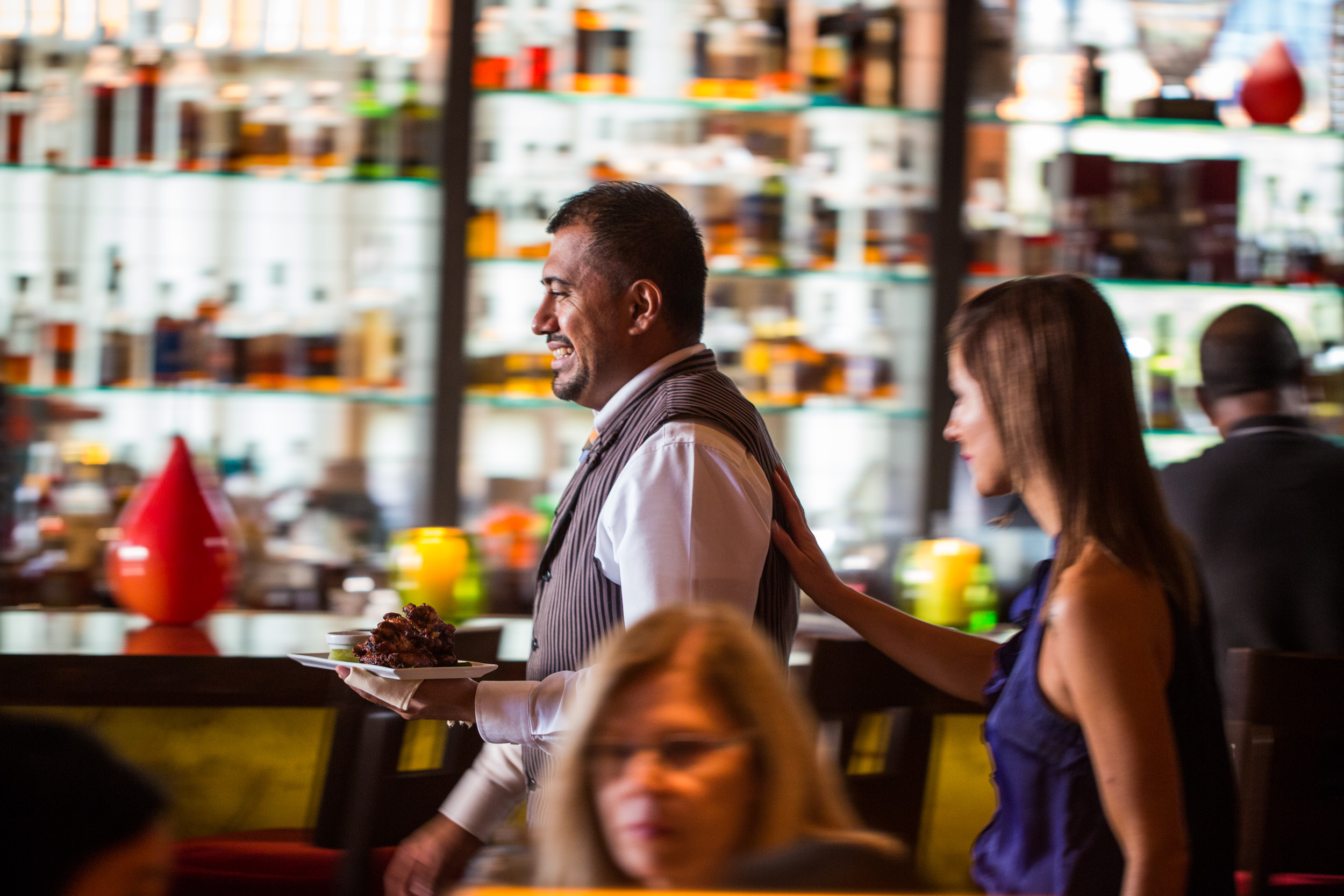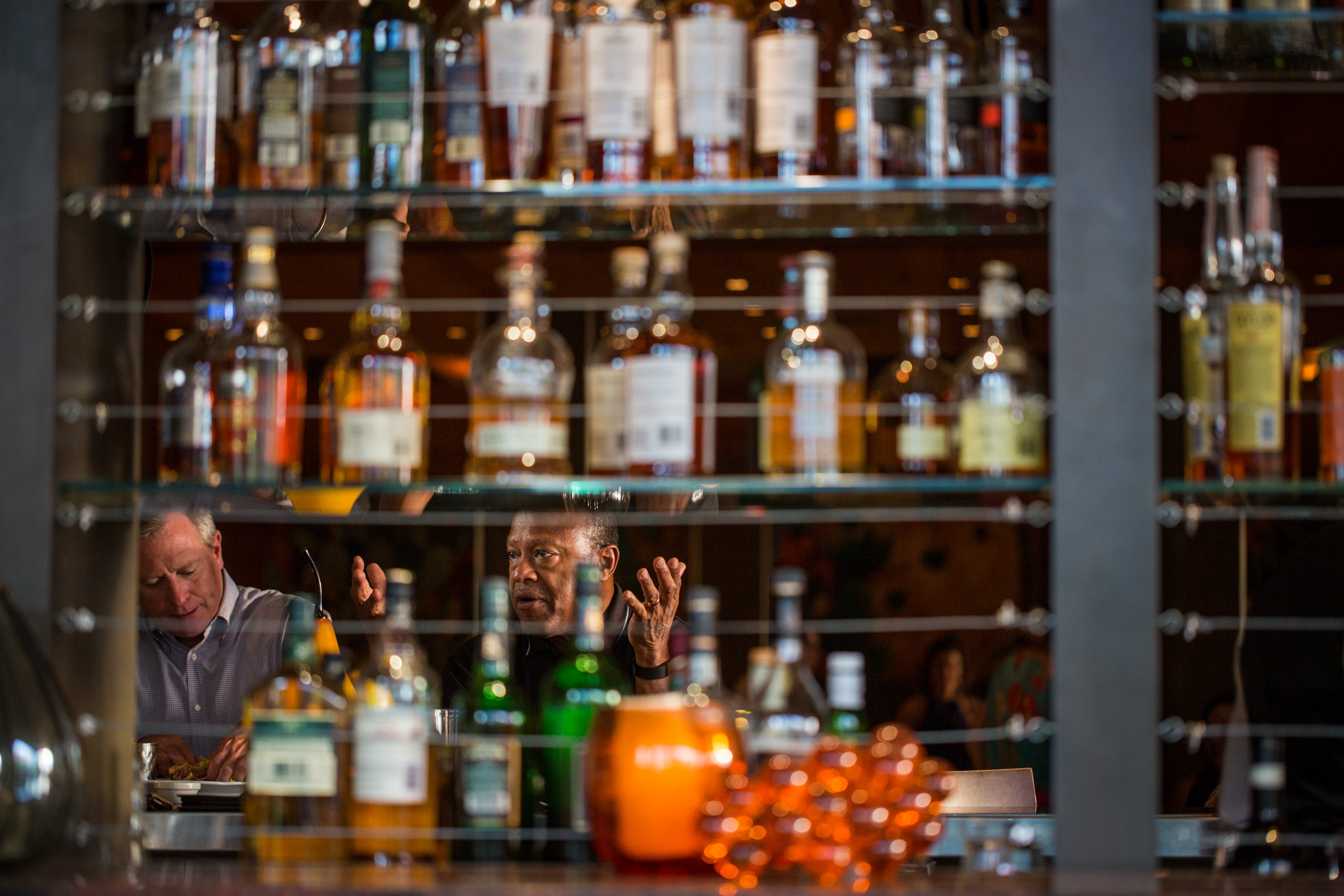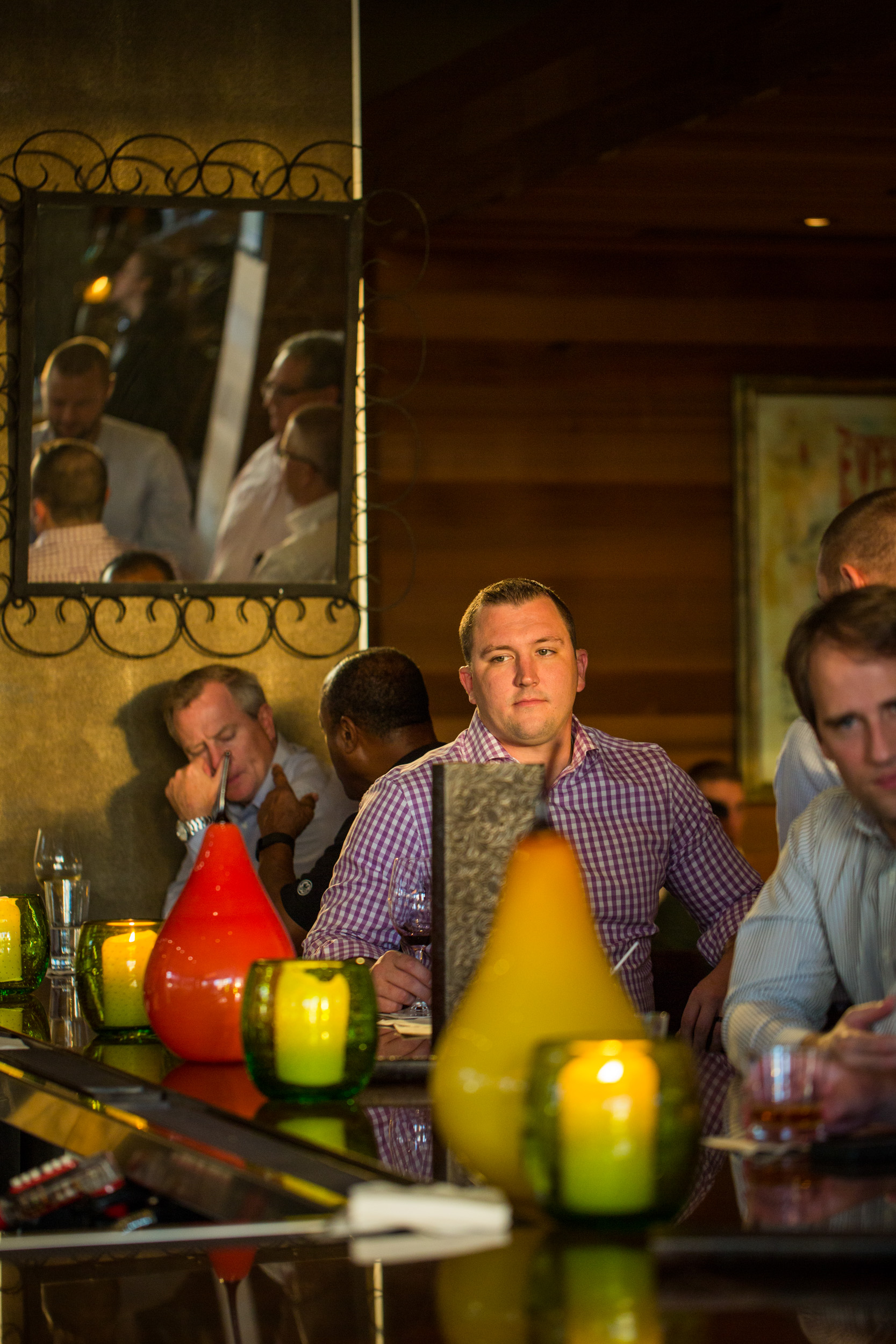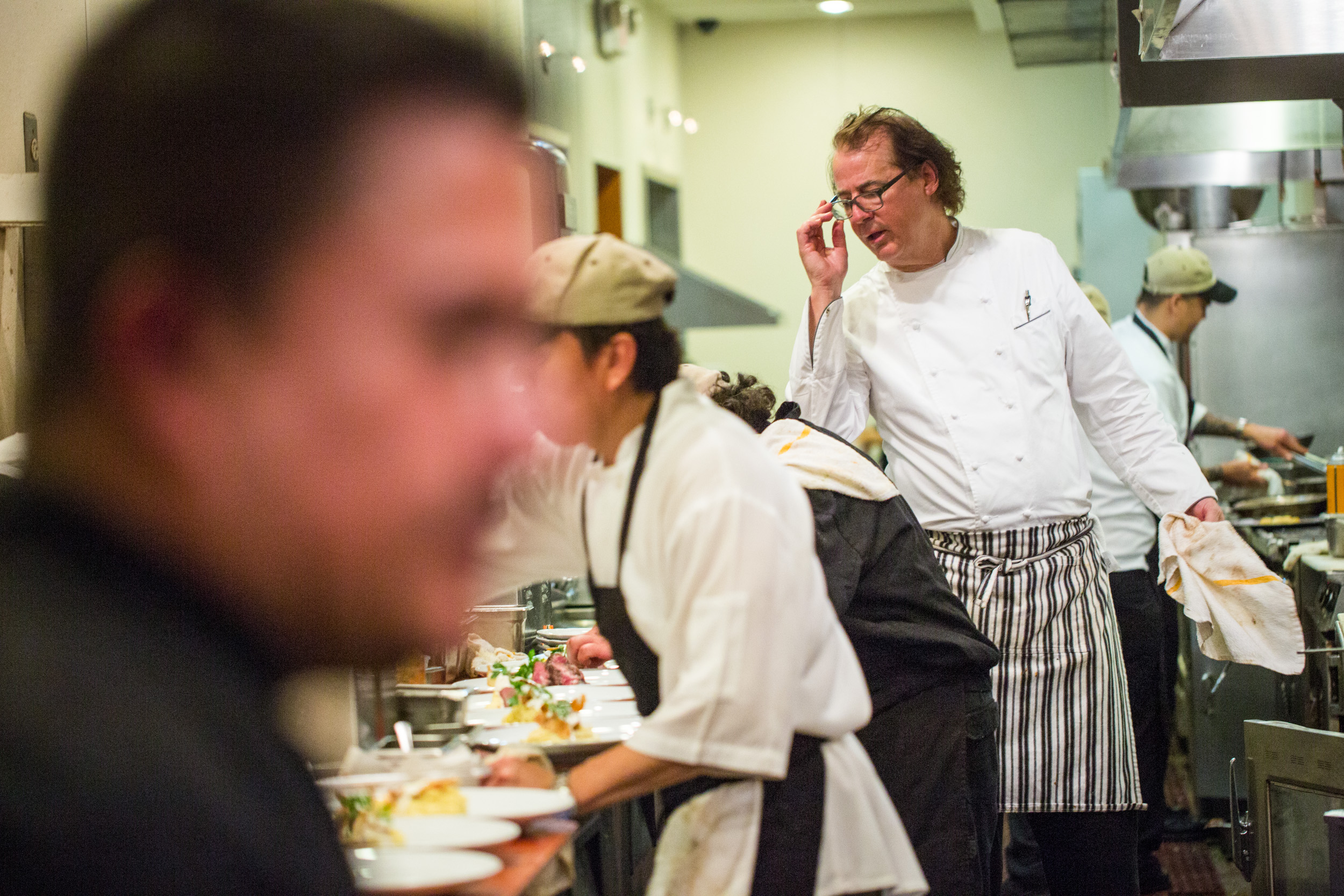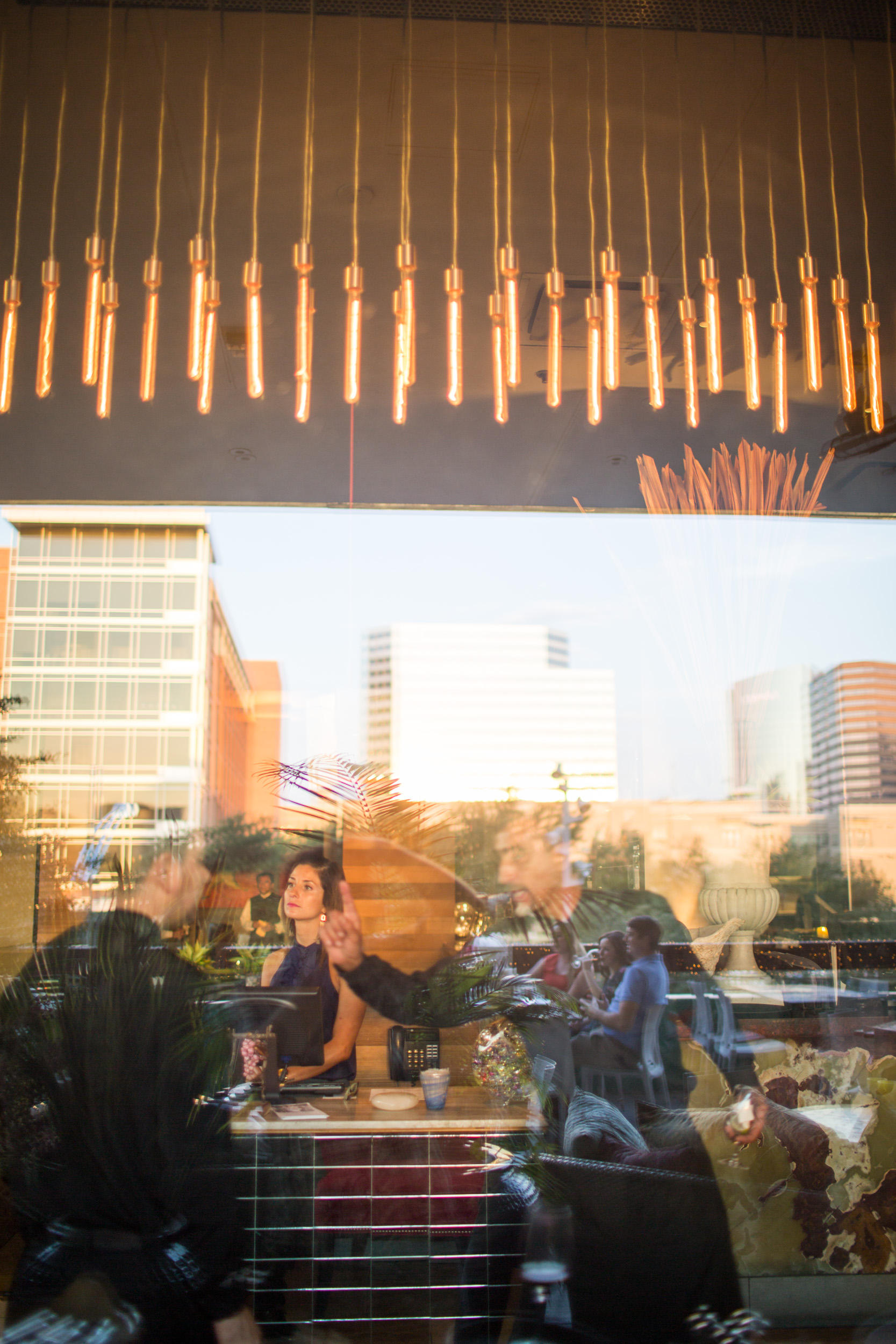Under Thursday’s perfect blue skies, soldiers from the 1st Special Forces Command (Airborne) gathered to honor President John F. Kennedy at his gravesite in Arlington National Cemetery during a wreath-laying ceremony.
Read MoreAttendees rest in and check their phones under a digital advertisement for a loitering drone during day three of the Association of the United States Army (AUSA) annual meeting, Wednesday, Oct. 16, 2024 in Washington. (Eric Kayne/Stars and Stripes)
Annual Meeting of the Association of the United States Army
The recent Association of the United States Army (AUSA) meeting in Washington featured exhibits by defense industries from around the world, filling 2.3 million square feet with the latest in weaponry and defense accessories. U.S. and foreign military members, defense contractors and military-aligned non-profits attended the exhibits, as well as conferences and panels discussing current trends in defense.
Axon let attendees try out stun guns at their booth during day two of the Association of the United States Army (AUSA) annual meeting, Tuesday, Oct. 15, 2024 in Washington. (Eric Kayne/Stars and Stripes)
A man with a Super Bowl ring handles a Glock pistol during day two of the Association of the United States Army (AUSA) annual meeting, Tuesday, Oct. 15, 2024 in Washington. (Eric Kayne/Stars and Stripes)
Communication equipment is displayed during day two of the Association of the United States Army (AUSA) annual meeting, Tuesday, Oct. 15, 2024 in Washington. (Eric Kayne/Stars and Stripes)
A man studies a exhibit map during day two of the Association of the United States Army (AUSA) annual meeting, Tuesday, Oct. 15, 2024 in Washington. (Eric Kayne/Stars and Stripes)
Members of the military check out a Ghost Robotics robot during day two of the Association of the United States Army (AUSA) annual meeting, Tuesday, Oct. 15, 2024 in Washington. (Eric Kayne/Stars and Stripes)
A participant chats on his phone during day two of the Association of the United States Army (AUSA) annual meeting, Tuesday, Oct. 15, 2024 in Washington. (Eric Kayne/Stars and Stripes)
A private meeting takes place inside a display area during day two of the Association of the United States Army (AUSA) annual meeting, Tuesday, Oct. 15, 2024 in Washington. (Eric Kayne/Stars and Stripes)
A visitor to the Nammo booth uses VR to target a tank with a rocket launcher during day two of the Association of the United States Army (AUSA) annual meeting, Tuesday, Oct. 15, 2024 in Washington. (Eric Kayne/Stars and Stripes)
An attendee takes down a Heckler & Koch rifle at their booth during day two of the Association of the United States Army (AUSA) annual meeting, Tuesday, Oct. 15, 2024 in Washington. (Eric Kayne/Stars and Stripes)
A participant takes part in a VR program that simulates landing a parachute during day two of the Association of the United States Army (AUSA) annual meeting, Tuesday, Oct. 15, 2024 in Washington. (Eric Kayne/Stars and Stripes)
An attendee tries a Wilcox aiming device during day three of the Association of the United States Army (AUSA) annual meeting, Wednesday, Oct. 16, 2024 in Washington. (Eric Kayne/Stars and Stripes)
Attendees are viewed in the display of a Safran Paseo sight during day three of the Association of the United States Army (AUSA) annual meeting, Wednesday, Oct. 16, 2024 in Washington. (Eric Kayne/Stars and Stripes)
A man smiles inside a conference booth at the Wilcox exhibit during day three of the Association of the United States Army (AUSA) annual meeting, Wednesday, Oct. 16, 2024 in Washington. (Eric Kayne/Stars and Stripes)
A chatbot on display speaks with a KRH booth attendant during day three of the Association of the United States Army (AUSA) annual meeting, Wednesday, Oct. 16, 2024 in Washington. (Eric Kayne/Stars and Stripes)
Champion Cornhole Player Ryan Smith for The Wall Street Journal
Ryan Smith, a former defensive back for James Madison University, found his post-collegiate athletic calling through the game of cornhole. The object, to toss a bean bag 45 feet away into a hole six inches in diameter, is as challenging as it sounds.
I was able to photograph Ryan at a brewery, Twinpanzee, in Sterling, Virginia. The cavernous space offered lots of room to work in. Movable walls made of plywood the brewery uses to separate brewing equipment from the cornhole court created interesting, clean backgrounds and good visual separation between Ryan and what would otherwise have been a very cluttered background of tanks and hoses. The best part is Ryan had no problem at all with my strobe blasting away for the whole shoot. He continually dropped bags into the hole like he was standing right over it - it really was amazing to witness.
It’s a good thing we both showed up early, because I used up a half-hour attempting some stroboscopic images of Ryan tossing the bag, but there was just too much ambient light I couldn’t control, so I bagged the idea and moved the strobe behind and to Ryan’s right, really just to see what it would look like and to get some kind of visual starting point. As soon as I saw the potential in the first frame of creating Ryan’s silhouette on the wall and getting his beanbag in there, nicely separated inside the shadow, I knew I’d have a keeper.
My favorite photo is the first one below. I brought along a Q-Flash T5D-R, a small, powerful strobe that is easy to move around in active environments like the cornhole court.
The image also set a style for the remainder of the shoot. Luckily, Ryan was playing in front of a large stainless steel wall, inside which kegs of delicious beer are kept. The Q-Flash loves shiny surfaces, and with Ryan’s bright red jersey, blue beanbags, and outgoing personality, I was able to create images that, for me at least, made something visible from the invisible.
Check out The Wall Street Journal’s story to learn about his workout routine and how he keeps in shape physically and mentally for his upcoming busy tournament season. And see some outtakes and the tearsheet below.




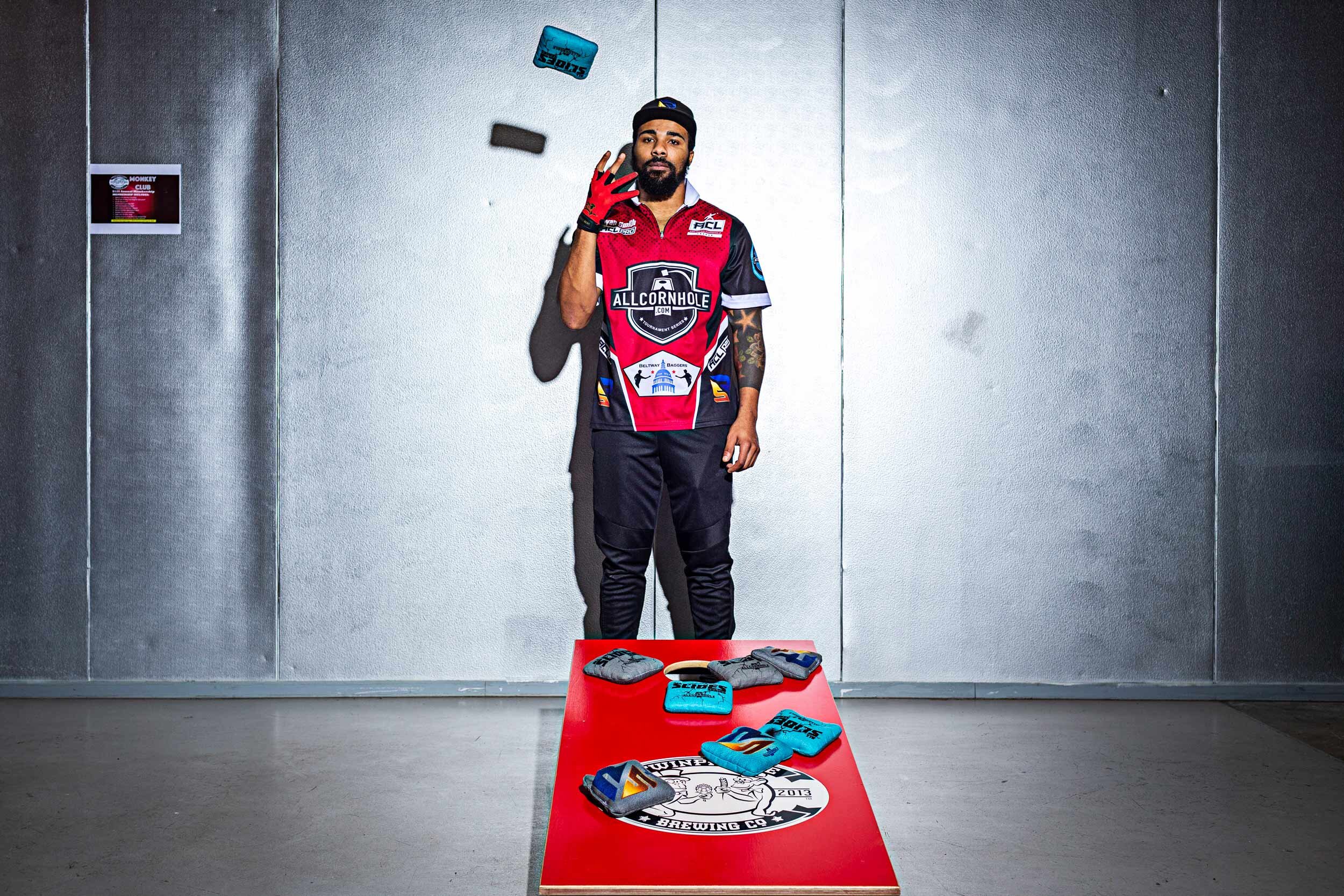
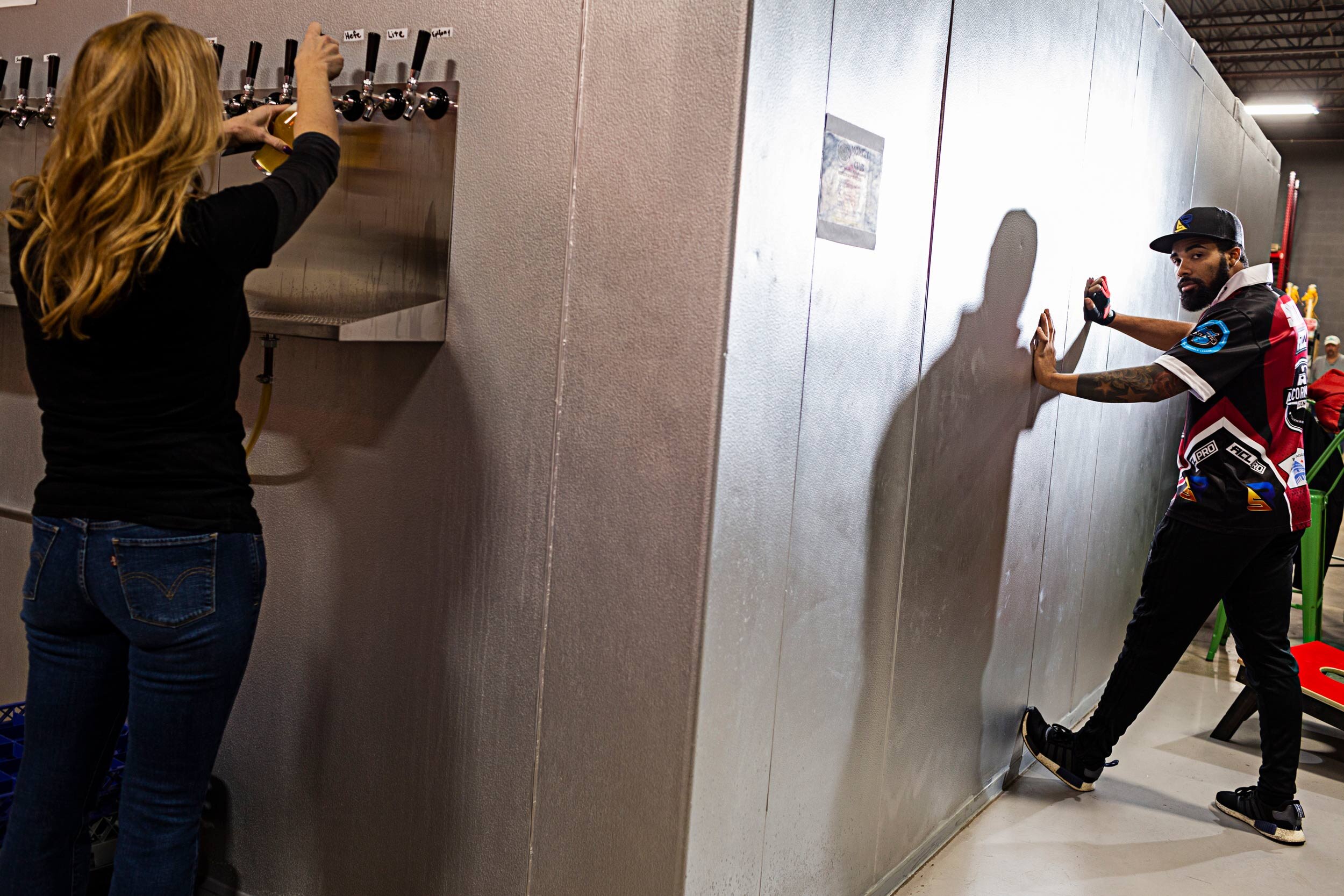

Cover and feature photography for Maryland Leaf magazine's February 2020 issue
I hope your week is going well because it’s about to get a lot better after you check out the pics I made for my first Maryland Leaf assignment! We toured the grow operations at gLeaf Medical Cannabis in Frederick, Maryland for the February issue.
Fifty from 50 - Images from US Highway 50, from California to Maryland, fourth in a series of posts
Constructed in 1926, US 50 was part of the original United States highway system and extends from California to Maryland. Our recent move from Oakland, California to Silver Spring, Maryland near Washington, DC inspired me to travel on this historic byway and document my journey. All work was shot on a Mamiya 6, a film camera that creates negatives that are six centimeters square. This camera really forces me to shoot with intention. The film stock is mostly Ektar 100, for those who are curious.
Fifty from 50 - Images from US Highway 50, from California to Maryland, third in a series of posts
Constructed in 1926, US 50 was part of the original United States highway system and extends from California to Maryland. Our recent move from Oakland, California to Silver Spring, Maryland near Washington, DC inspired me to travel on this historic byway and document my journey. All work was shot on a Mamiya 6, a film camera that creates negatives that are six centimeters square. This camera really forces me to shoot with intention. The film stock is mostly Ektar 100, for those who are curious.
Fifty from 50 - Images from US Highway 50, from California to Maryland, second in a series of posts
Constructed in 1926, US 50 was part of the original United States highway system and extends from California to Maryland. Our recent move from Oakland, California to Silver Spring, Maryland near Washington, DC inspired me to travel on this historic byway and document my journey. All work was shot on a Mamiya 6, a film camera that creates negatives that are six centimeters square. This camera really forces me to shoot with intention. The film stock is mostly Ektar 100, for those who are curious.
Fifty from 50 - Images from US Highway 50, from California to Maryland, first in a series of posts
Constructed in 1926, US 50 was part of the original United States highway system and extends from California to Maryland. Our recent move from Oakland, California to Silver Spring, Maryland near Washington, DC inspired me to travel on this historic byway and document my journey. All work was shot on a Mamiya 6, a film camera that creates negatives that are six centimeters square. This camera really forces me to shoot with intention. The film stock is mostly Ektar 100, for those who are curious.
A Midwestern Holiday
Photography: Road trip photos of Missouri
I married into a family that has many more traditions than my family. We go to my wife's hometown of St. Louis at least three times a year, and every time I go, I add to an ongoing photo essay of St. Louis and the region. St. Louis is different in a way that is hard for an outsider like myself to describe, so I do it with images.
As some of my other personal work is about the environment and our impact on it, some of the pictures I make relate to this theme. However, I also make pictures of my in-laws and their home. It's a quiet house on a quiet street, with a quiet dignity to the area that is different than the suburbs of San Antonio I grew up in, hewed out of South Texas caliche and live oak scrub.
As we become more alike in the Age of Information, I still try to celebrate the regional differences in America that give each place it's own particular flavor.
Northern California fire coverage for The Wall Street Journal
Last week, I was called by The Wall Street Journal to shoot video and still photographs of the aftermath of the historic wildfire in Sonoma and Mendocino counties in northern California. The devastation was unlike anything I had ever witnessed.
My assignments allowed me to interact with the Monroes, whose family property in Redwood Valley, California was completely destroyed. You can read the harrowing story here.
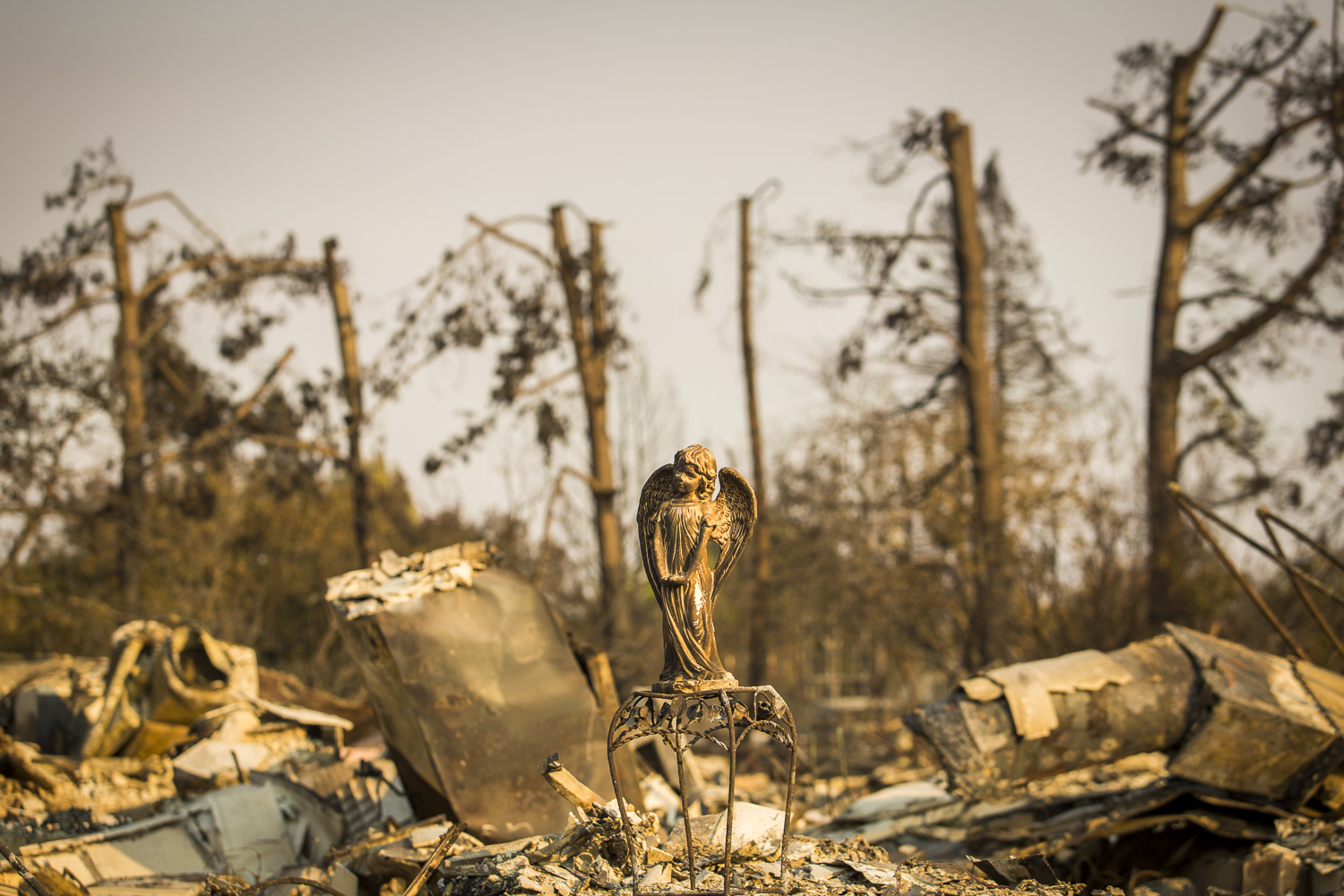

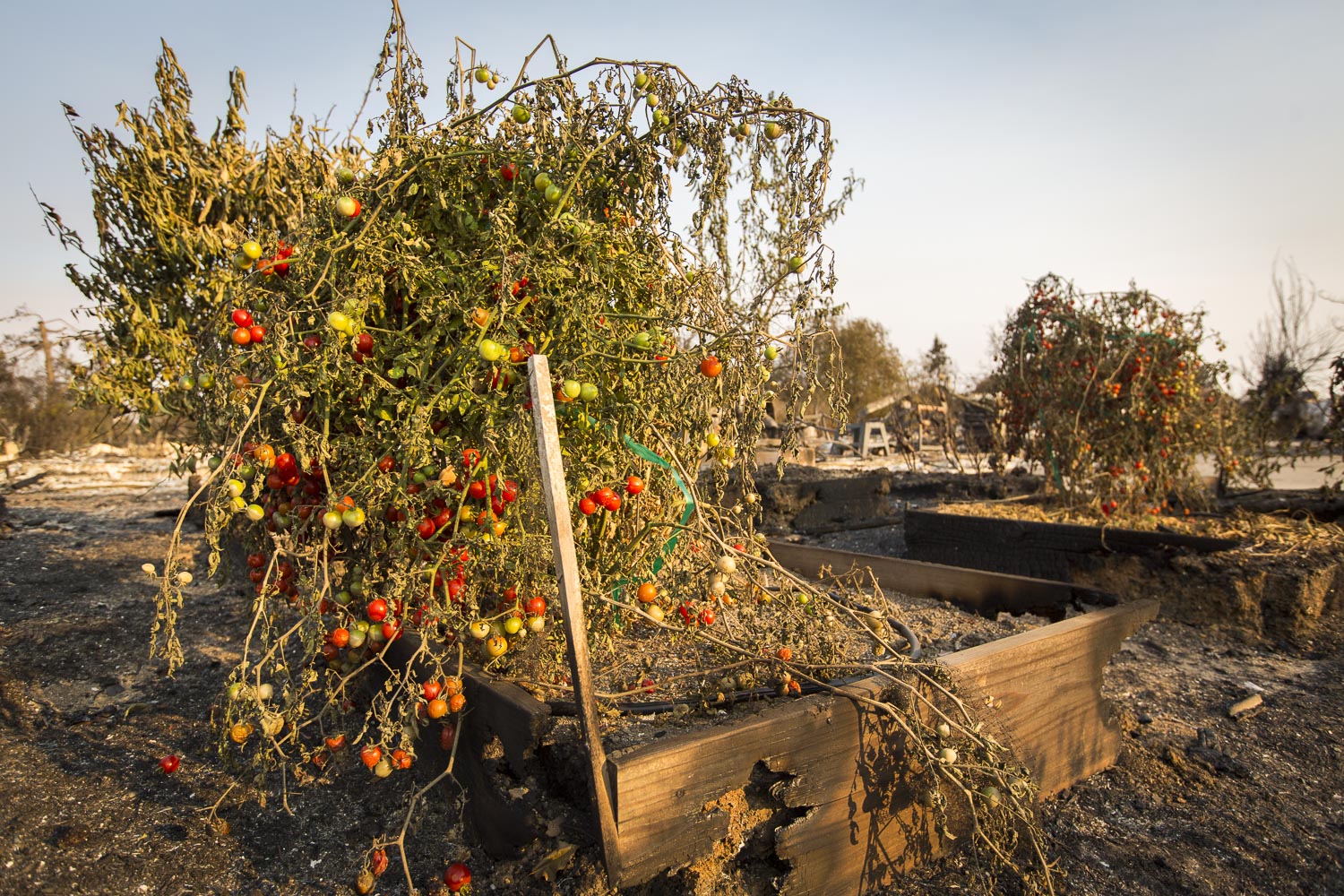
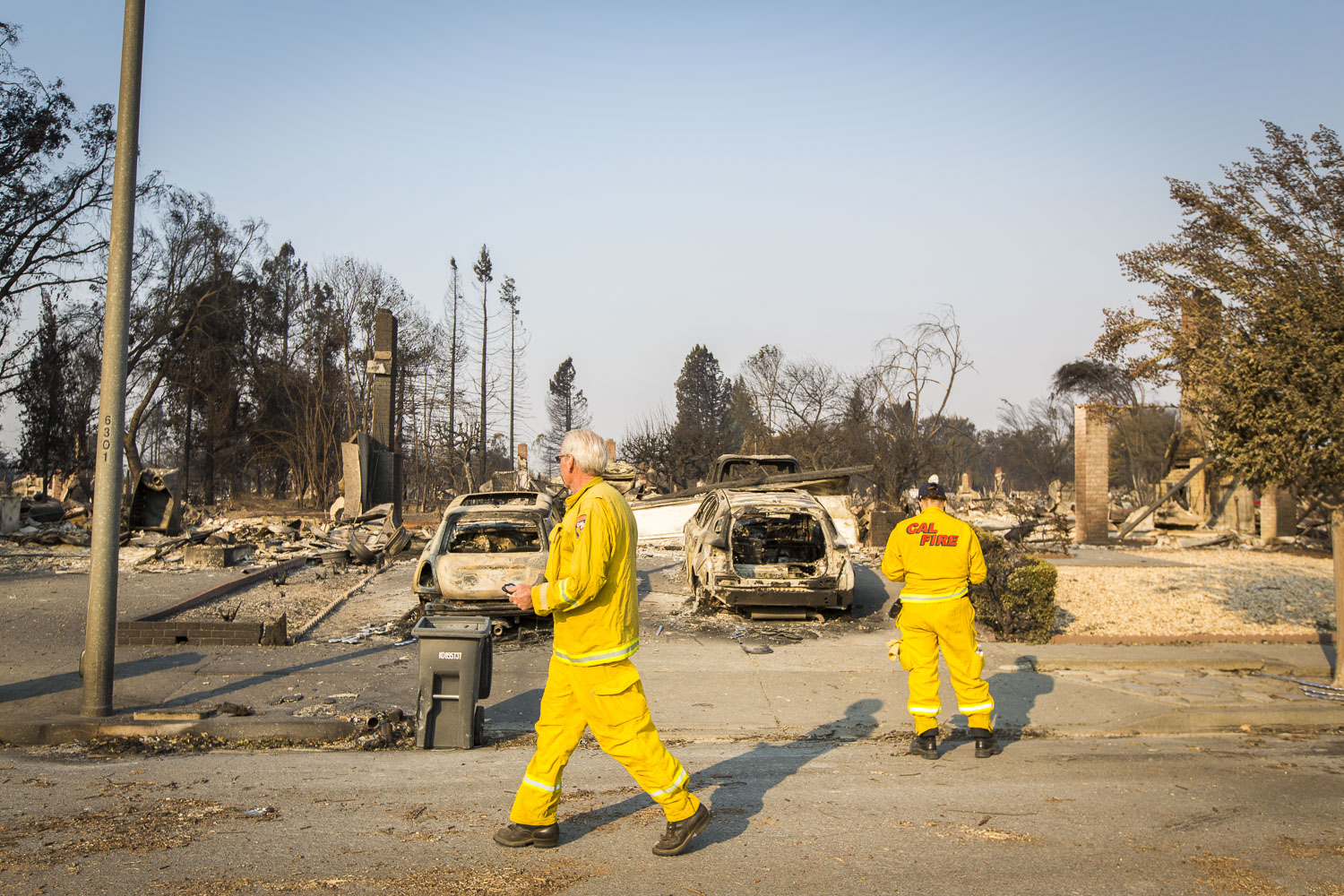
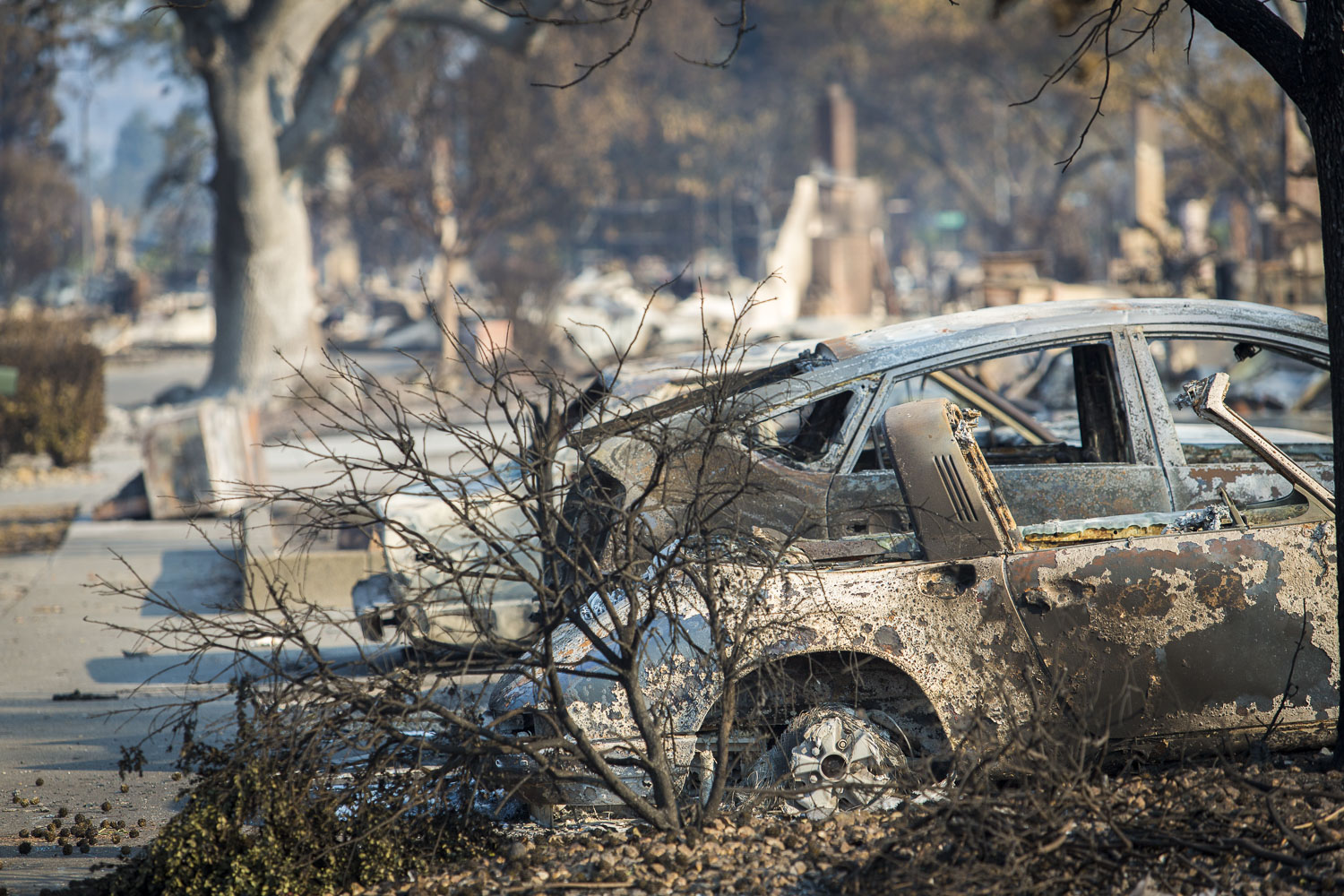

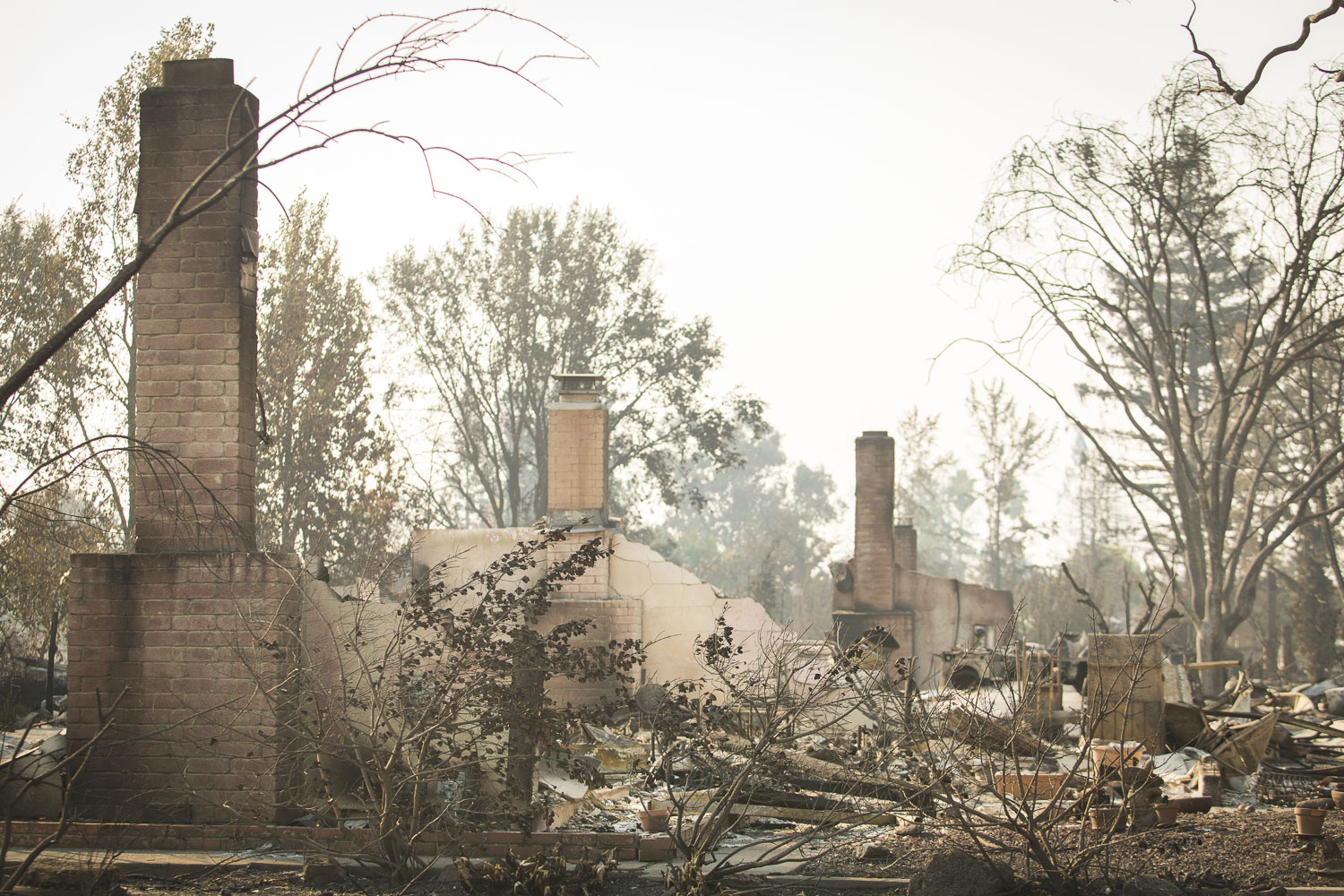
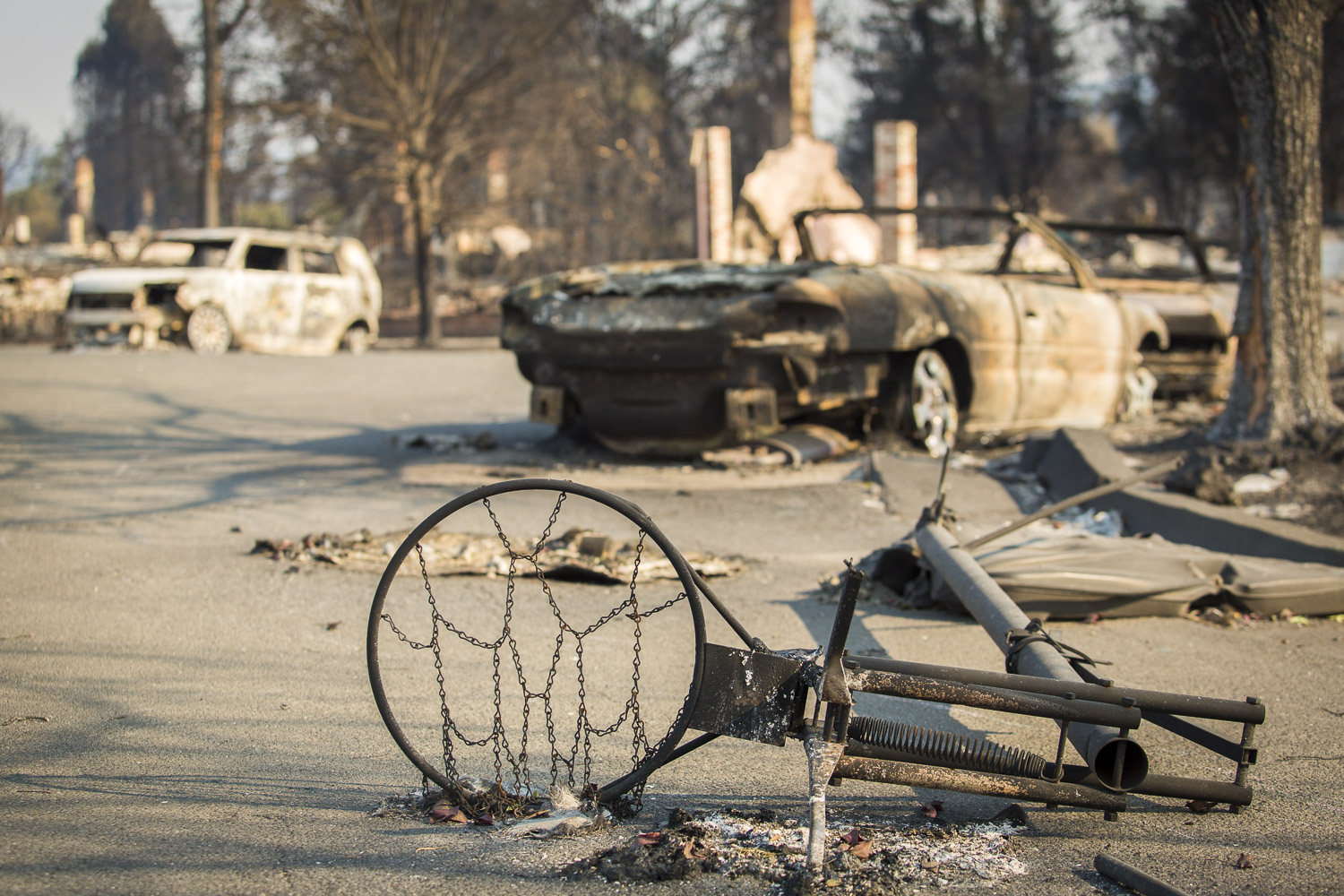
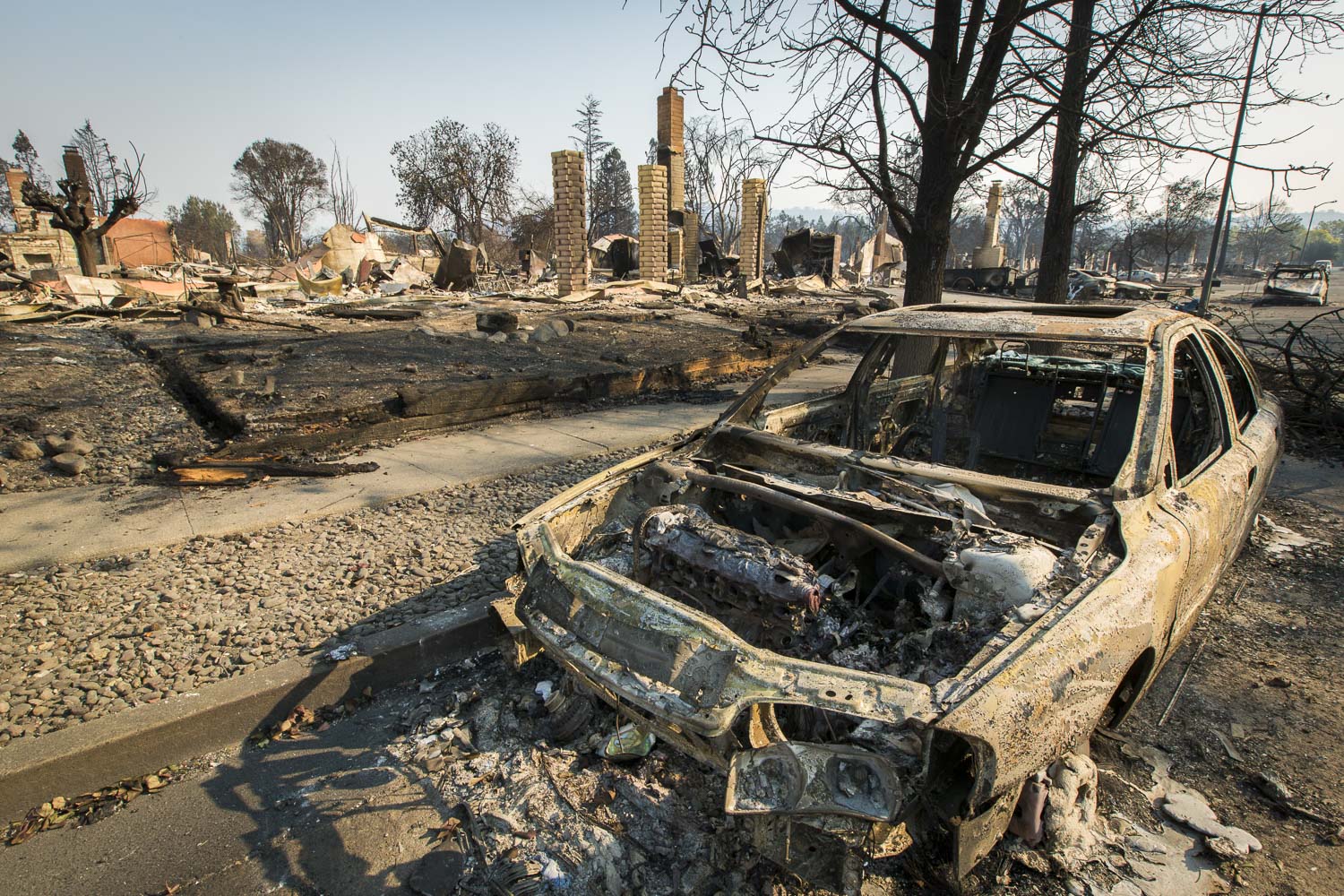
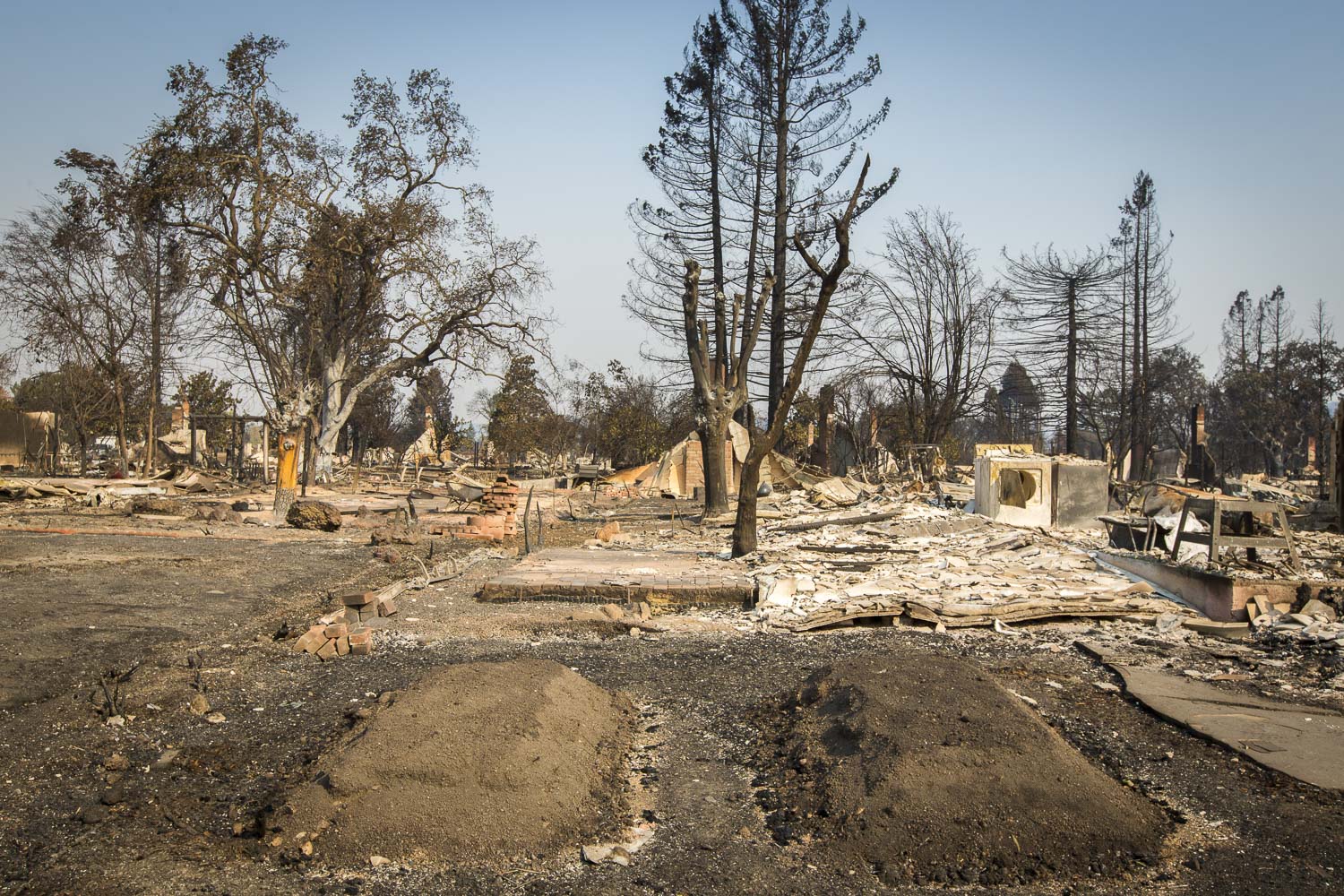

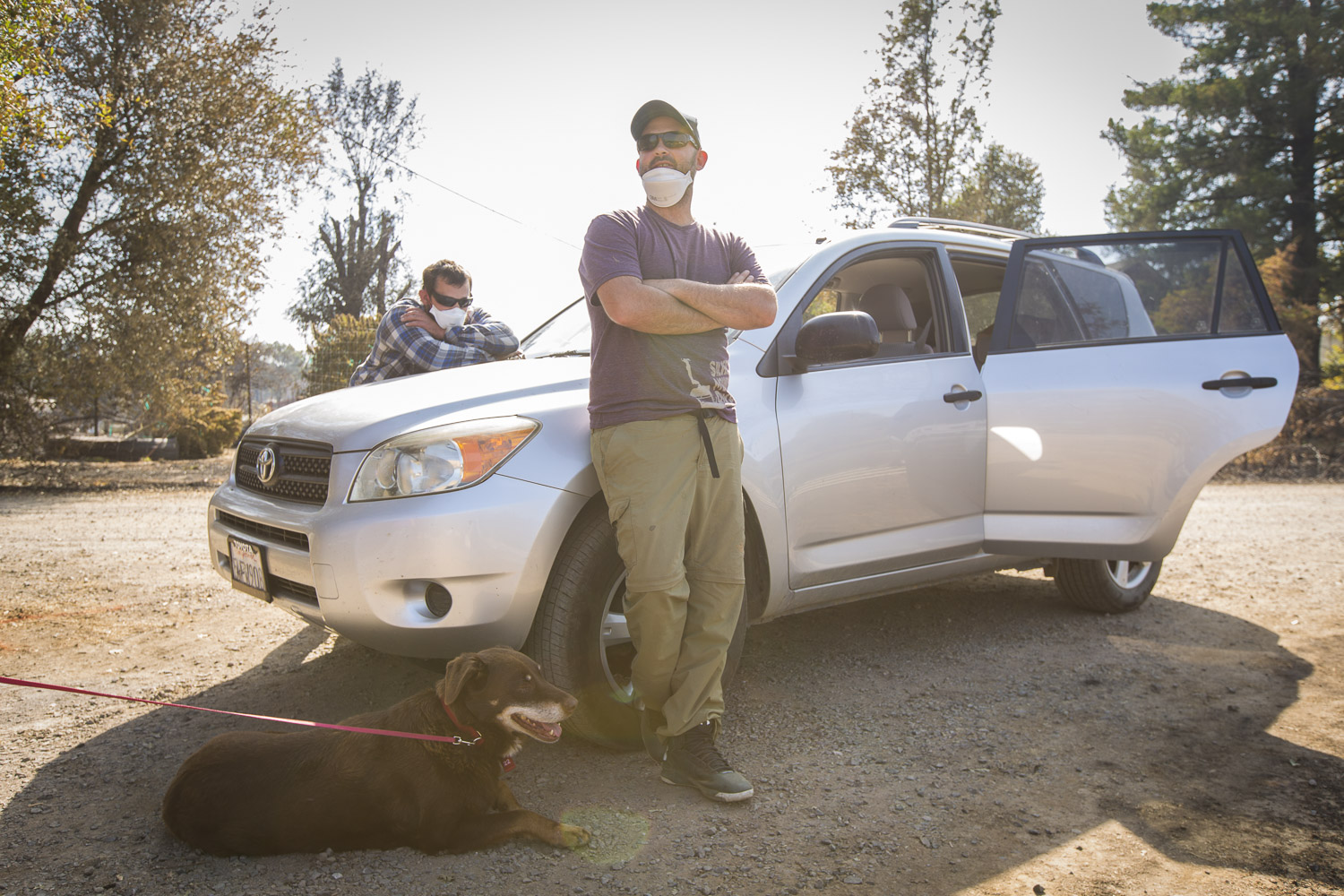
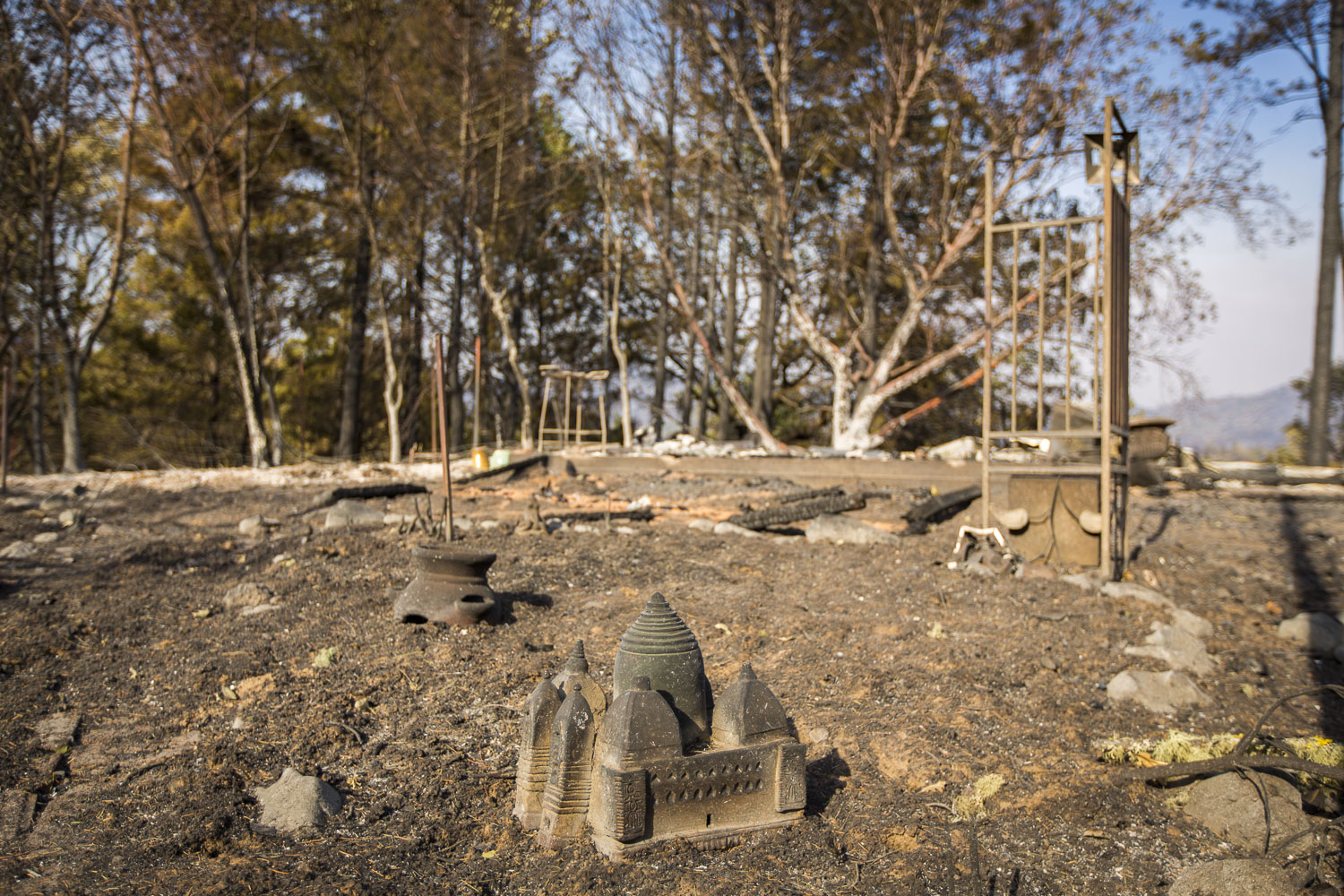
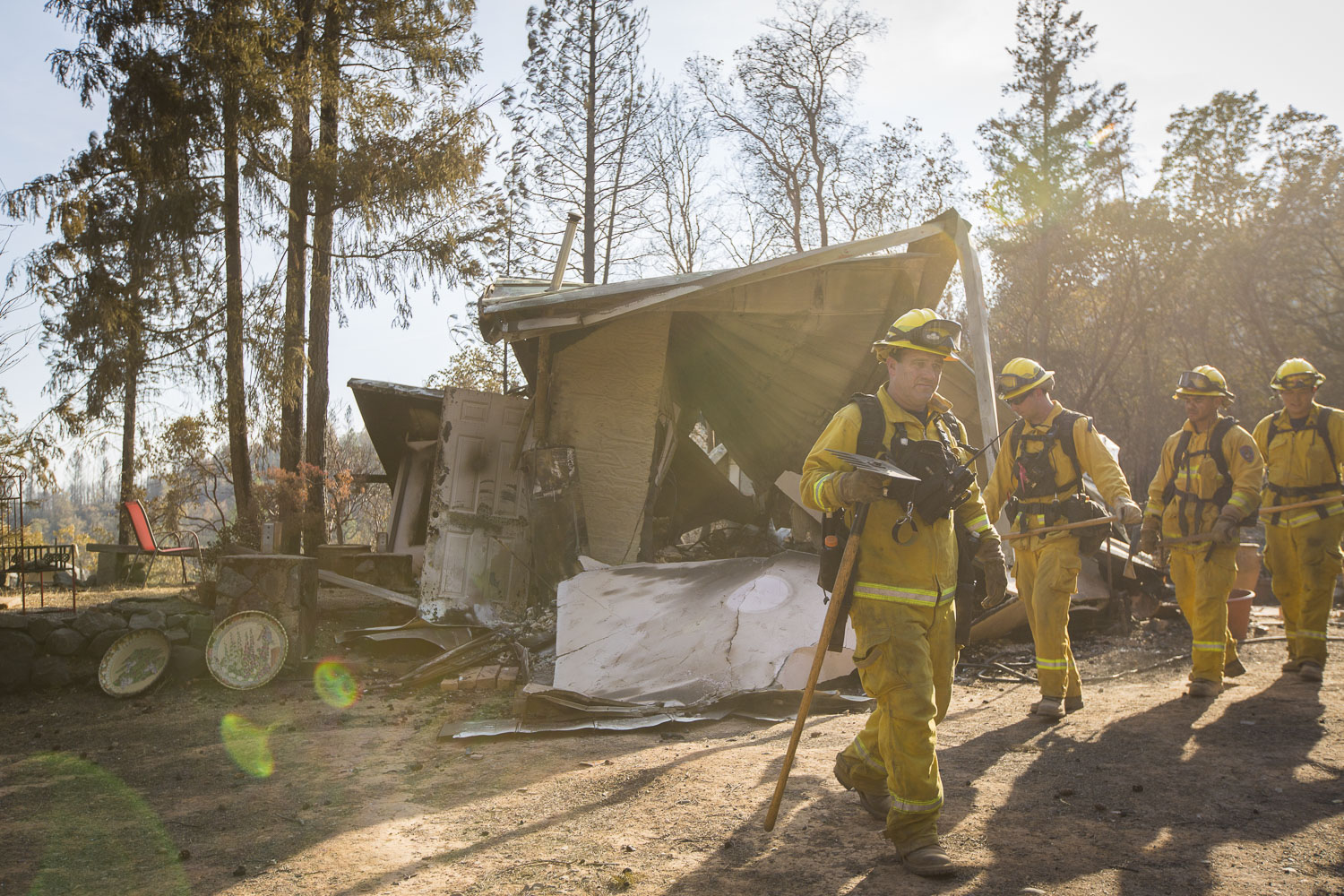
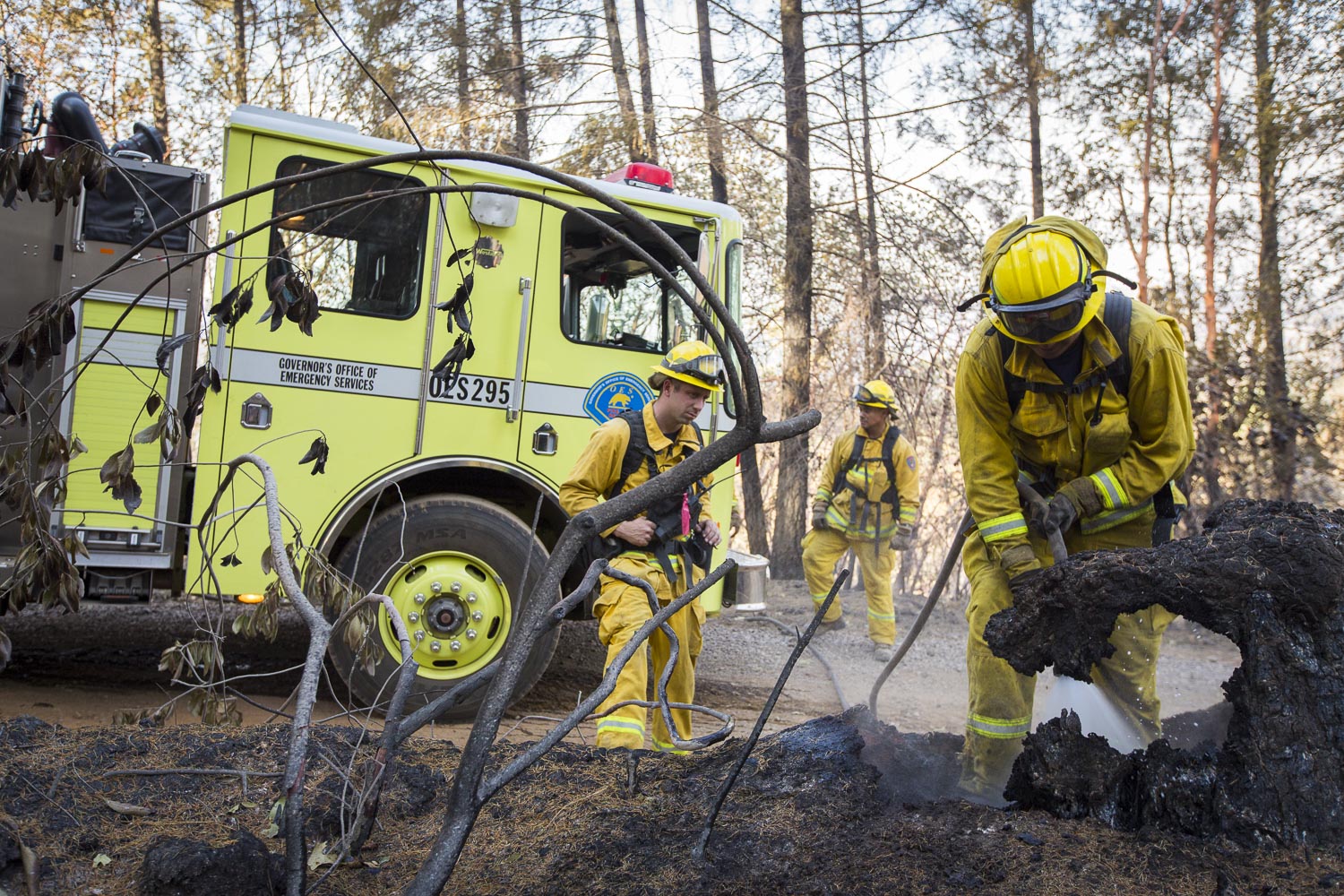

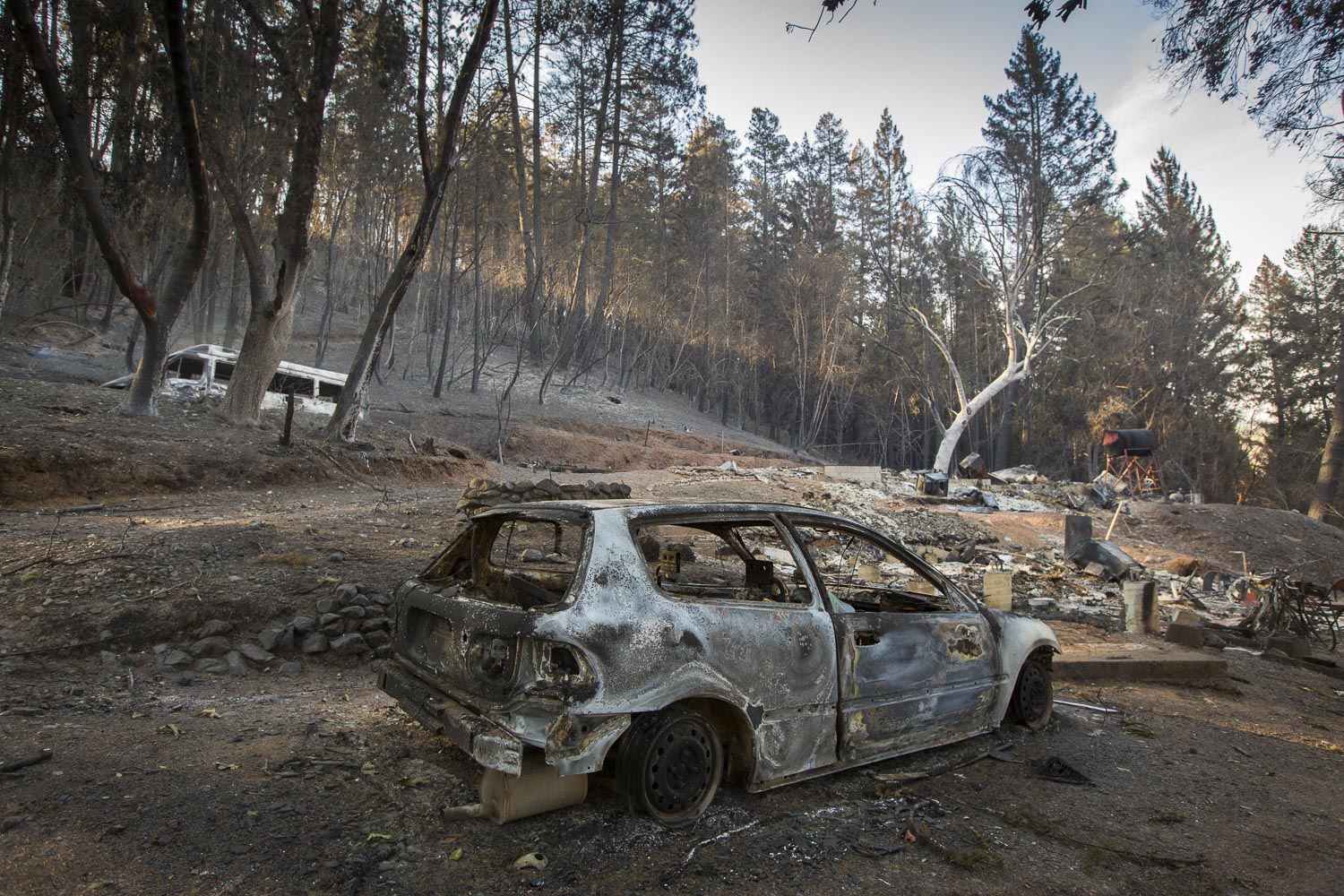
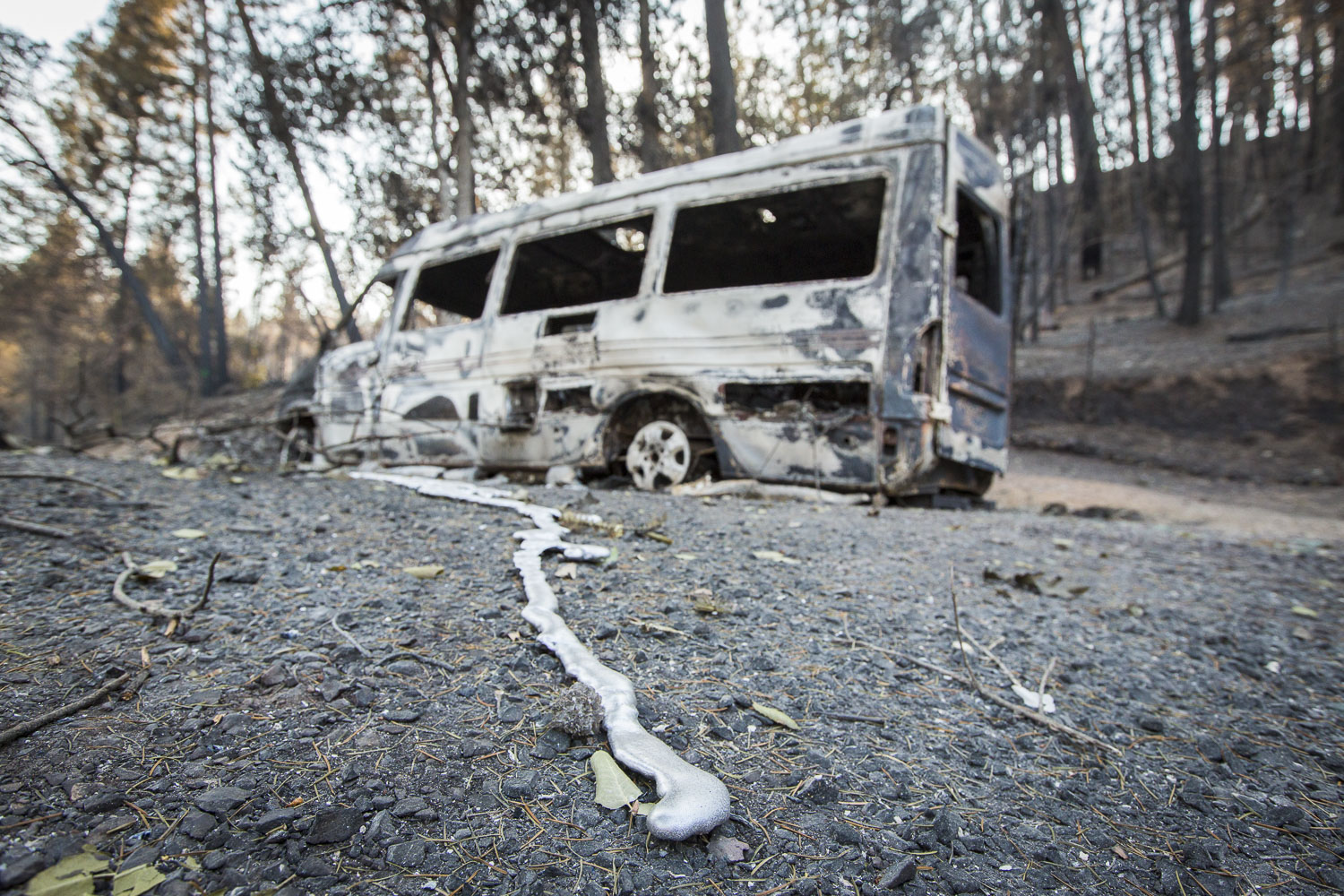
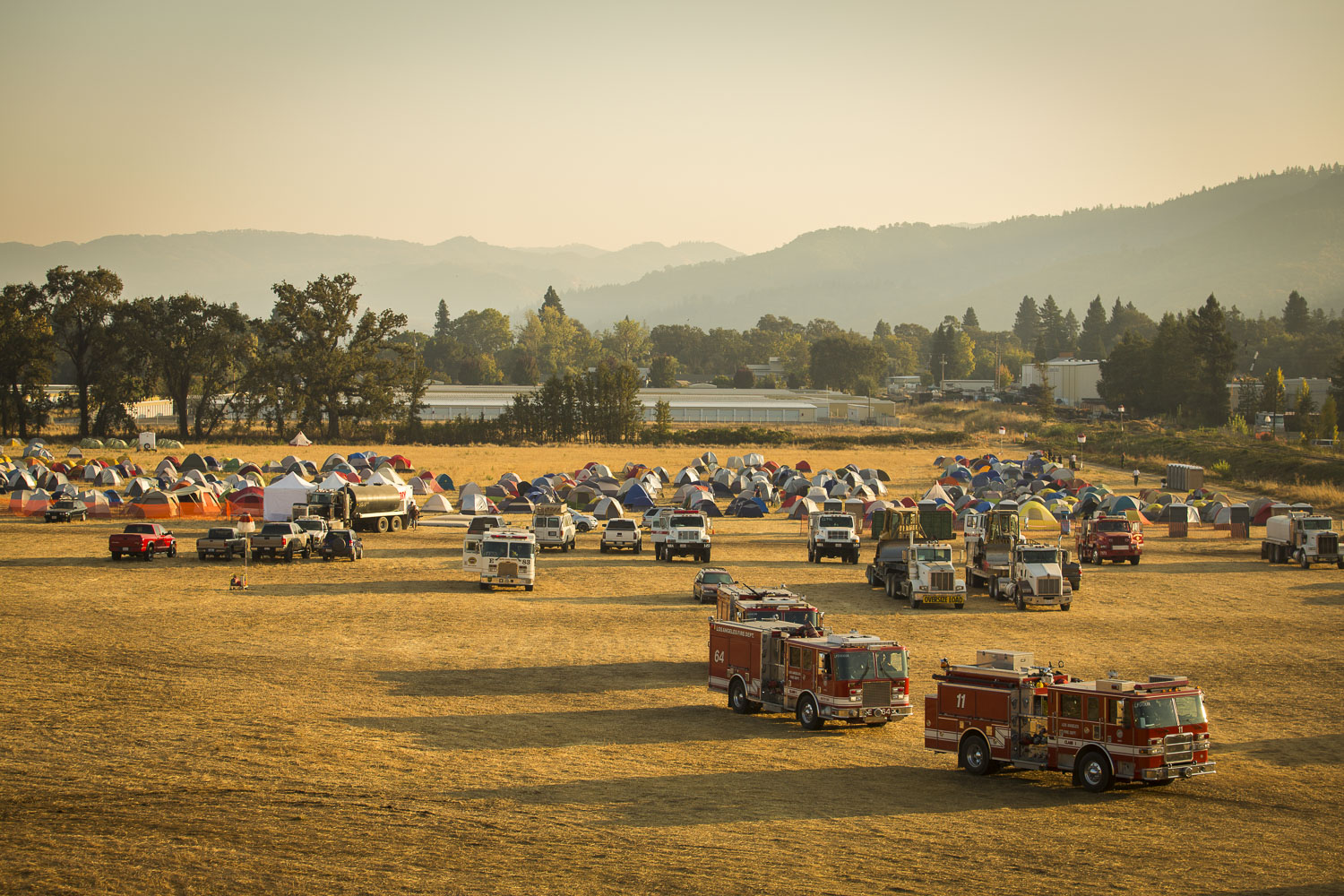
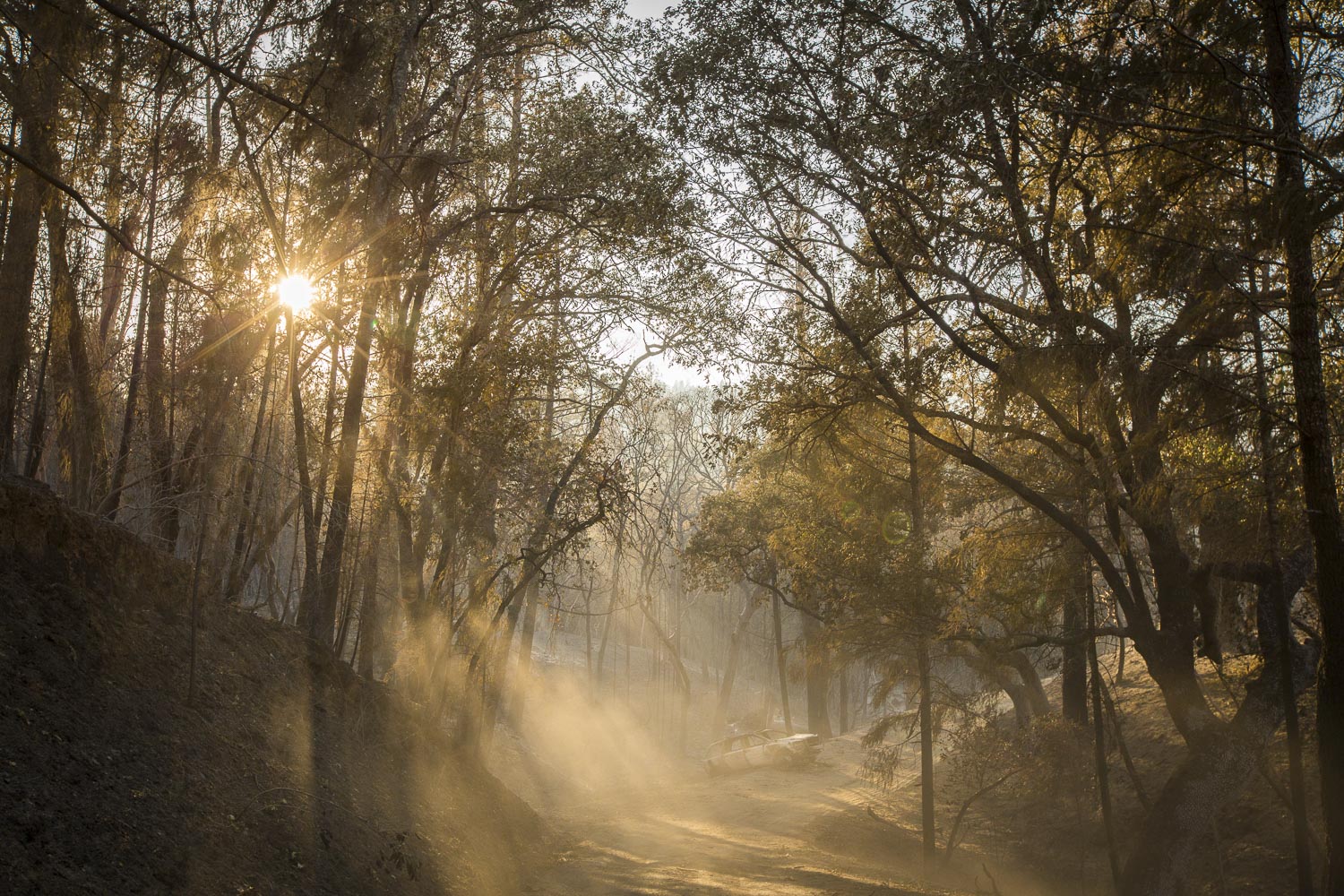
Right-wing rally at Berkeley's Martin Luther King Jr. Civic Center Park
It was a busy weekend here in the Bay Area, ending with a sometimes violent rally held at at the Martin Luther King Jr. Civic Center Park. The event began quietly and then quickly ramped up into violence. I avoided the main scrum and stayed around the edges. However, quite a bit of activity happened where I was stationed near Allston and MLK, where I made the photos below. 13 people were arrested, but thankfully nothing happened as tragic as what took place in Charlottesville a few weeks ago.
Protest coverage for the San Francisco Chronicle
Last week was busy in the Bay Area with multiple rallies and protests connected to the presidential inauguration. I was sent to cover two protests, both at or near Oakland City Hall on two separate days, for the San Francisco Chronicle.
As this was the same area that was exposed to rioting following the 2016 election, it was all-hands-on-deck. For the protest following the inauguration, photojournalists, myself included, would work in overlapping shifts that began at 7am in the morning and didn't end until 15 hours later. For those who've never experienced it, covering a large, all-day protest with the threat of possible violence in the evening required a bit of planning and mental preparation. Having covered the riots in Ferguson, Missouri, where I was shot in the arm with a "non-lethal" projectile and sucked up plenty of CS gas, I made sure my ducks were in a row: putting the flak vest and helmet into my car, as well as making sure I had a fresh respirator cartridge in my gas mask.
While covering Ferguson, I learned an important lesson. I had bought a gas mask from local Army surplus store the day after my first night of coverage where I found out just how nasty CS gas is. Like clockwork, gas came again the next night. It was only then I learned that filter cartridges have expiration dates. Whoopsy! Luckily, things didn't progress in that direction in Oakland this time around. After all was said and done, I think only three people were arrested out of a march of thousands, which I've learned is apparently very tame by Oakland standards.
By the way, I'm totally great with tame protests. Imagine looking for moments to photograph while simultaneously keeping an eye open for anarchists looking to punch me, or grab my camera, while carrying about 30 pounds of gear following four hours of marching. It's a lot to think about.
The images I've included in this post aren't necessarily the most storytelling or dramatic, just my favorites from the last couple of weeks. Enjoy!
On Assignment: Cafe Annie for The Wall Street Journal
Some outtakes from a recent assignment for the Wall Street Journal on how Texas is now a drag on the US economy.
Bon appetite!



